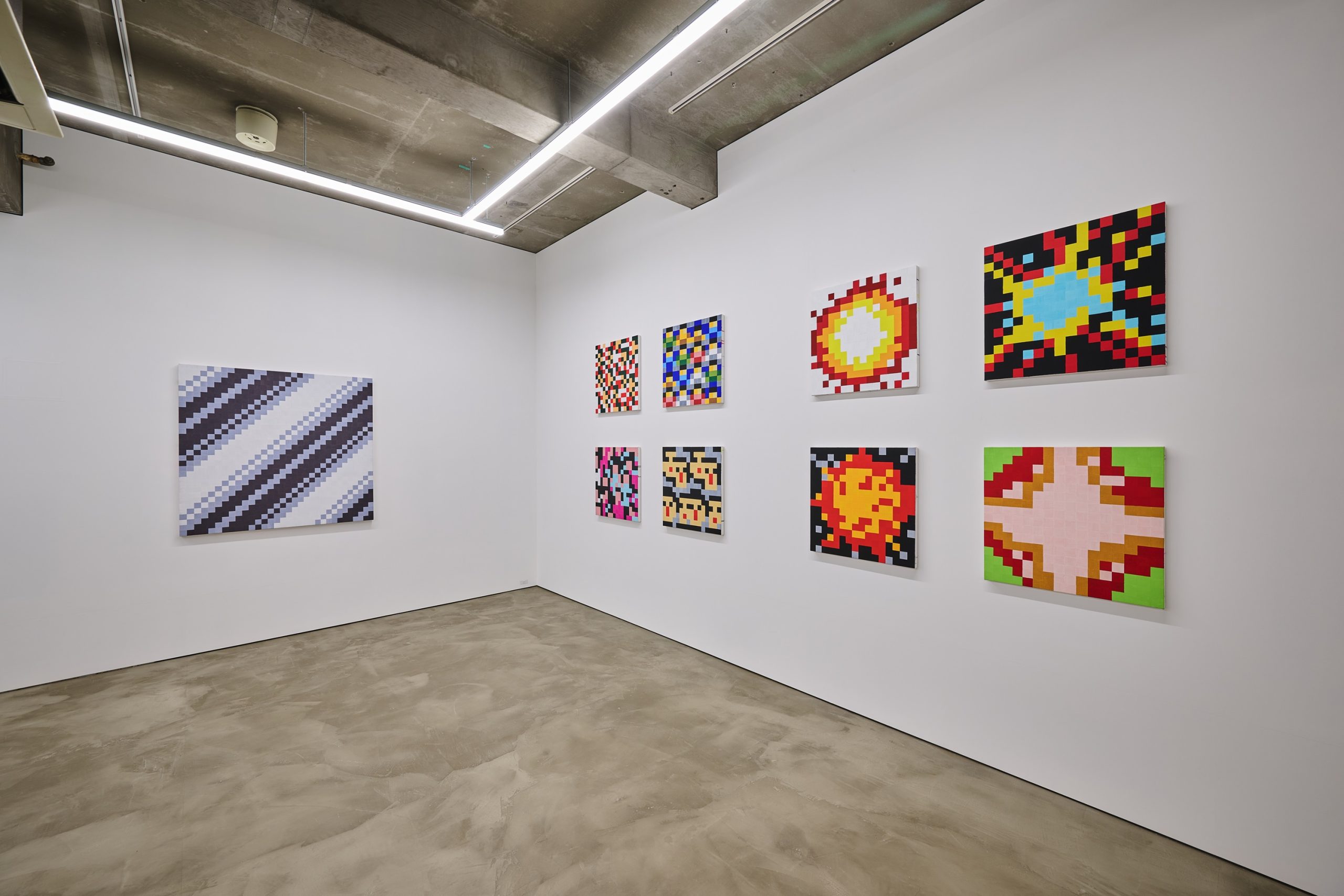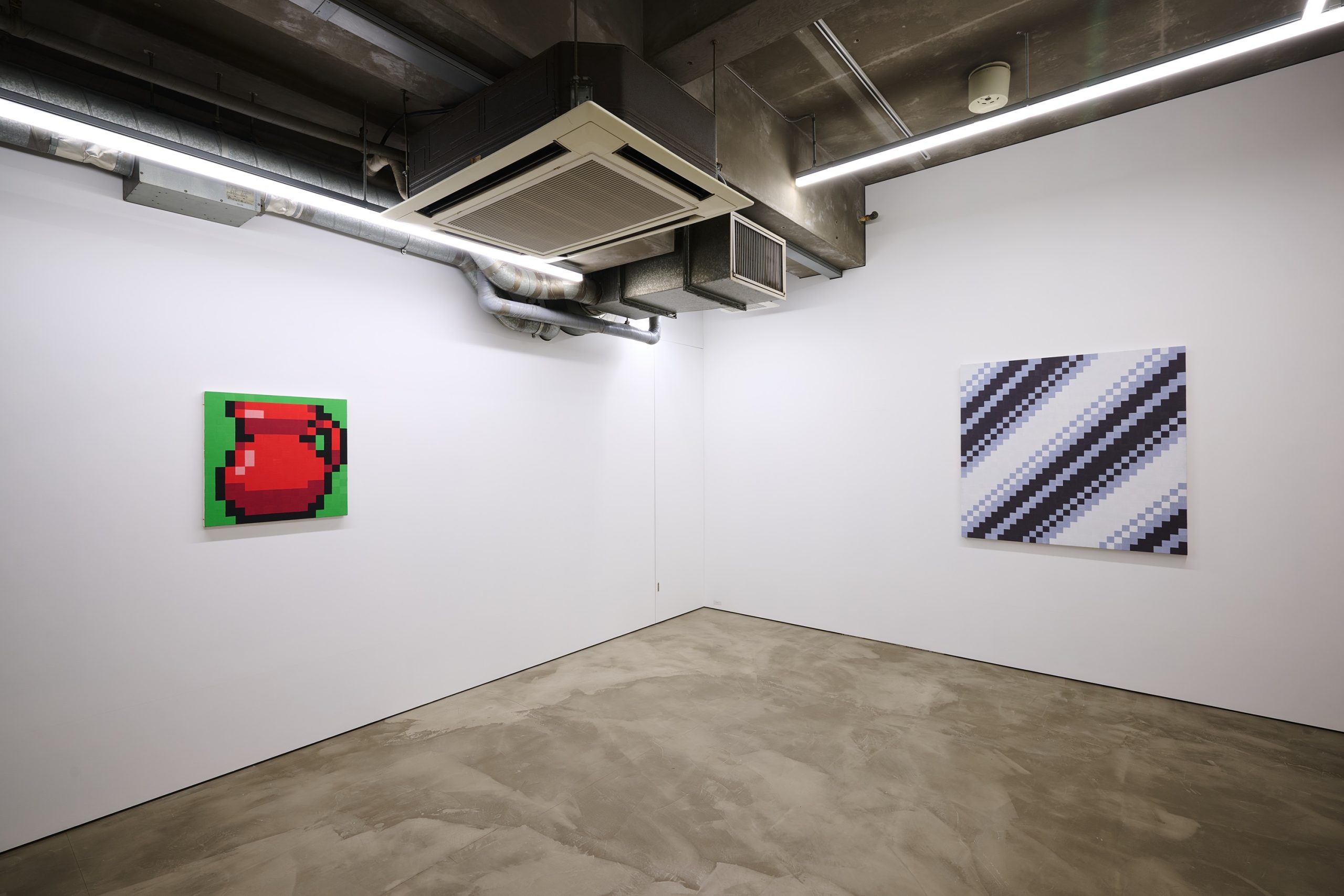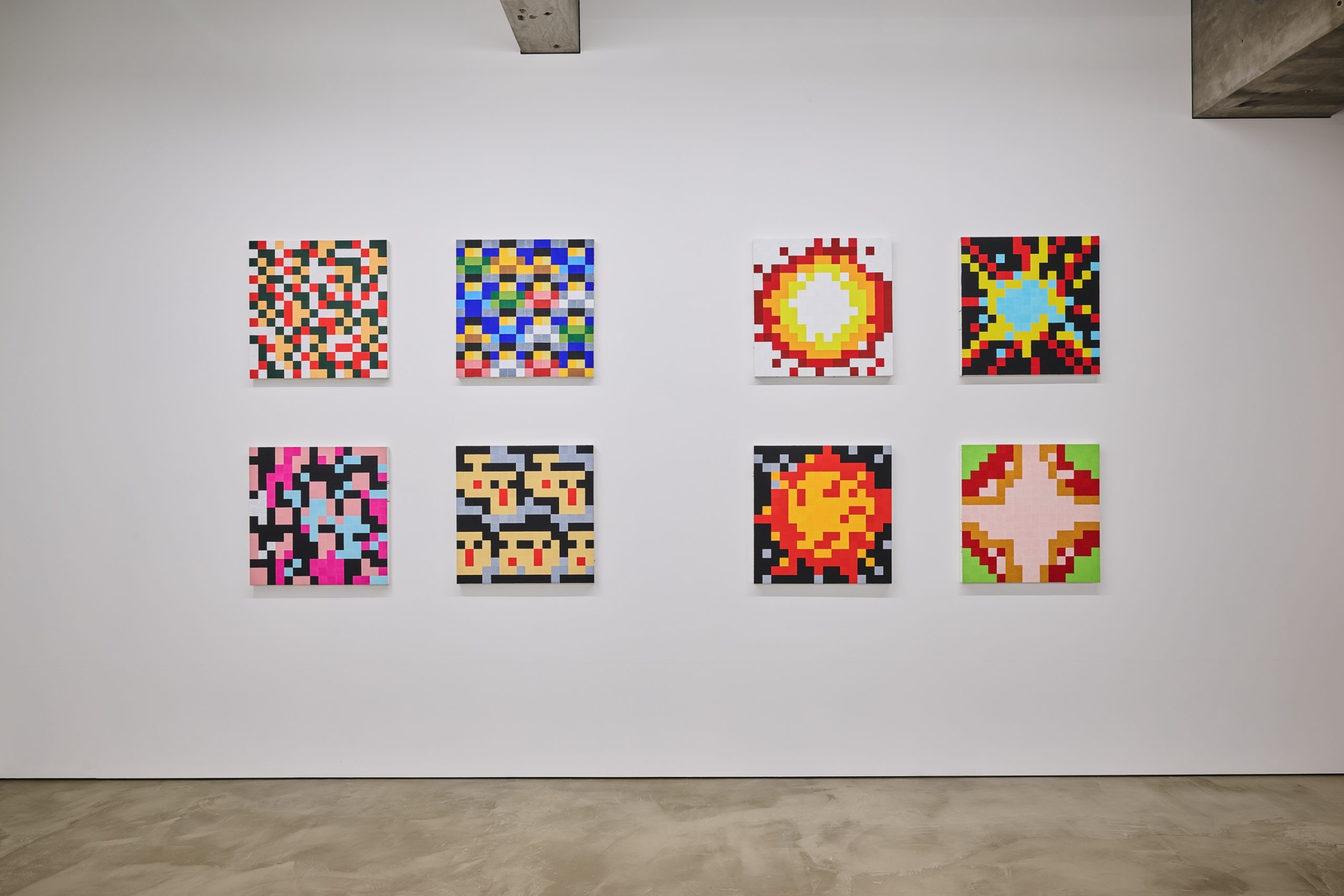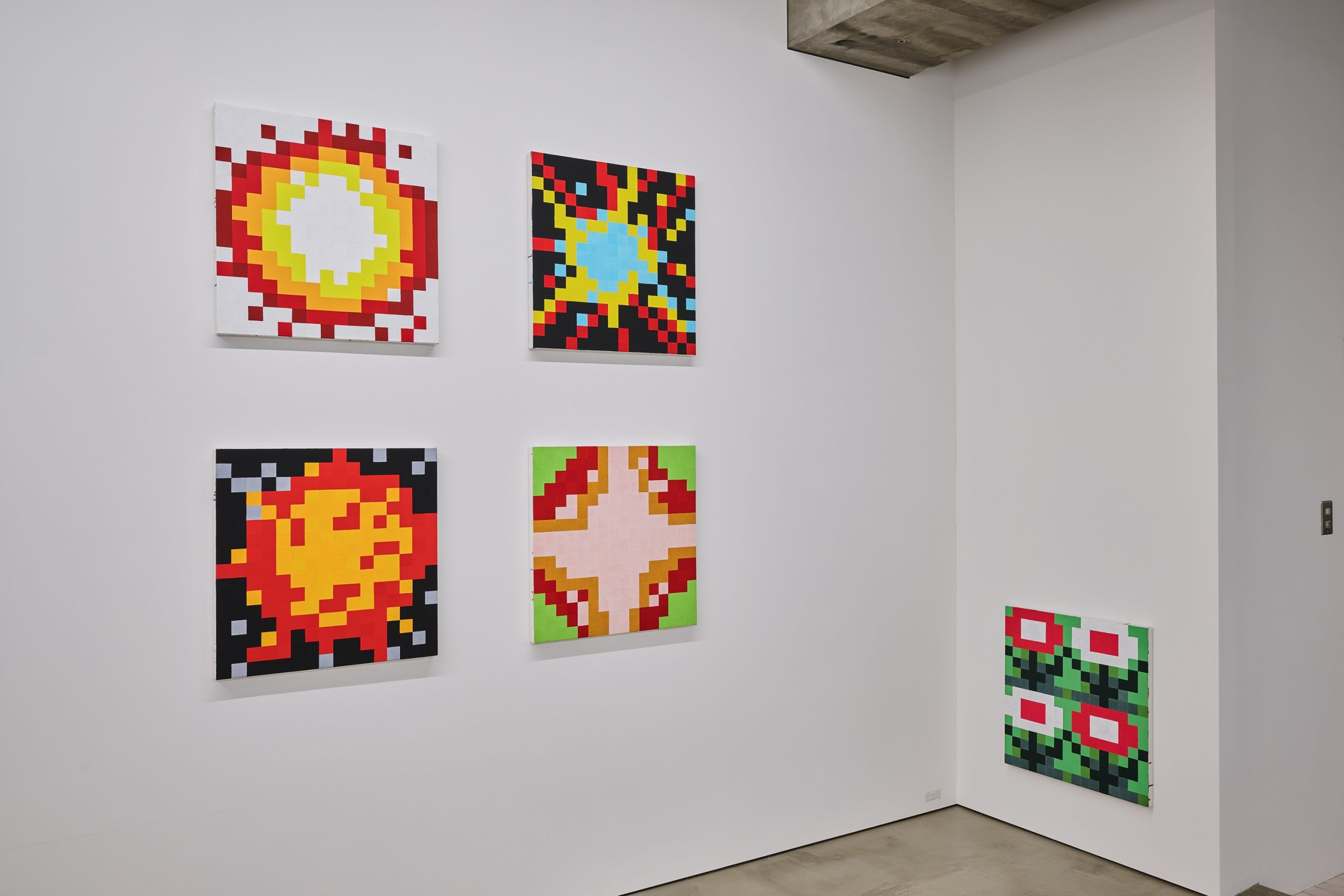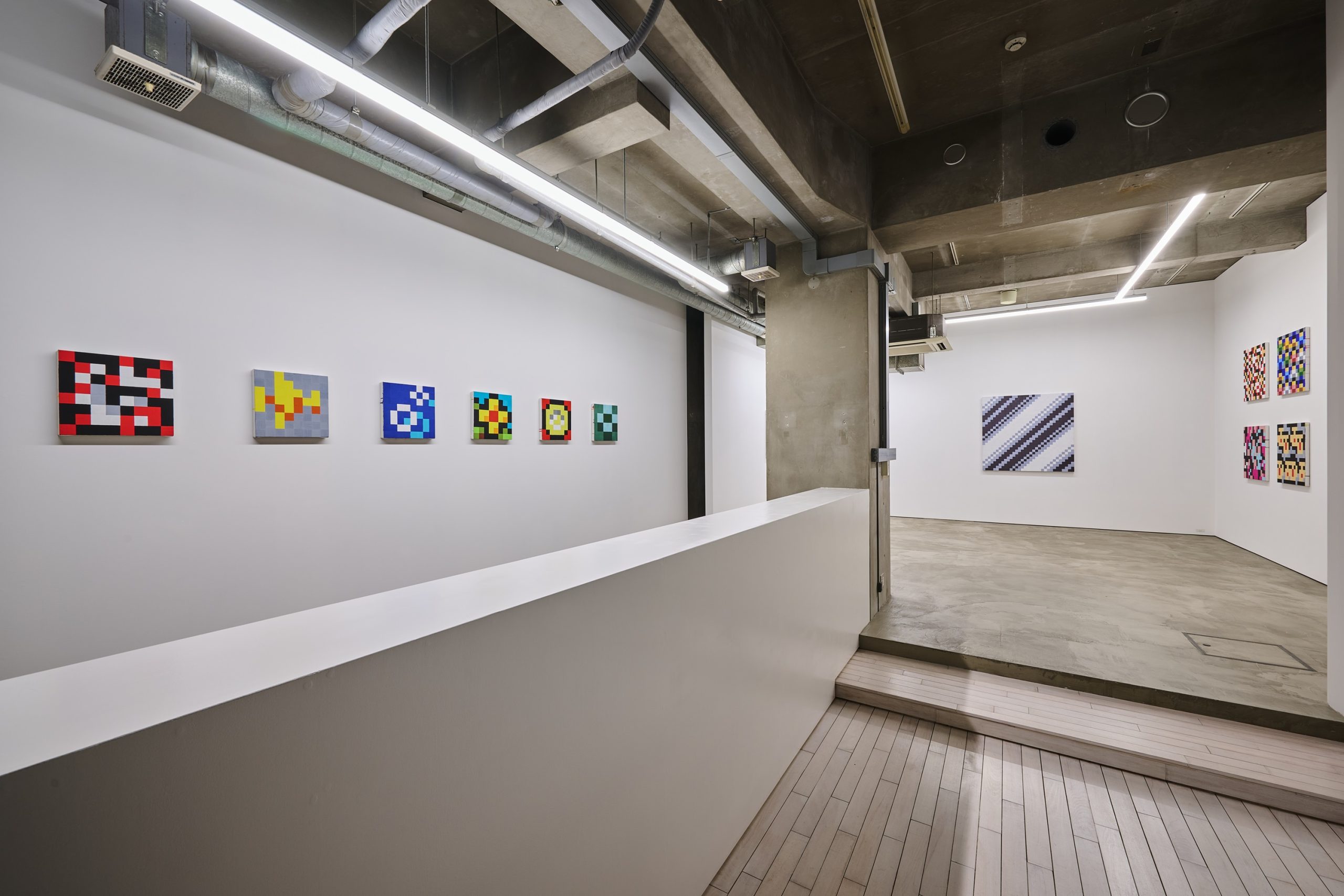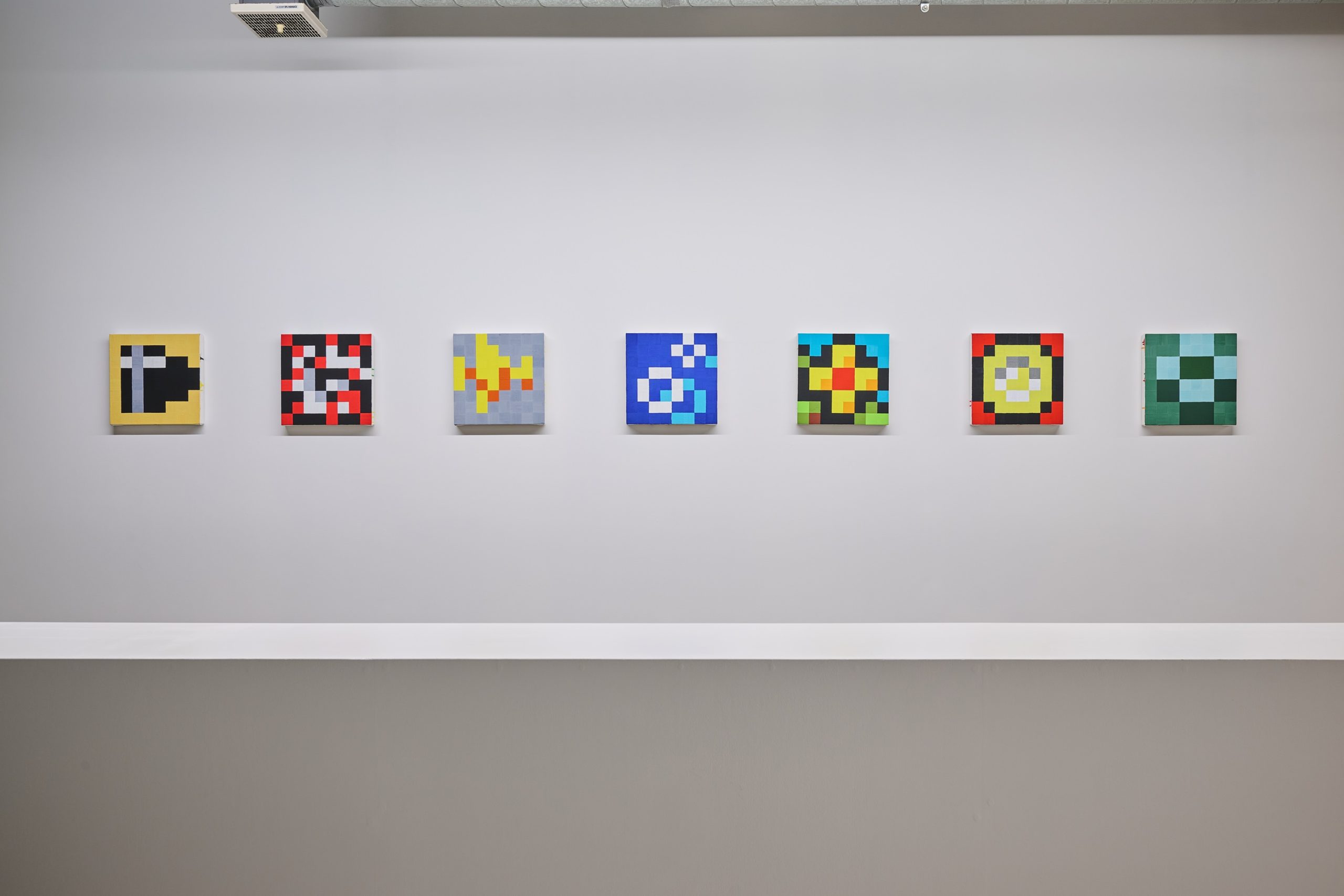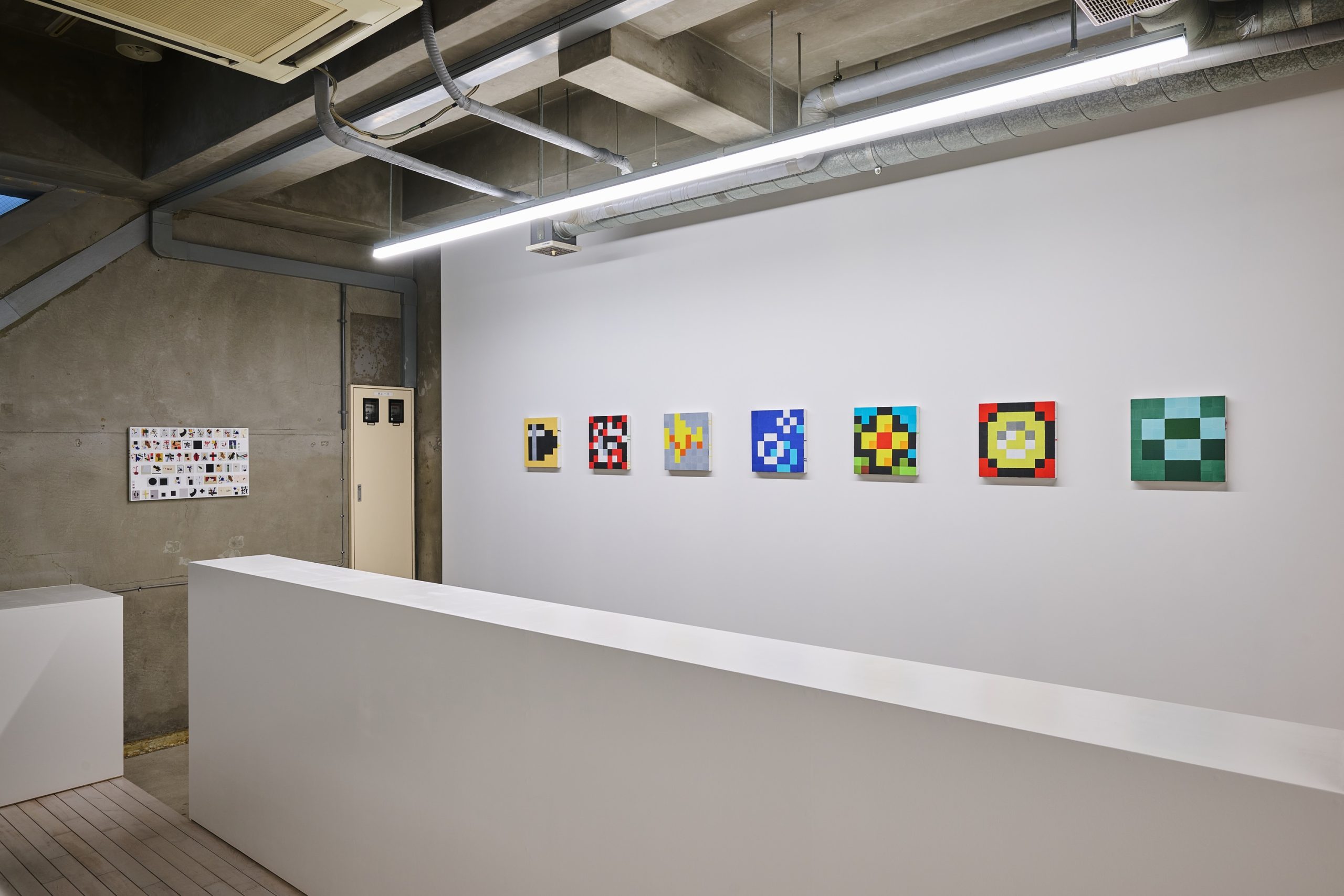News
Yuka HOTTA : Te e bu lu
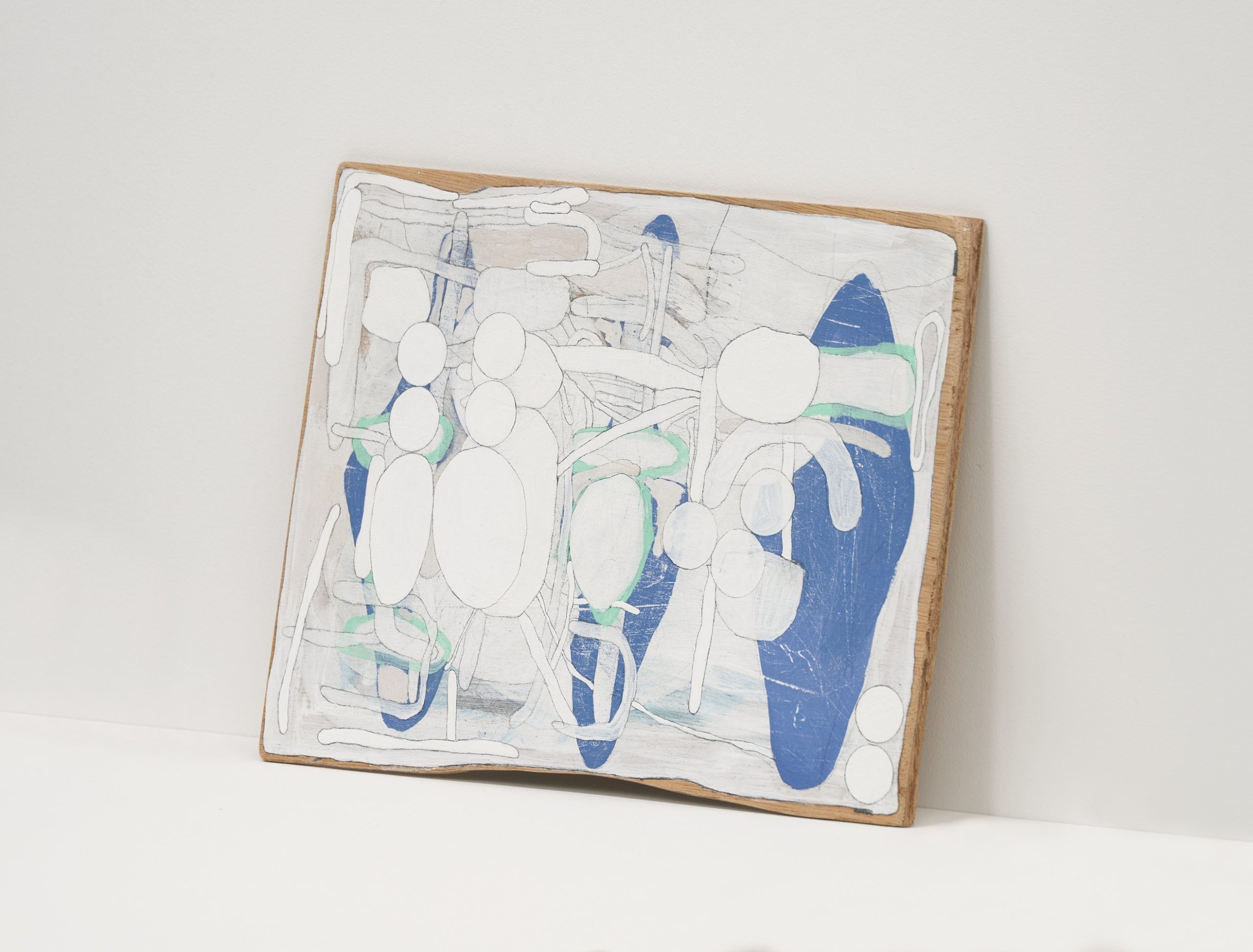
C-155
2025
Acrylic, pencil, gesso, plywood
27.6 x 36.6 x 0.5 cm
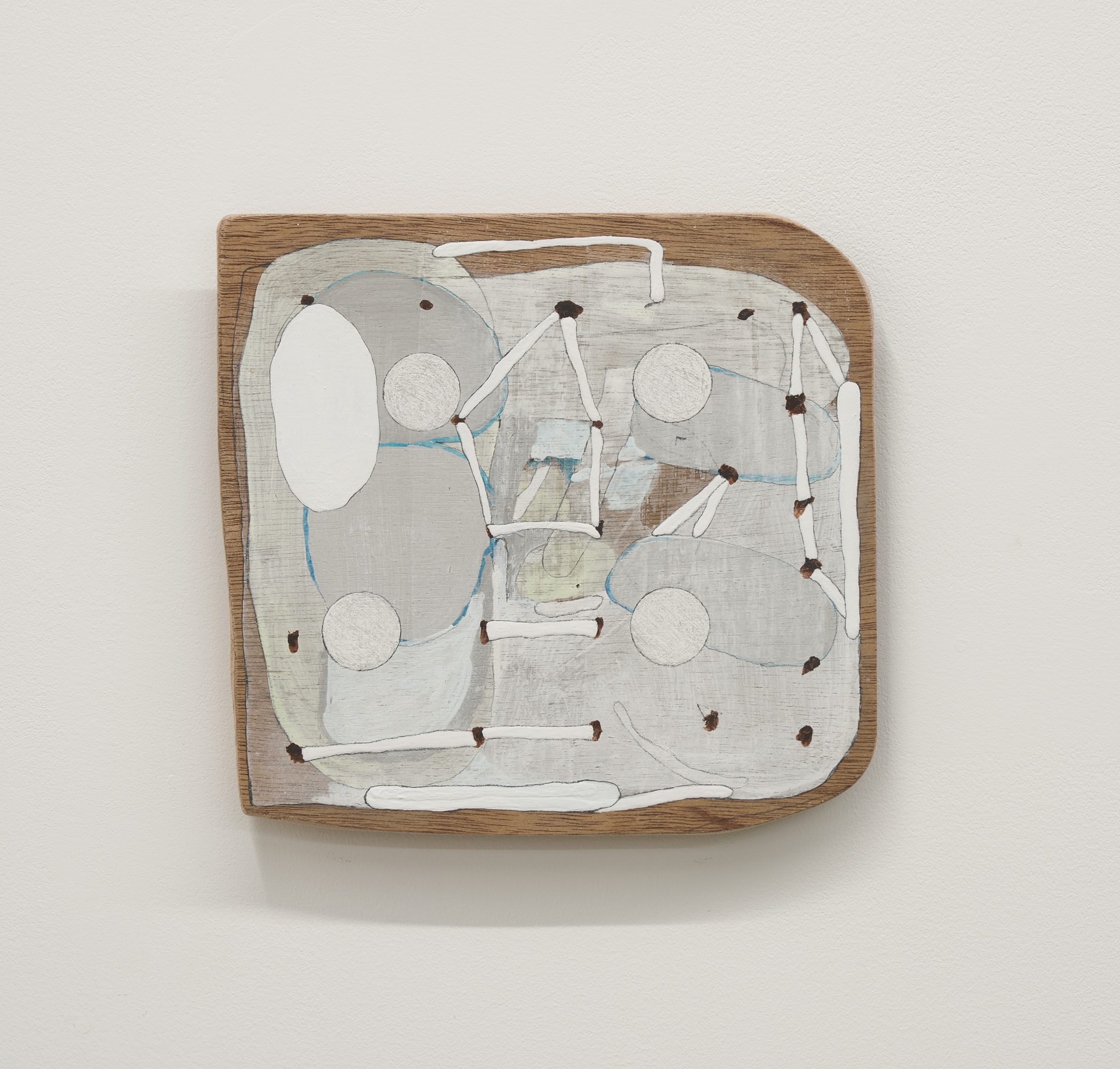
C-156
2025
Acrylic, pencil, gesso, plywood, wood
22.7 x 24 x 2.4 cm
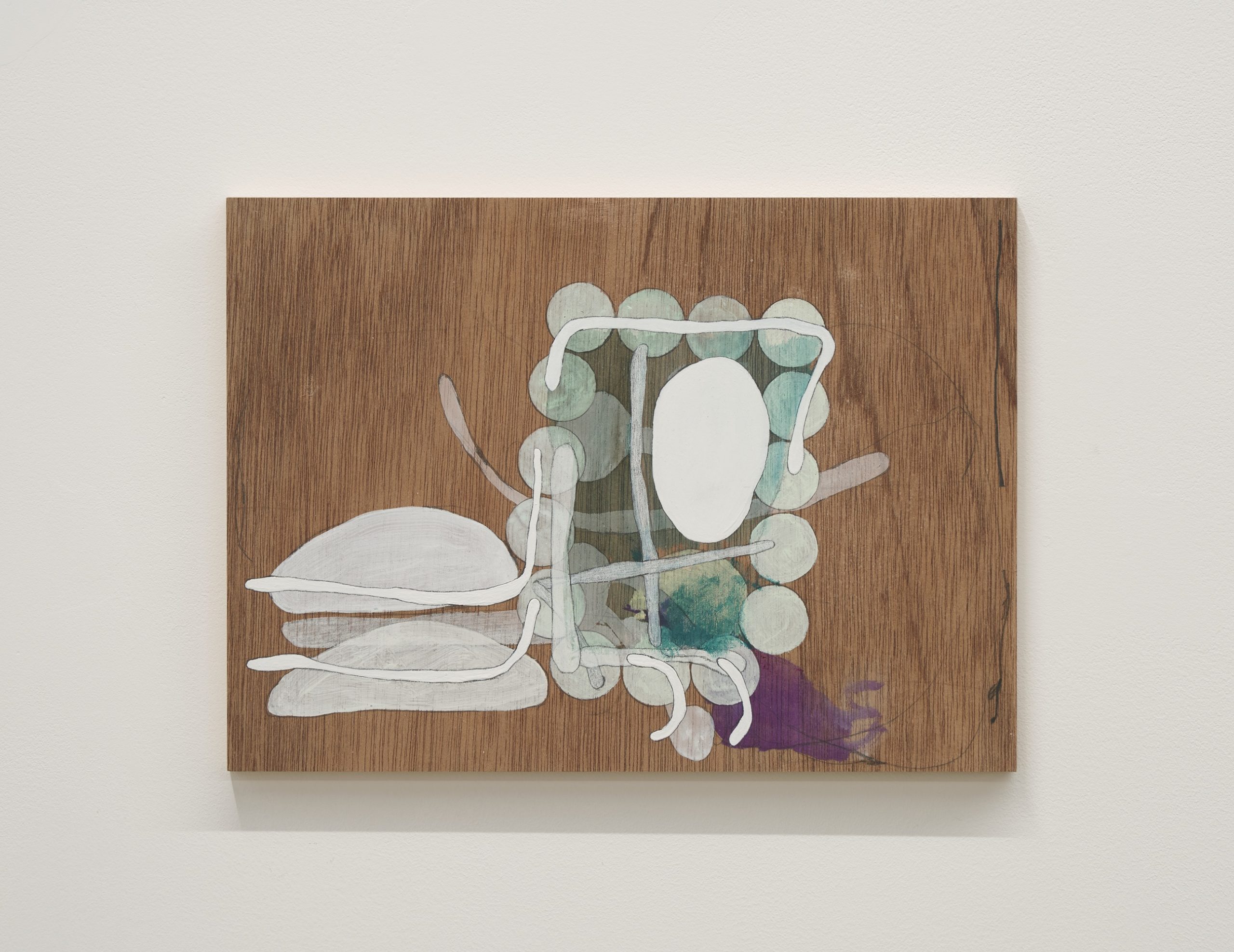
C-157
2025
Acrylic, pencil, gesso, panel
24.2 x 33.3 x 1.6 cm
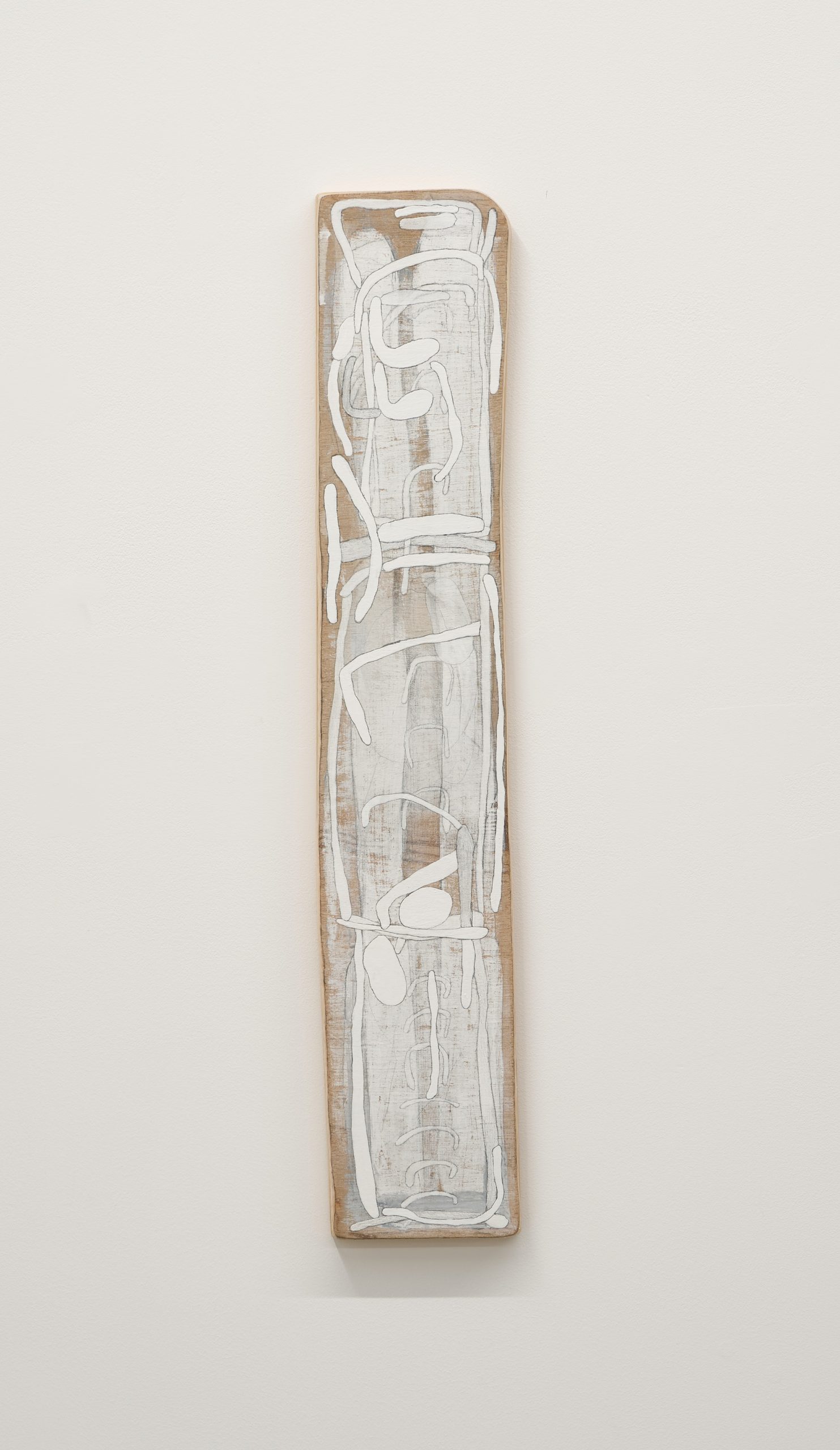
C-154
2025
Acrylic, pencil, gesso, plywood, wood
68.2 x 12.8 x 2.2 cm
Yuka HOTTA
Born 1999 in Aichi, Japan. With painting as her starting point, Hotta’s creation is centered around drawings and installations. In her recent works, she has experimented to use diverse media as intermediaries to produce drawings and incorporated printing as a method of expression.
Recent shows include Kobe Rokko Meets Art 2024 beyond (group, 2024), Patterns and Distance (group, Maki Fine Arts, 2024), act. Inframince (group, OGUMAG, 2024), a hue and cry. (curated by LI JINGWEN, group, Paichyu, 2024), BUG SCHOOL:Let’s Move Our Body! (group, BUG, 2023), Karadesu (solo, APdonou, 2023), pppractice (solo, Flat River Gallery, 2023), Non-exist Joints (solo, Kameido Art Center, 2023), Uraraka Painting Festival (group, The 5th Floor, 2023).
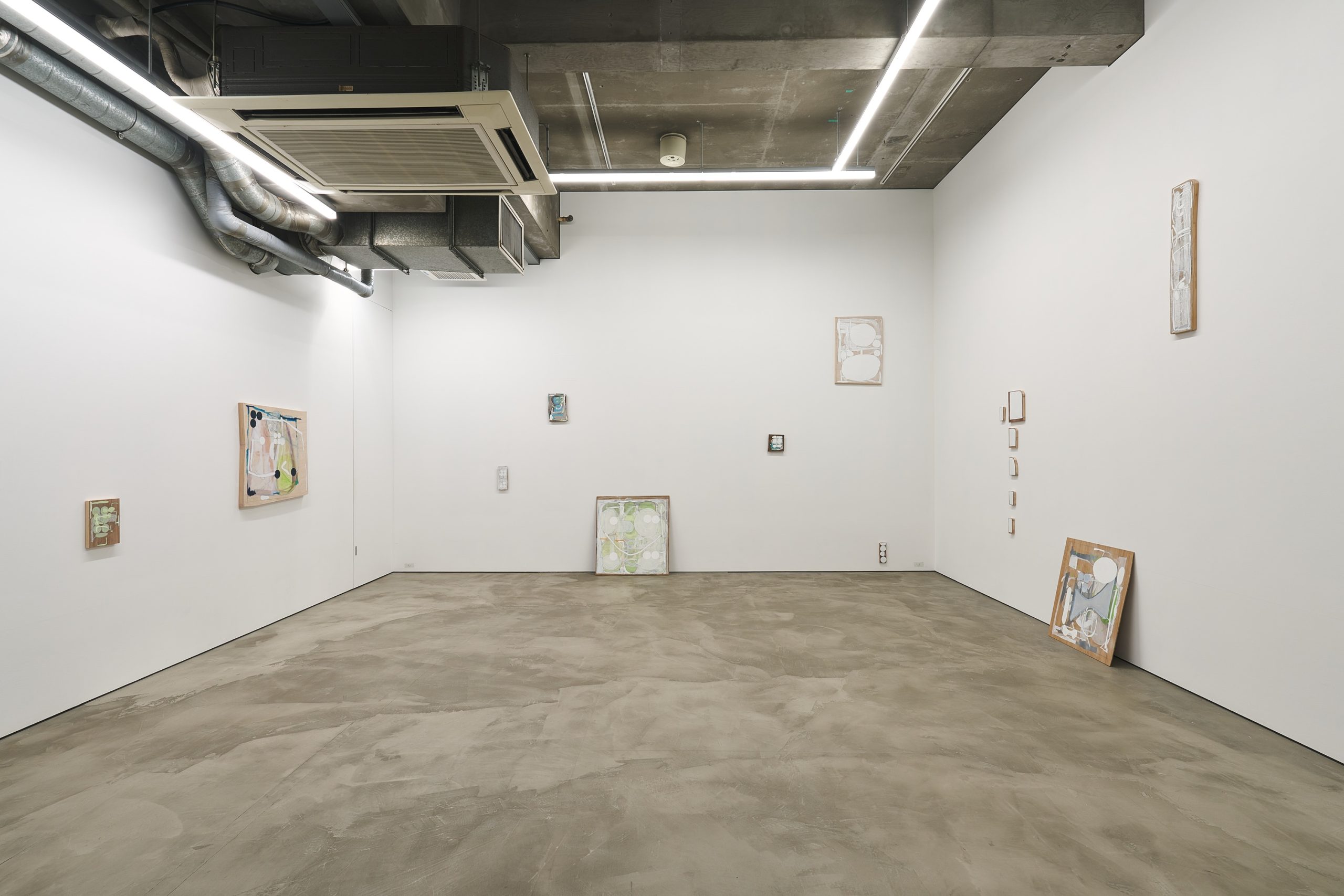
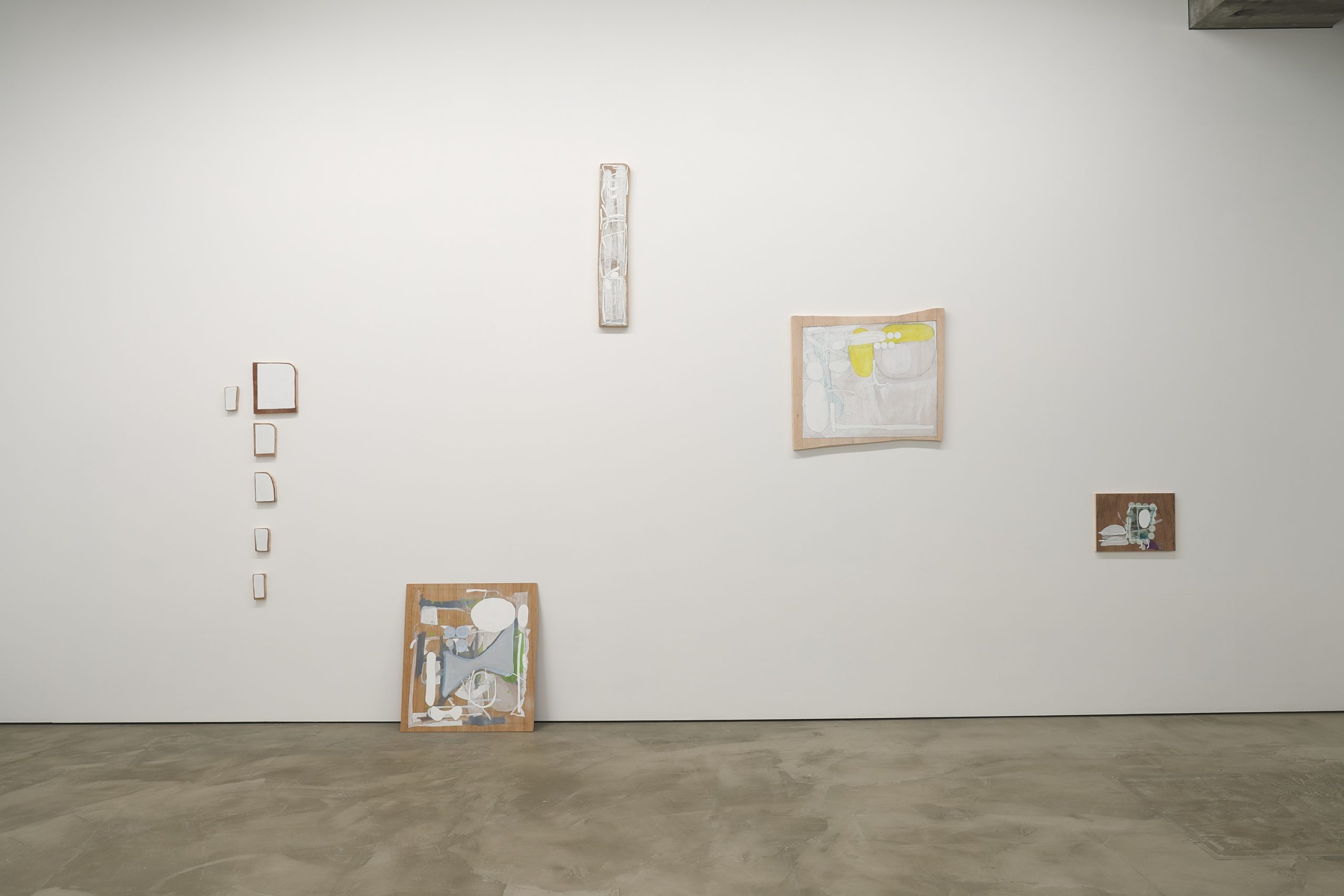
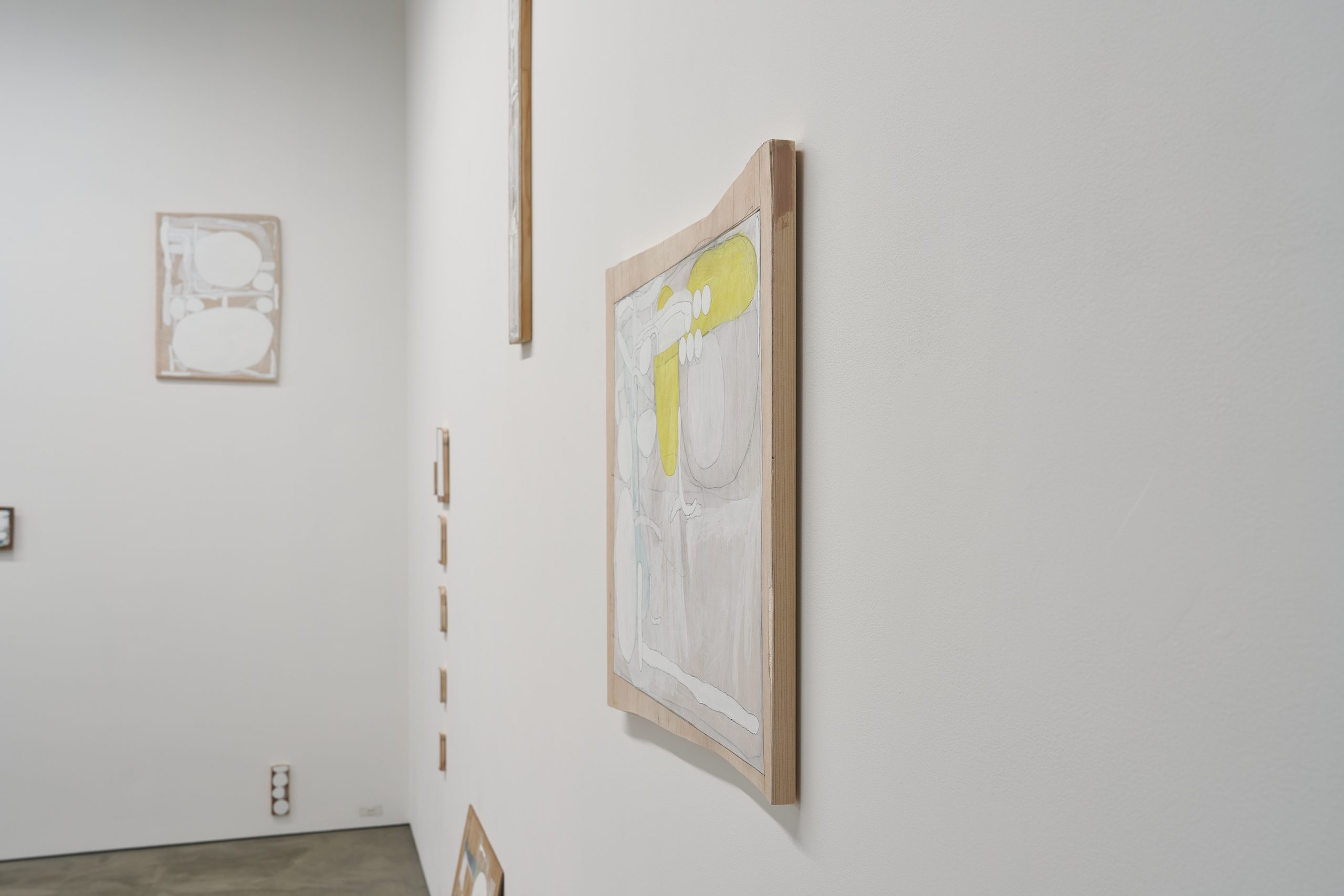
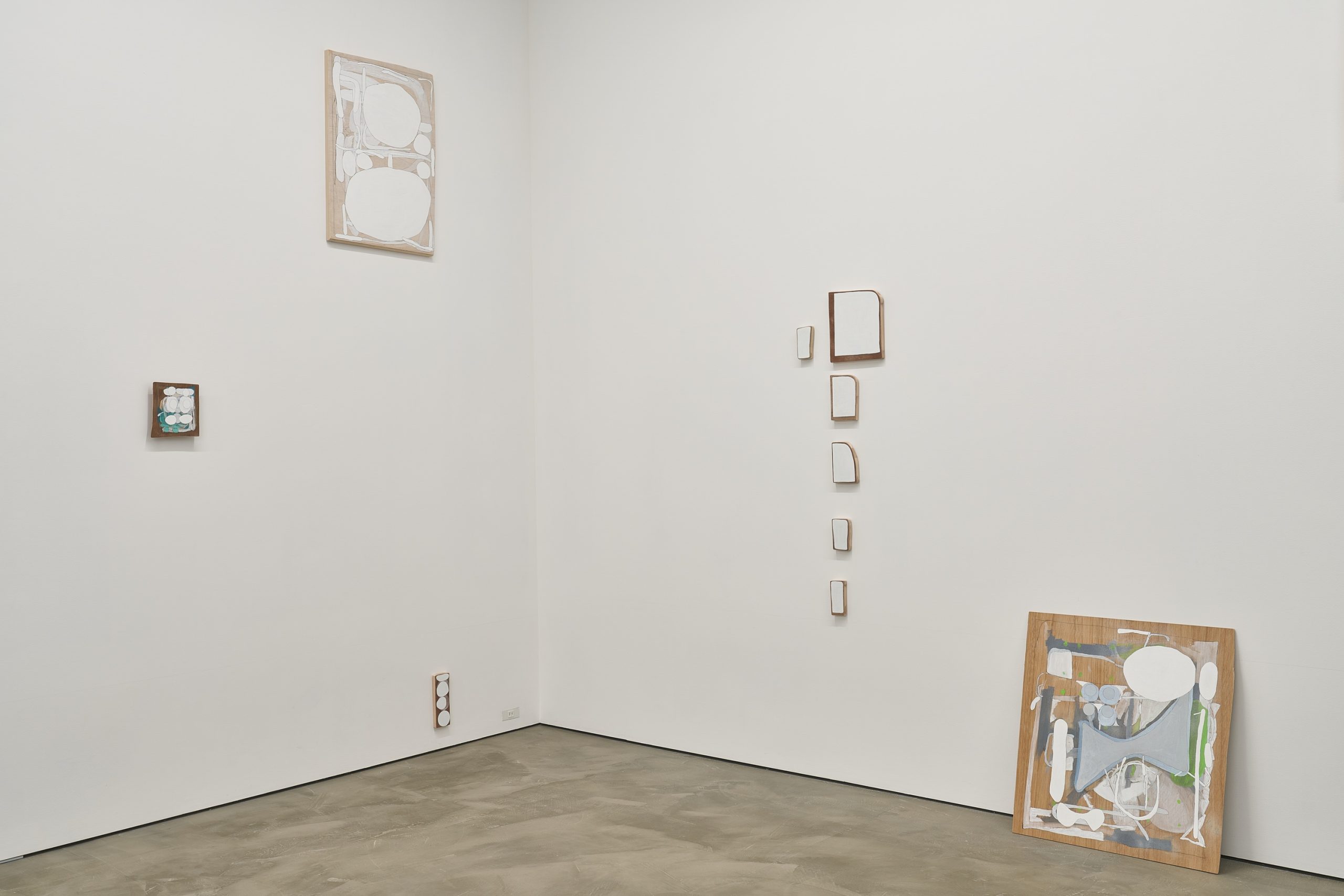
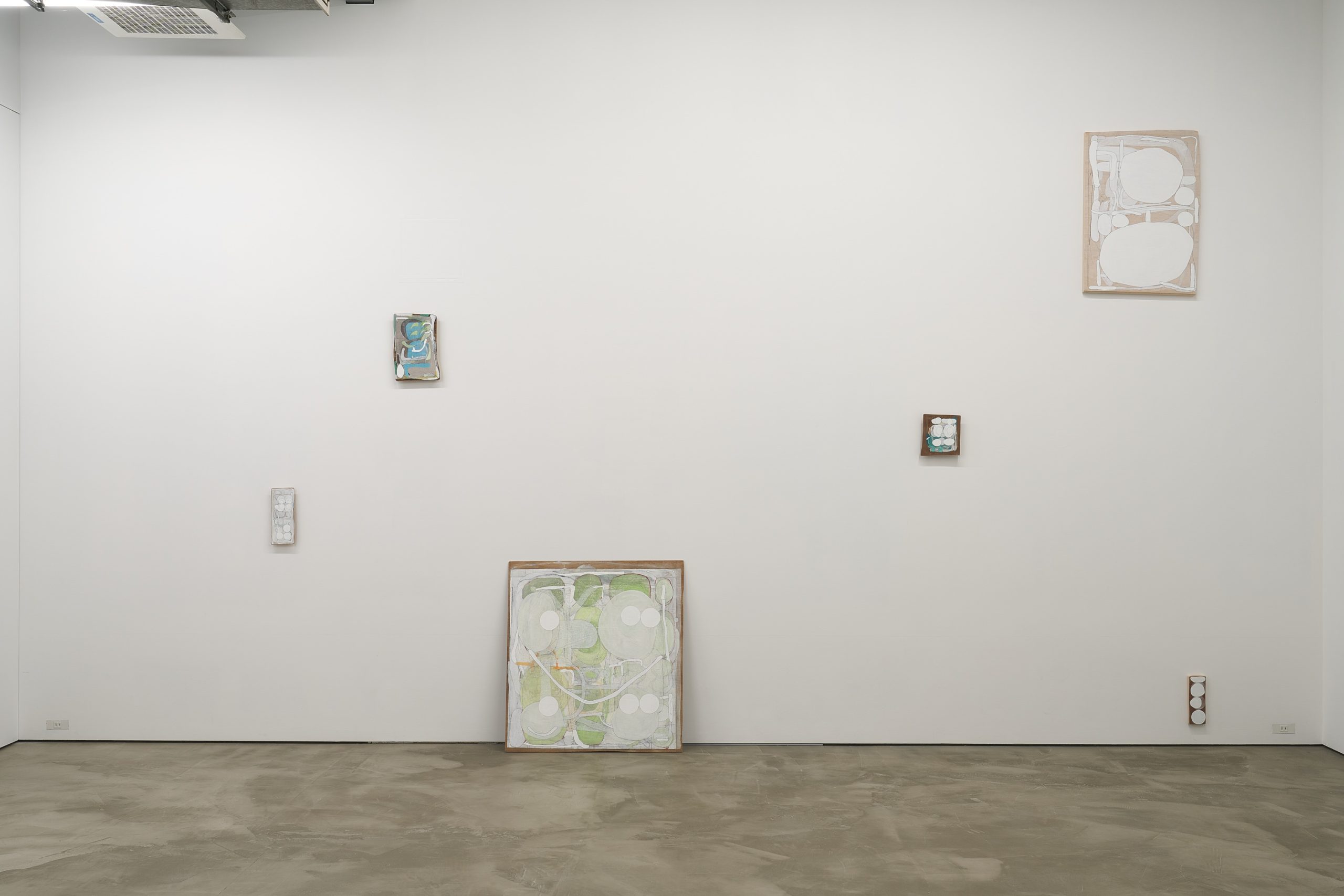
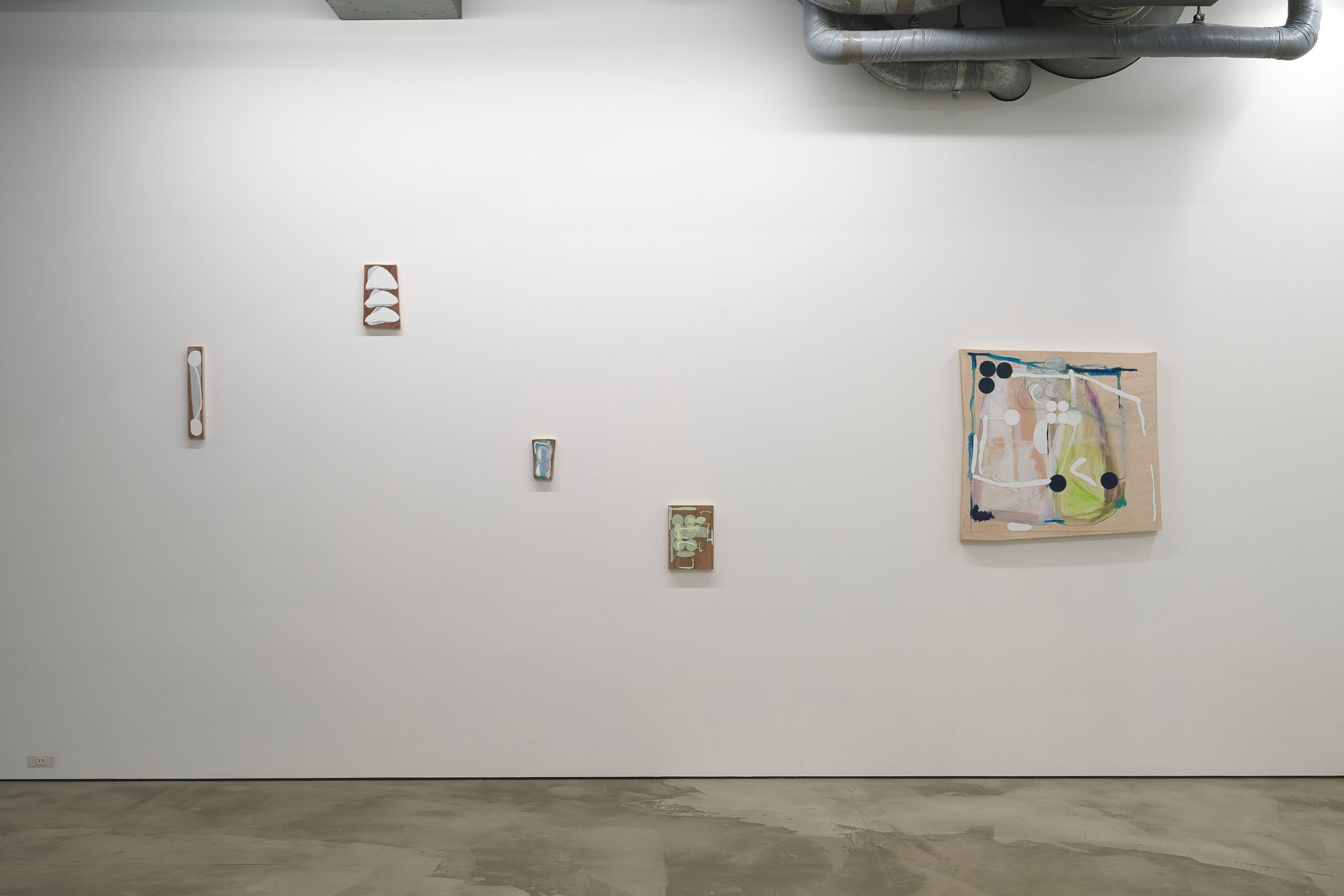
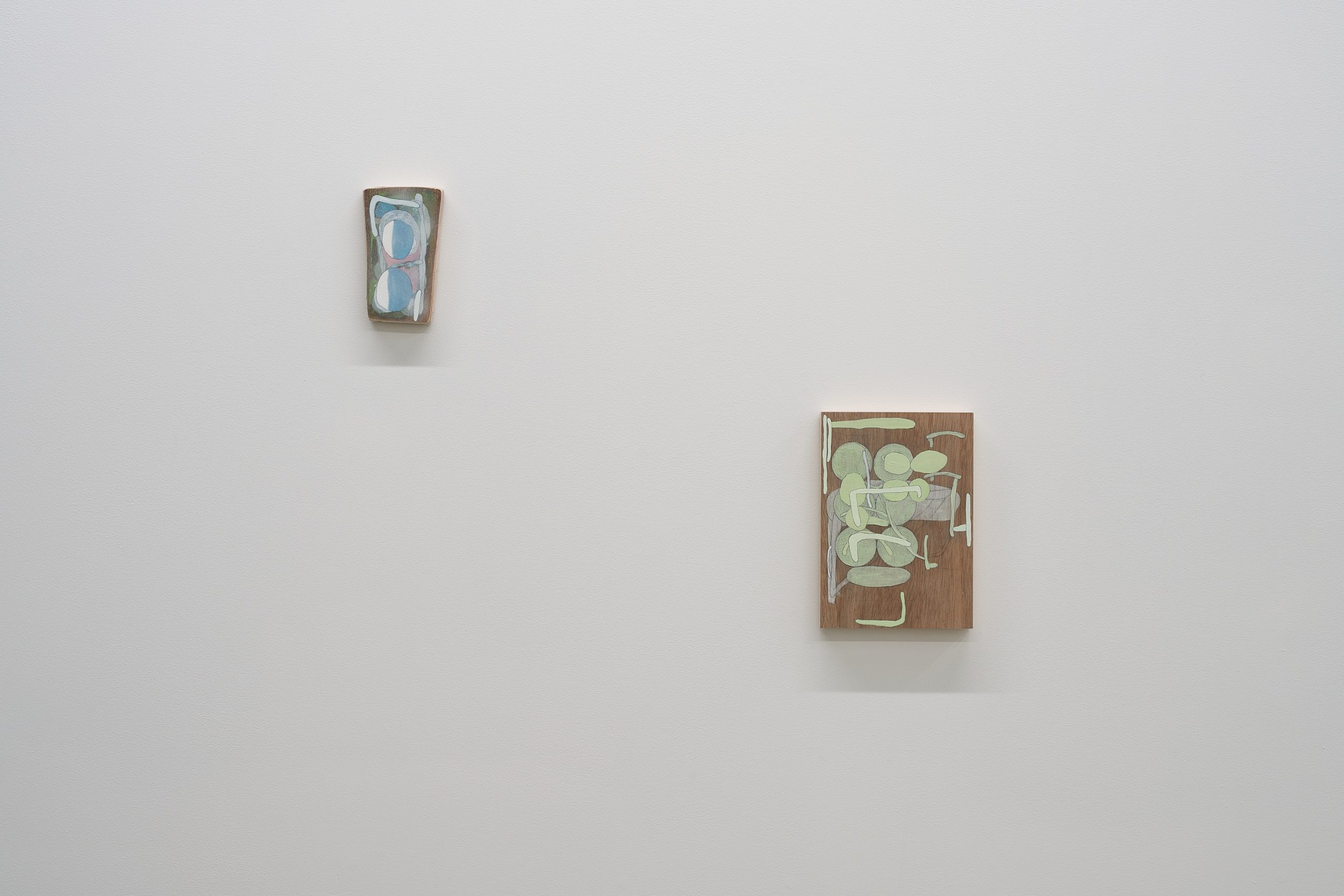
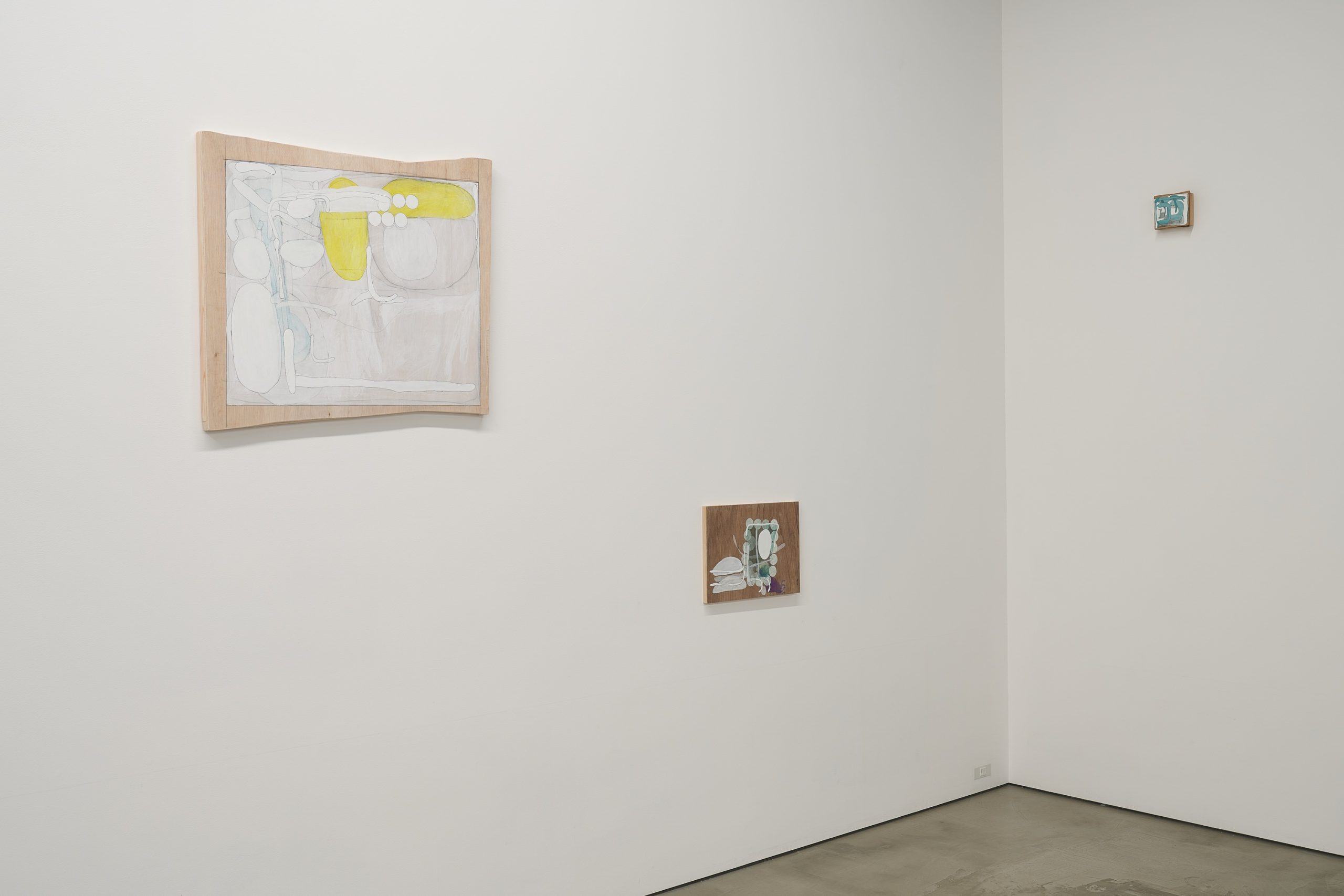
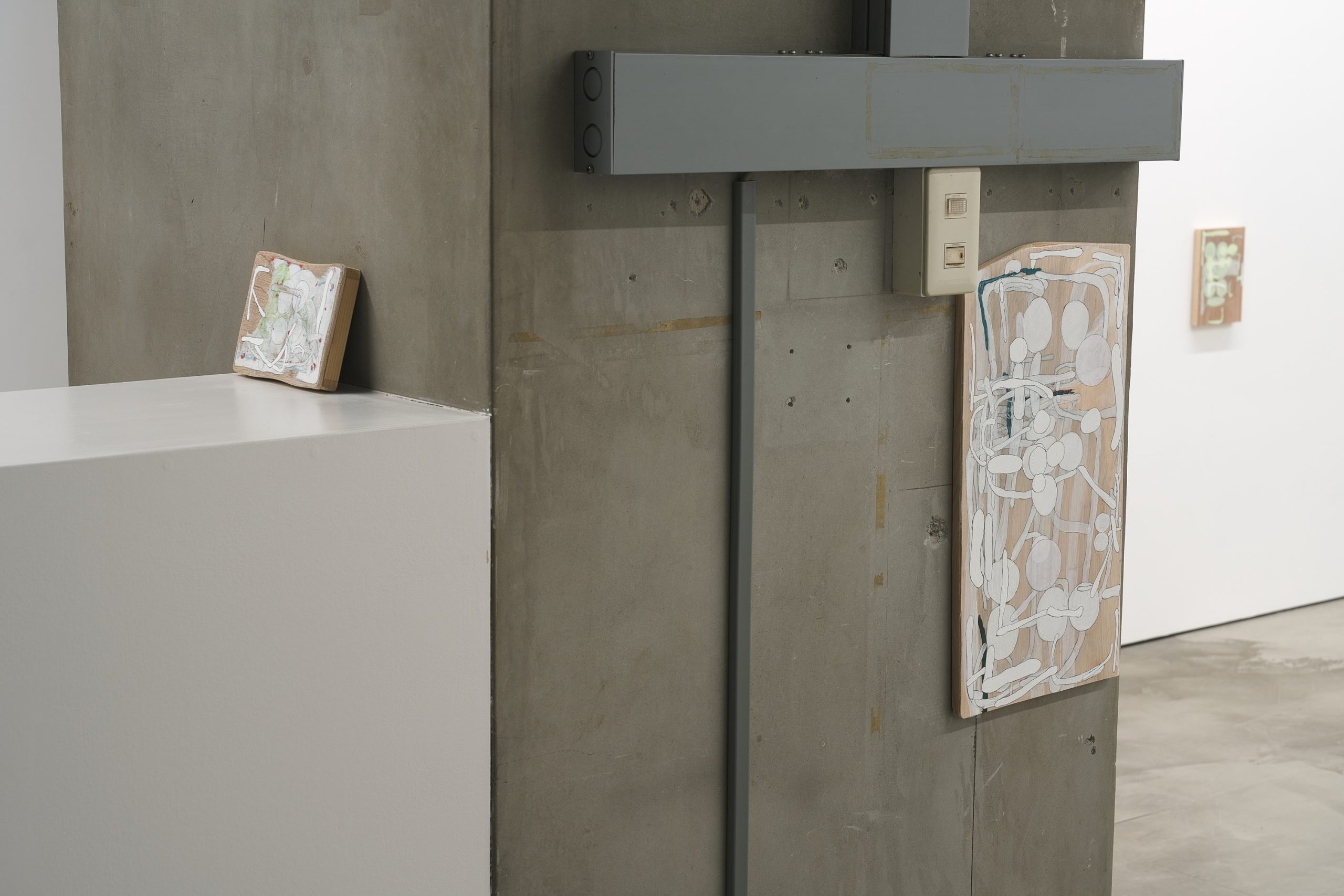
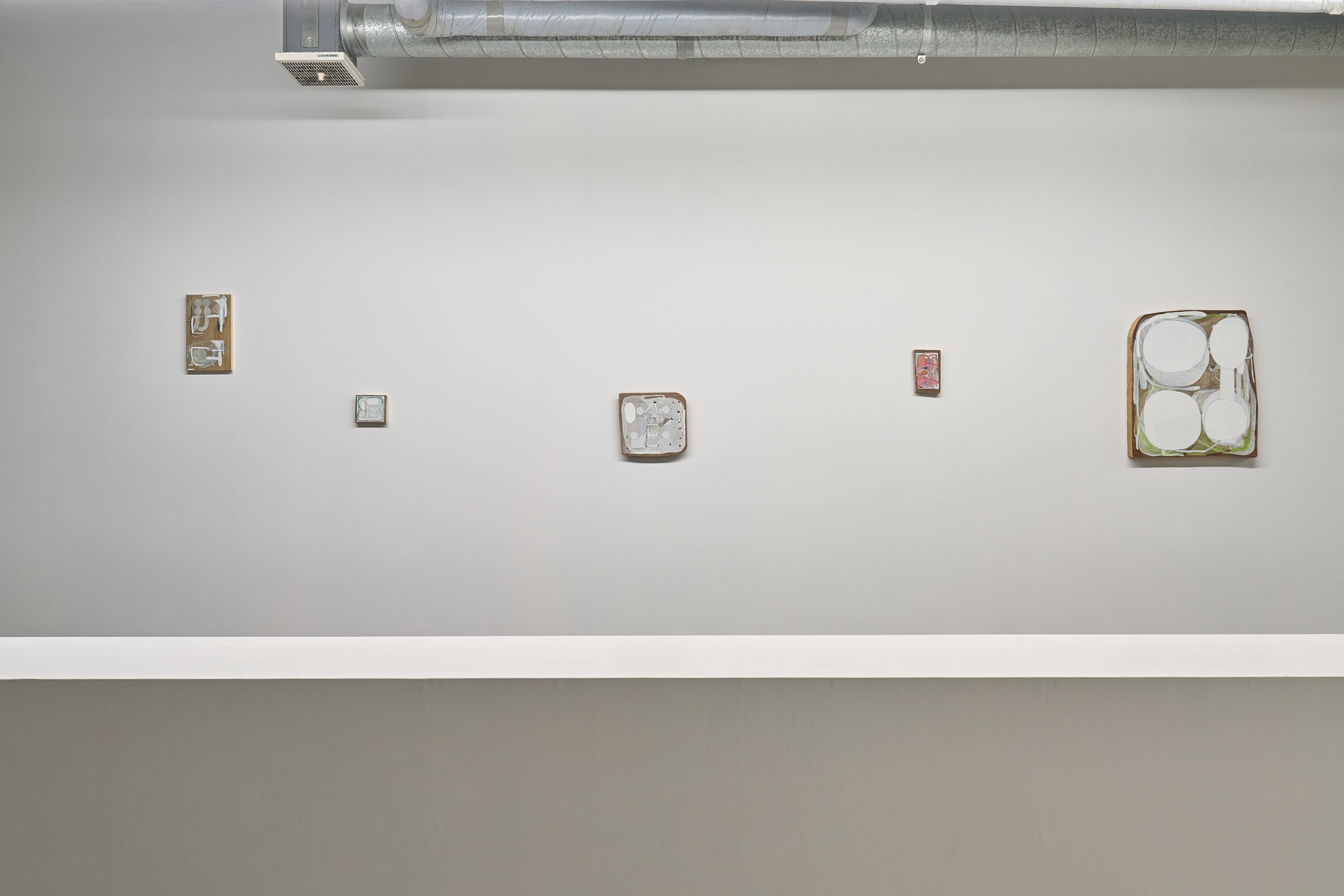
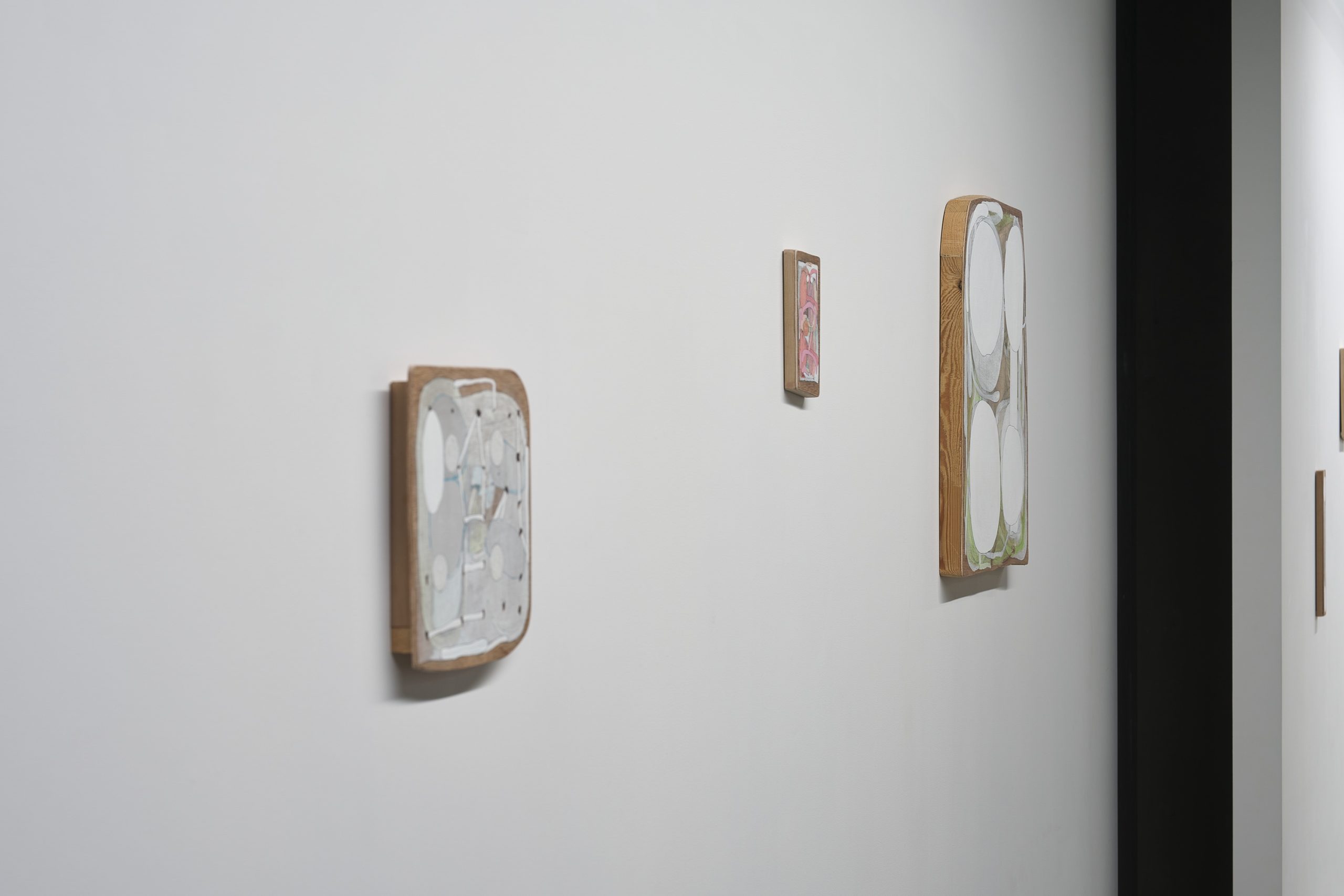
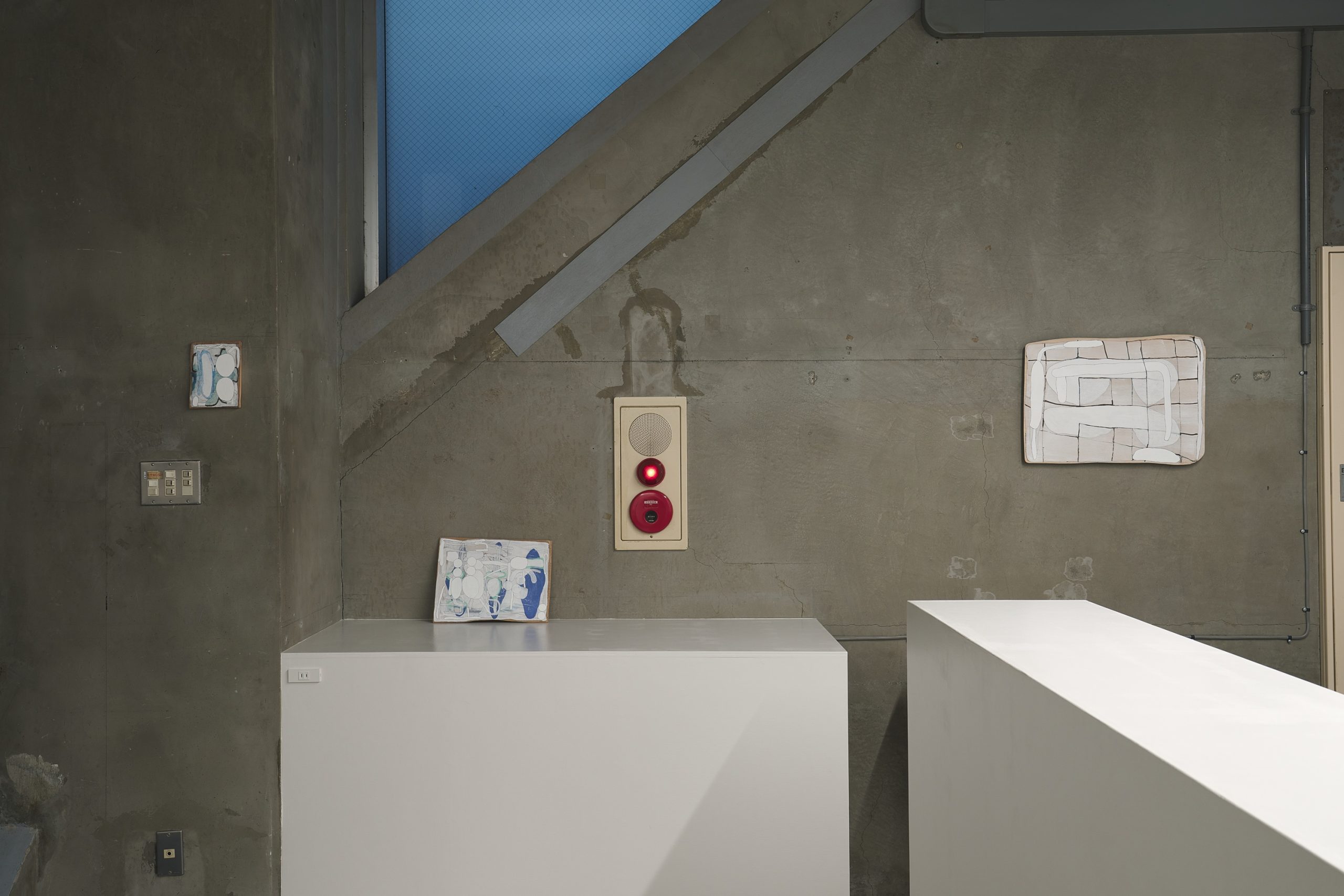
Shoko MASUNAGA : Somewhere Here, Near There
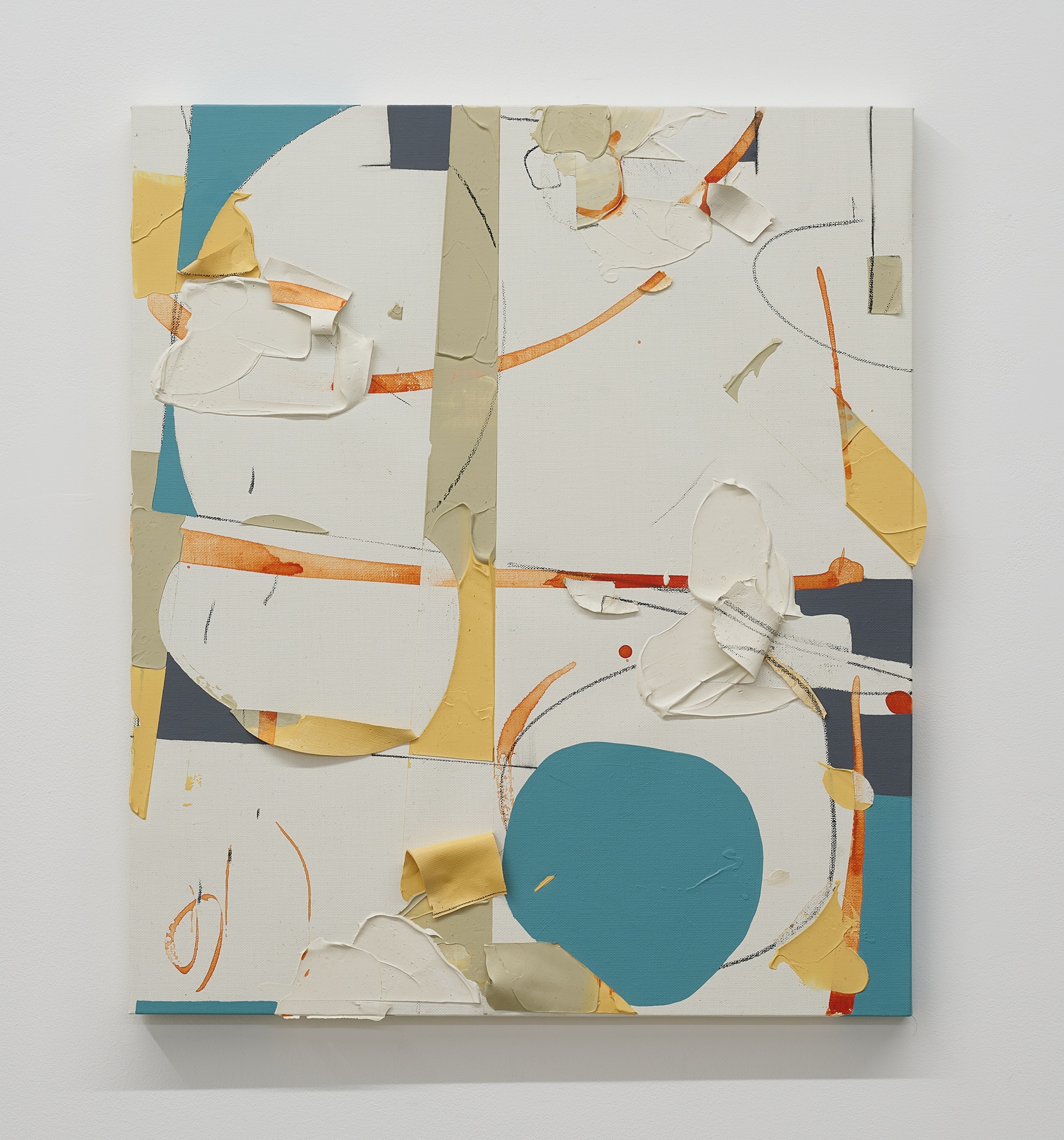
Story About the Color Called Blue
2025
Acrylic, dermatograph on canvas
53 x 46.3 x 3.8 cm
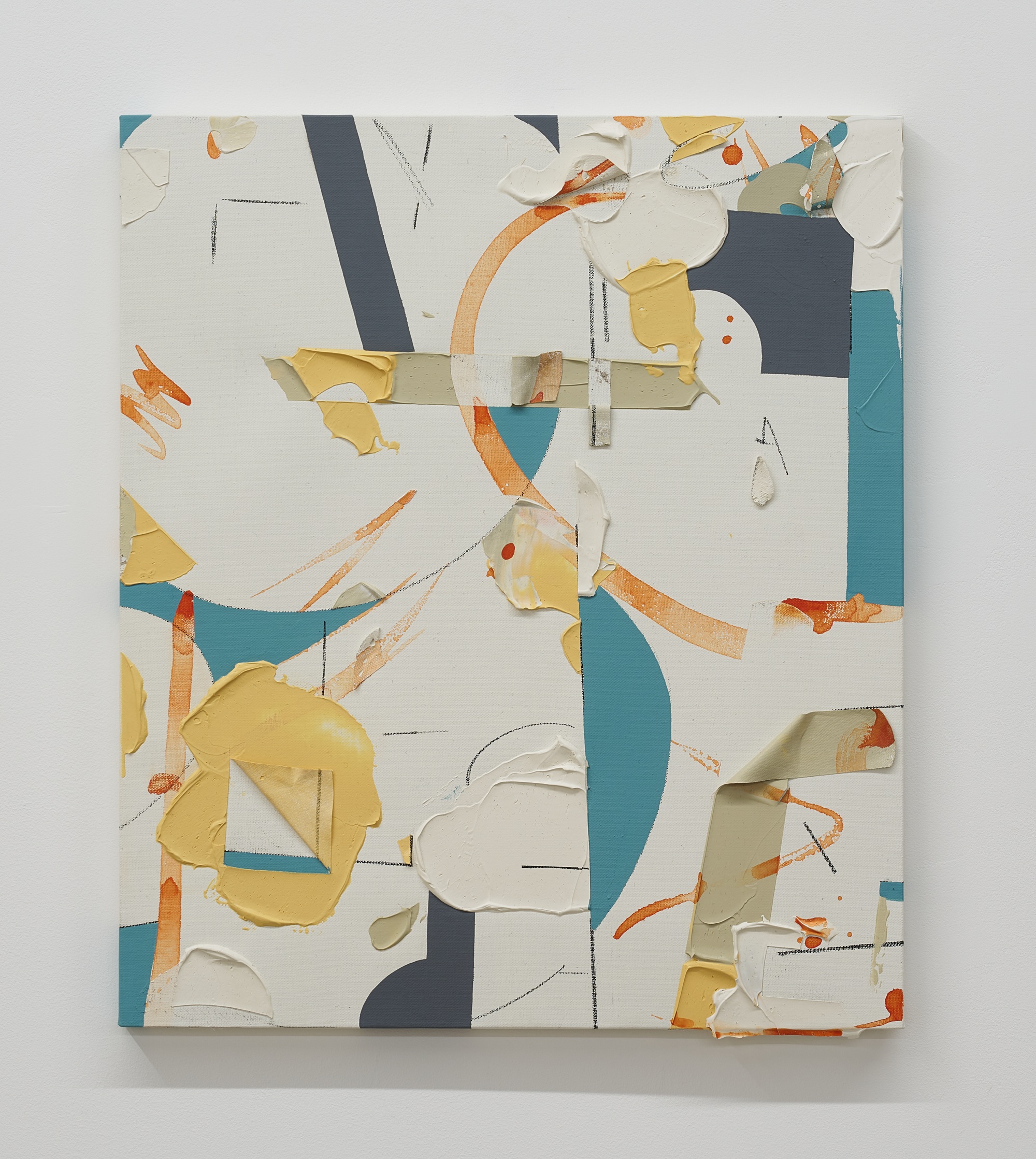
A Gusty Wind Occasionally Blows Around Here
2025
Acrylic, dermatograph on canvas
53.8 x 45.5 x 3 cm
Maki Fine Arts is pleased to present Somewhere Here, Near There, Shoko Masunaga’s second solo exhibition held at the gallery. The exhibition will open on March 22 (Sat) and run until April 20 (Sun).
The fifteen or so new creations showcased at the exhibition are considered the descendant and development of the works from the artist’s 2023 solo show What Comes After the Beyond (Maki Fine Arts). The paintings, produced by peeling and folding fragments of paint “membranes” covering the canvas, can be described as formative. Paint fragments, freed from the confines of the support structure, make dynamic movements, capturing the moments where the front and back, and inside and outside, intersect while creating a tense surface. In the production phase, the pieces are not handled separately, but several of them are juxtaposed tightly. Their combined surface is painted across, then the pieces are rotated individually, joined again, and painted. The action is repeated, resulting in images (lines and color fields) that are partially connected, with traces of detached segments found on the surfaces of other pieces. Such continuous connection is what characterizes the series of works as a whole. Until now, Masunaga has created paintings by following a self-imposed rule of starting with lines and then applying colors. Some of the new works deliberately reverse this order and execute fresh gestures.
—
Shoko MASUNAGA
Born 1980 in Osaka, Japan. Her creative process originates from paintings and utilizes a variety of techniques. By focusing on the connections to the surrounding environment and space, her works become fluid and interchangeable.
Recent shows include Abstractions – from a certain point – (group, CADAN Yurakucho, 2024), Ginza Curator’s Room #005 Angel’s Perch (group, Shibunkaku Ginza, 2023), What Comes After the Beyond (solo, Maki Fine Arts, 2023), editing (solo, nidi Gallery,2022), replace (solo, LOKO Gallery, 2021).
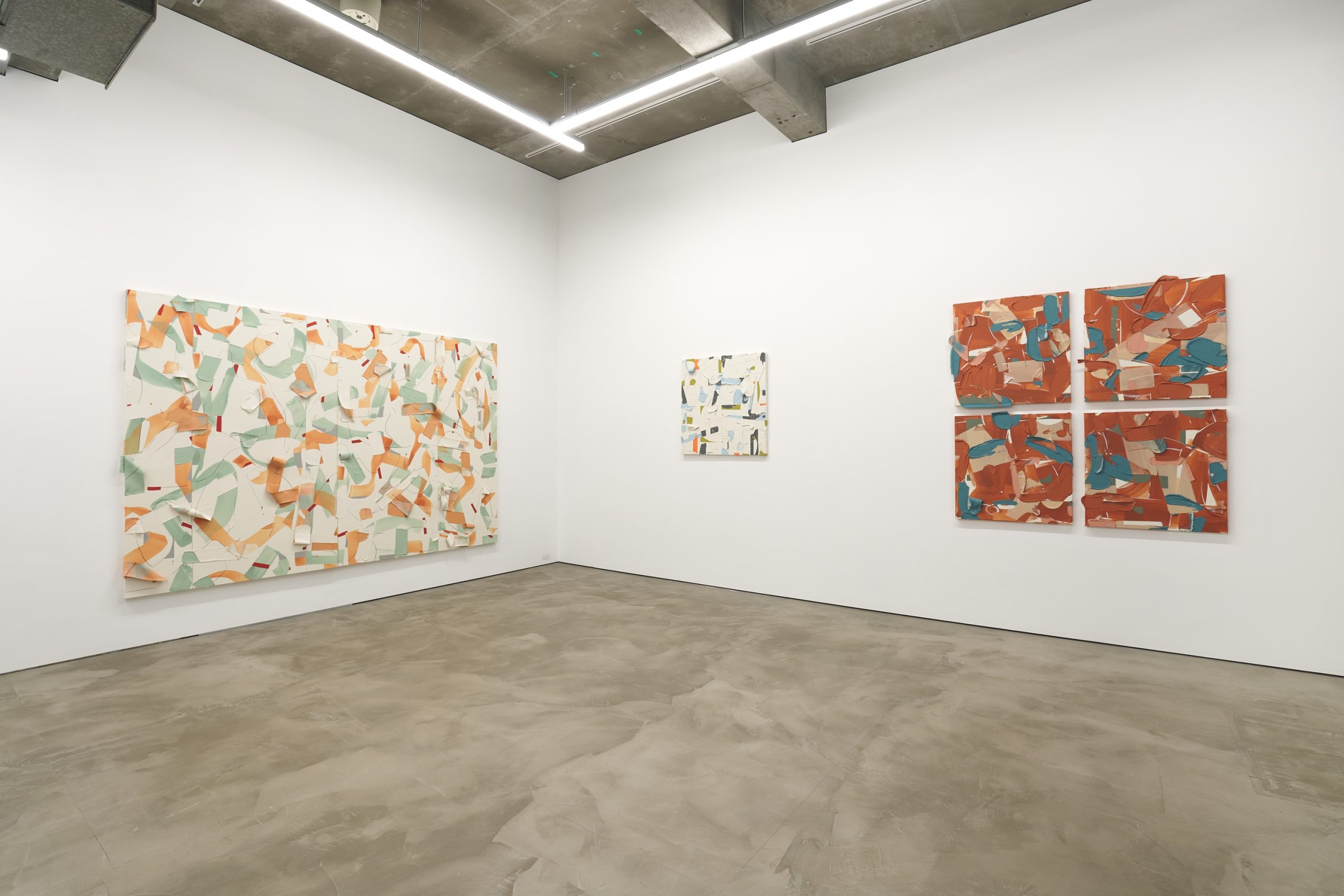
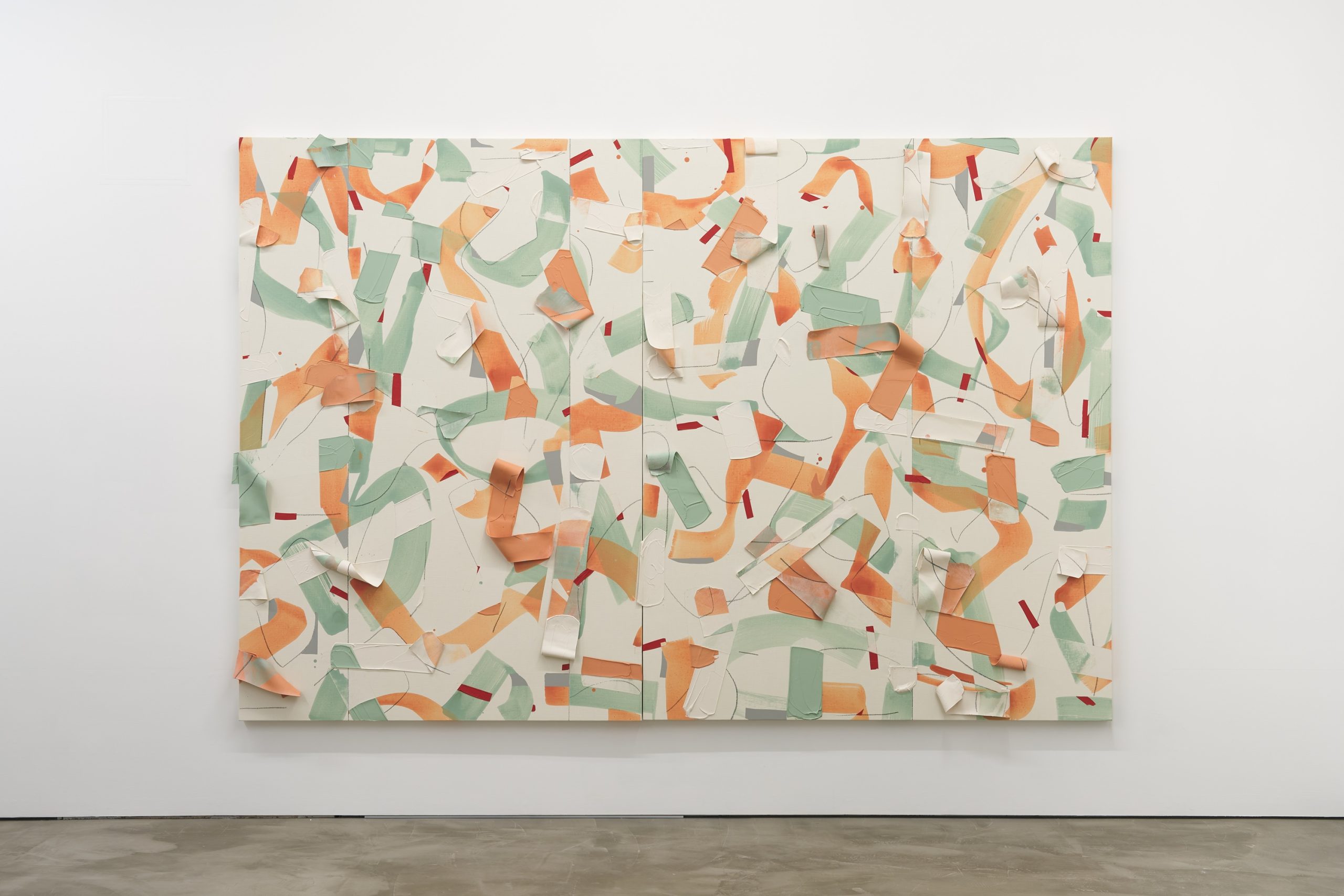
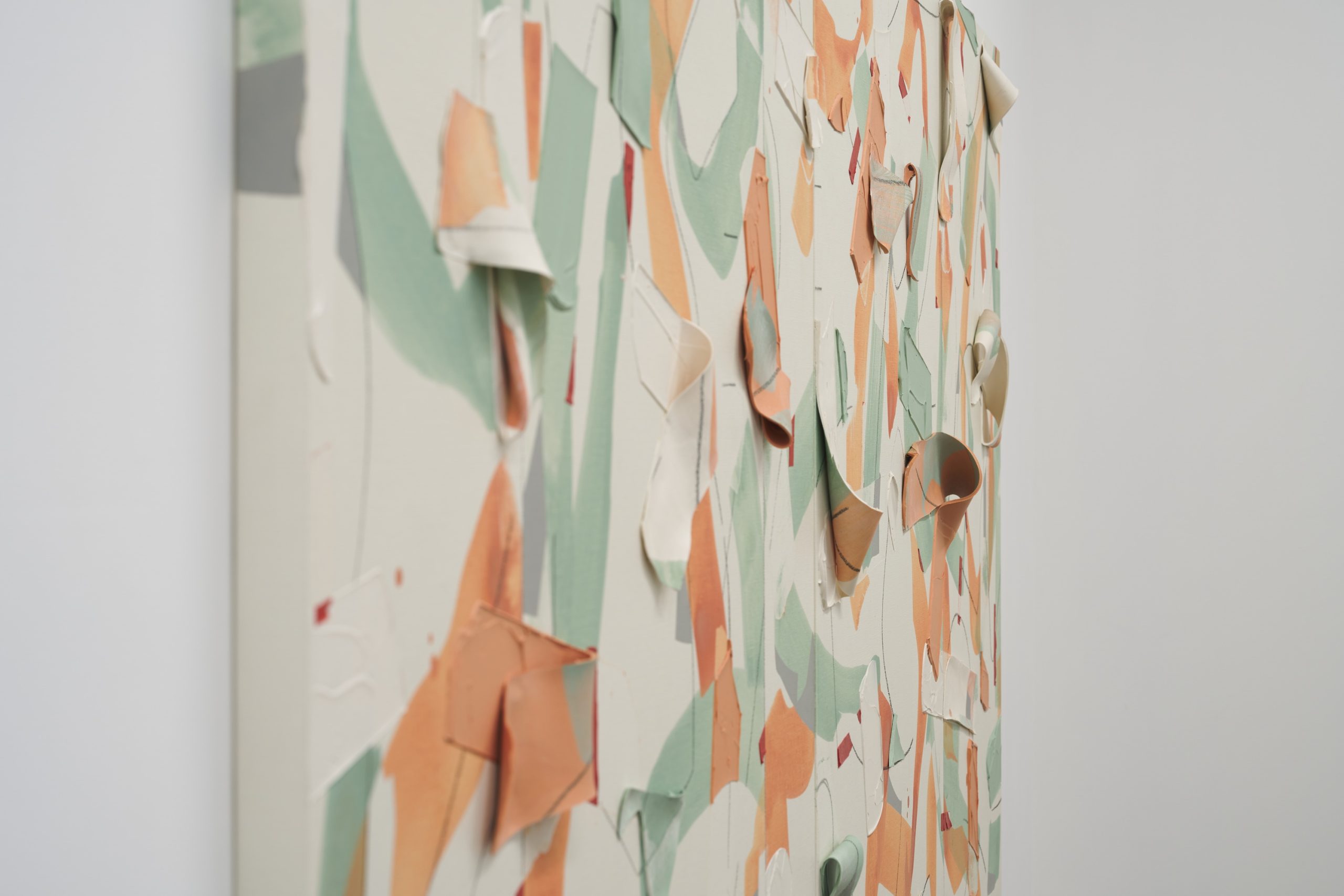

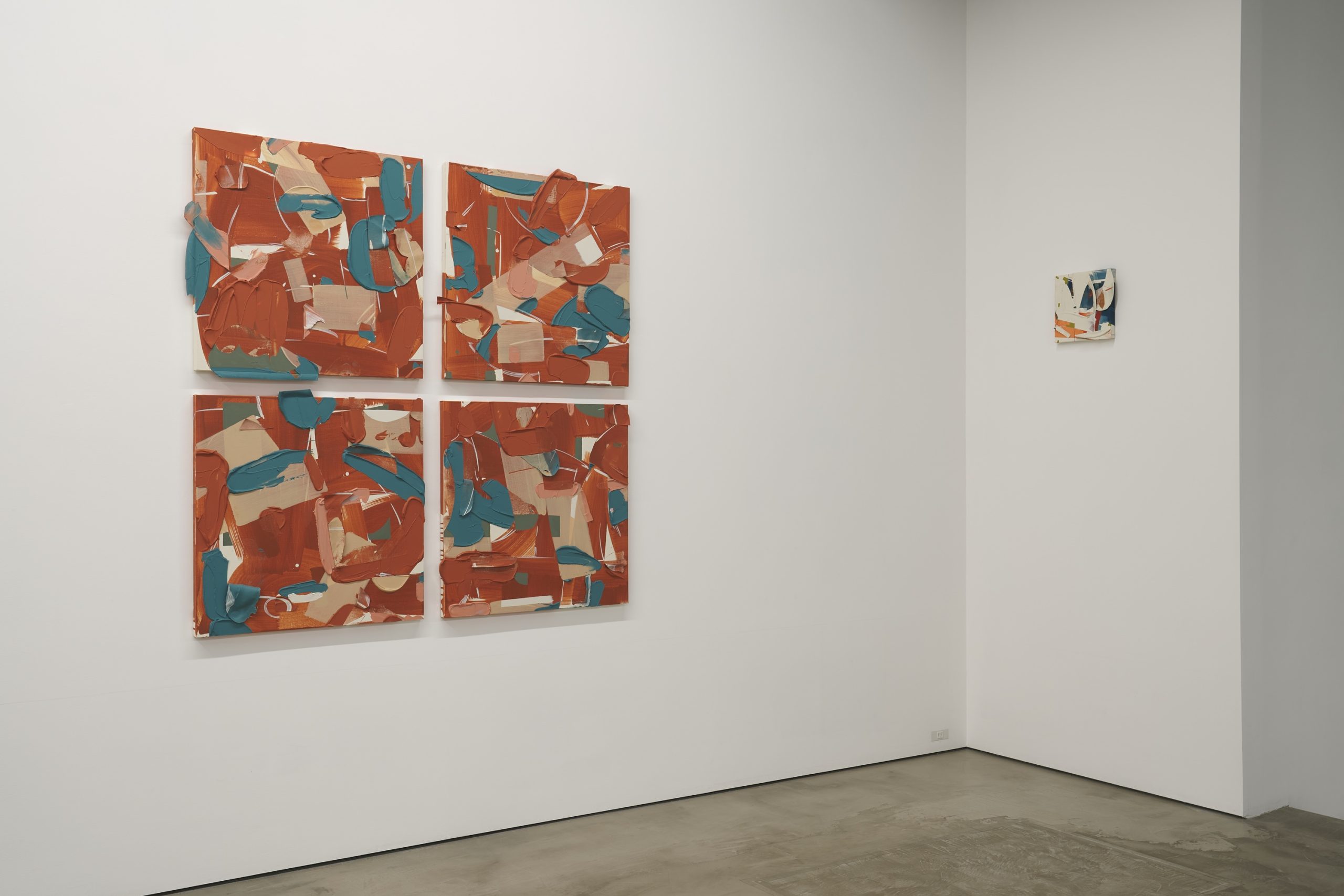
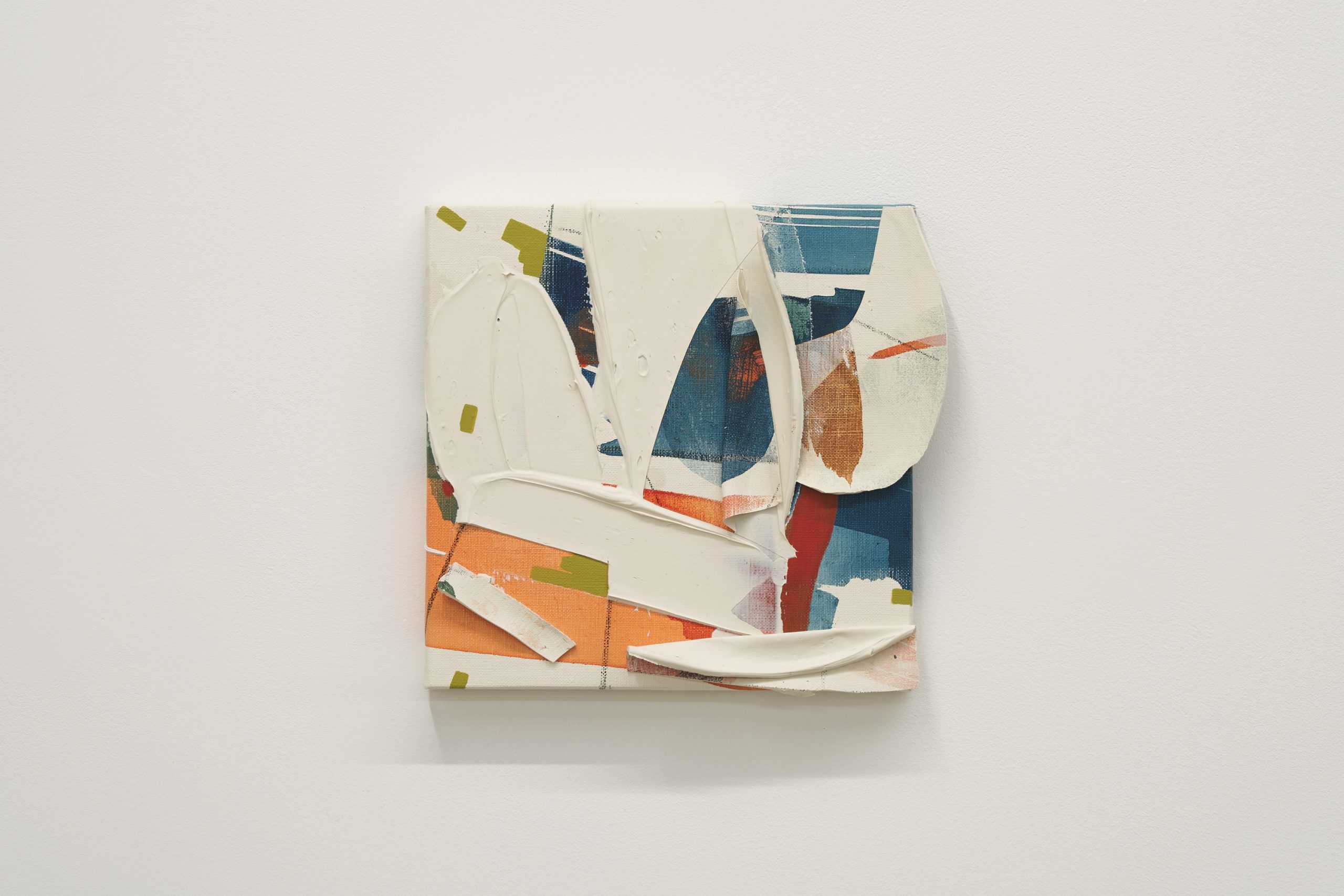
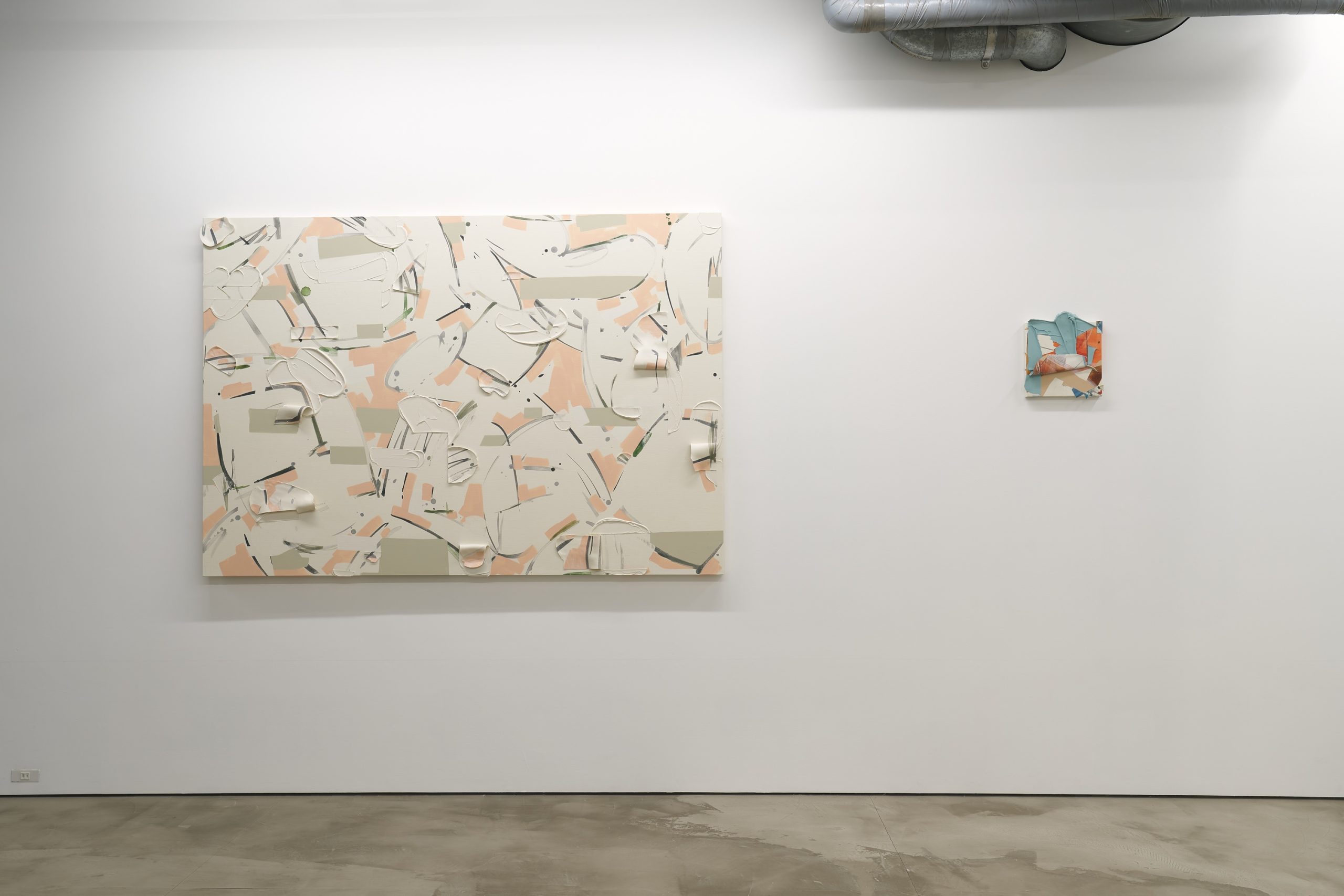
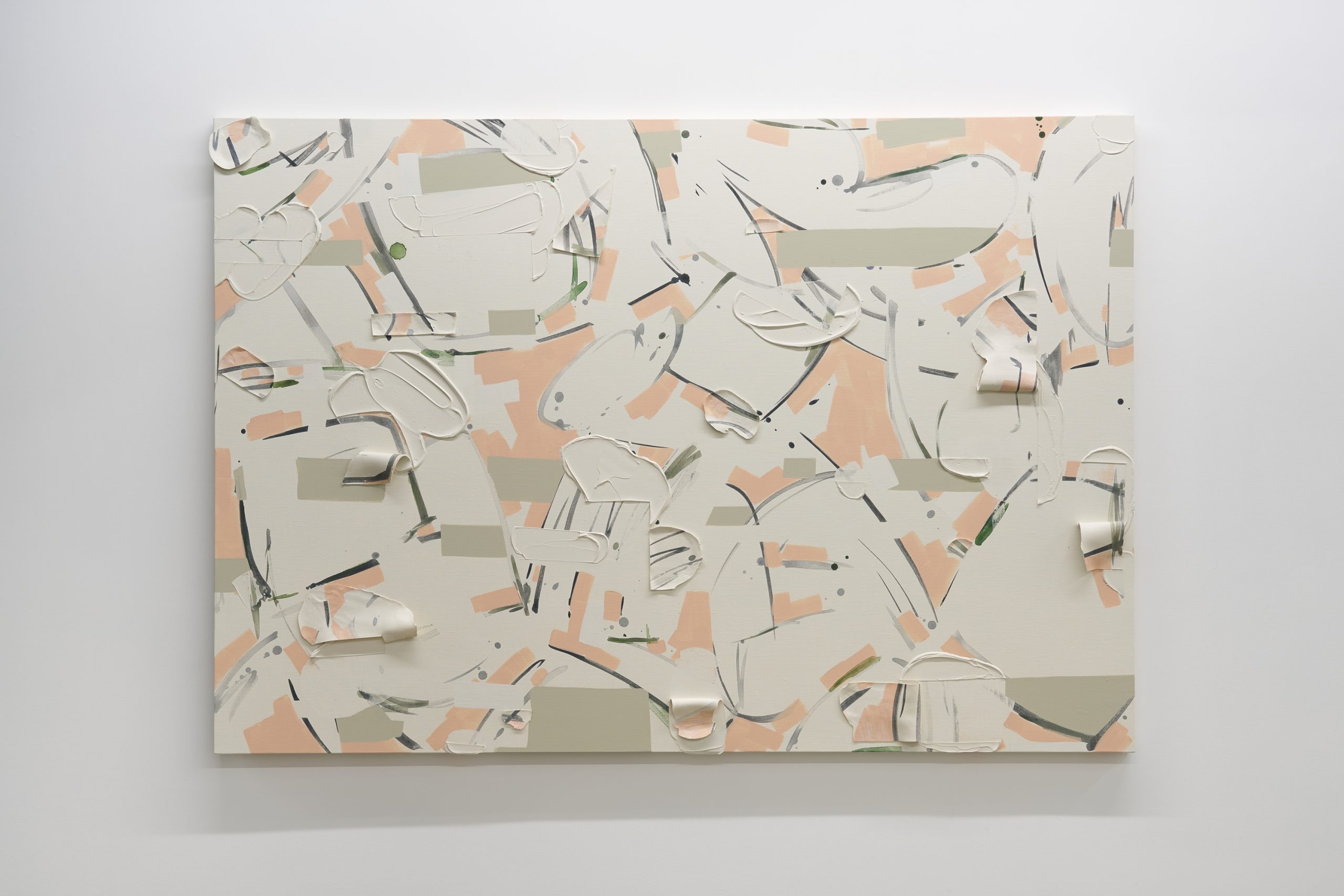
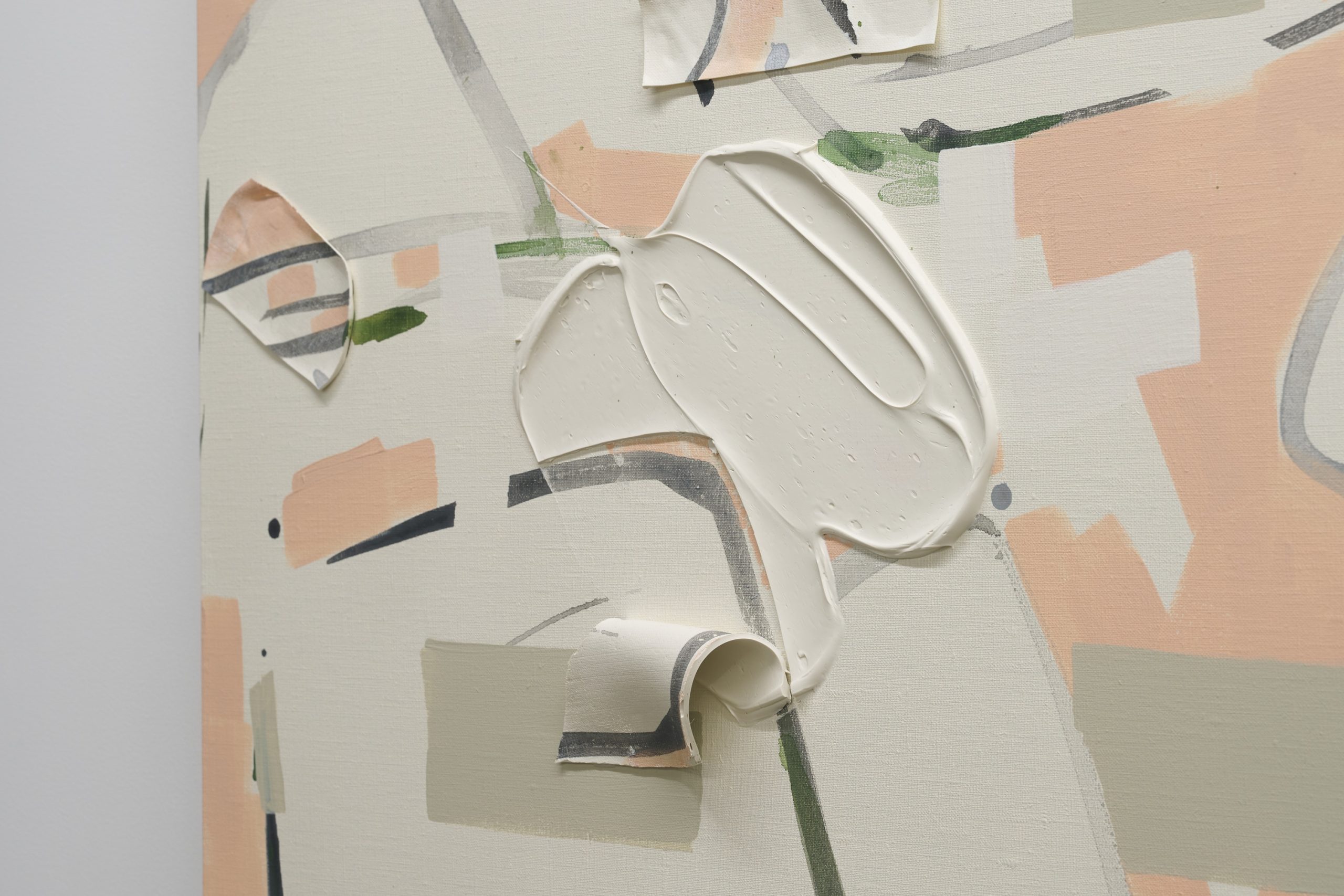
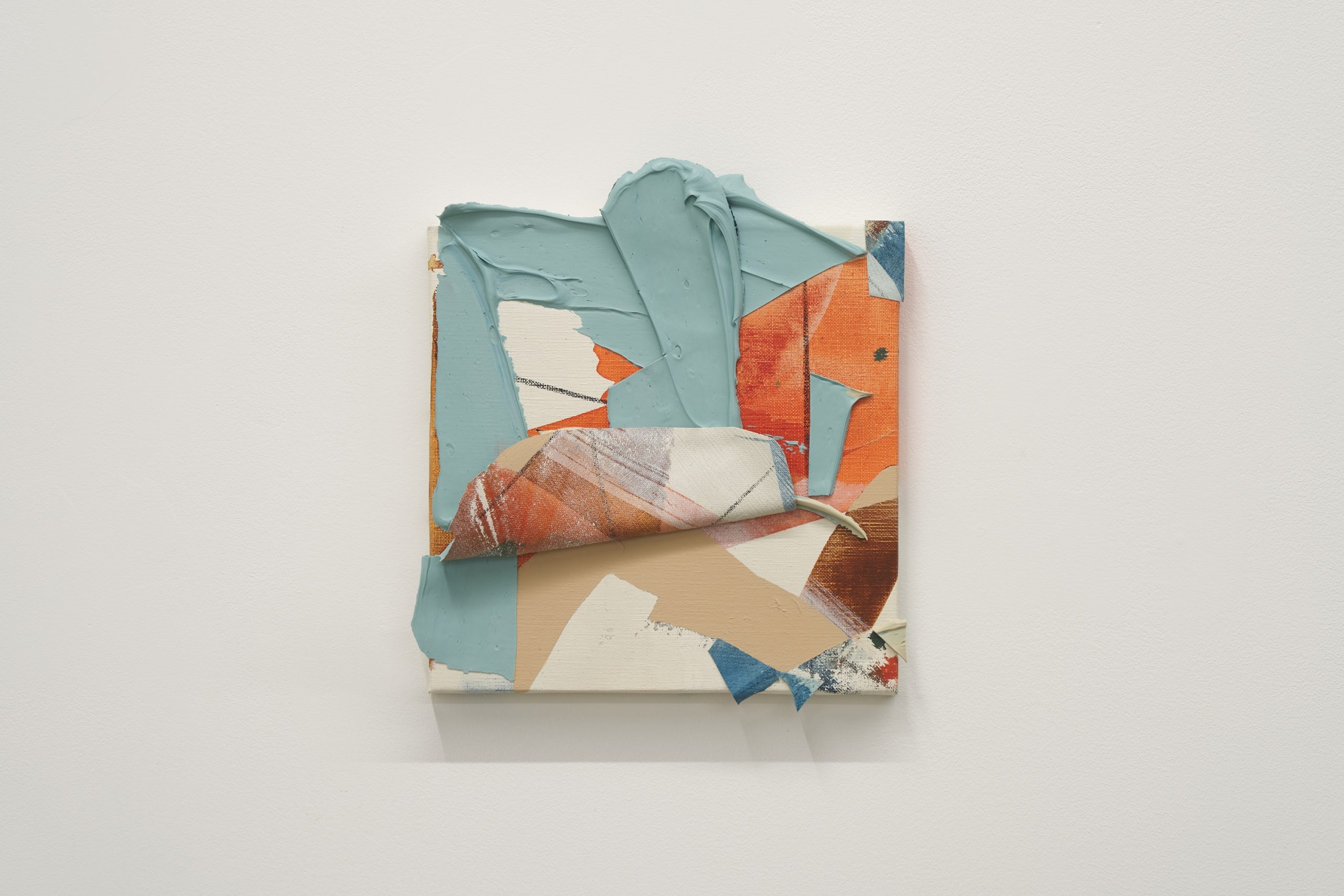
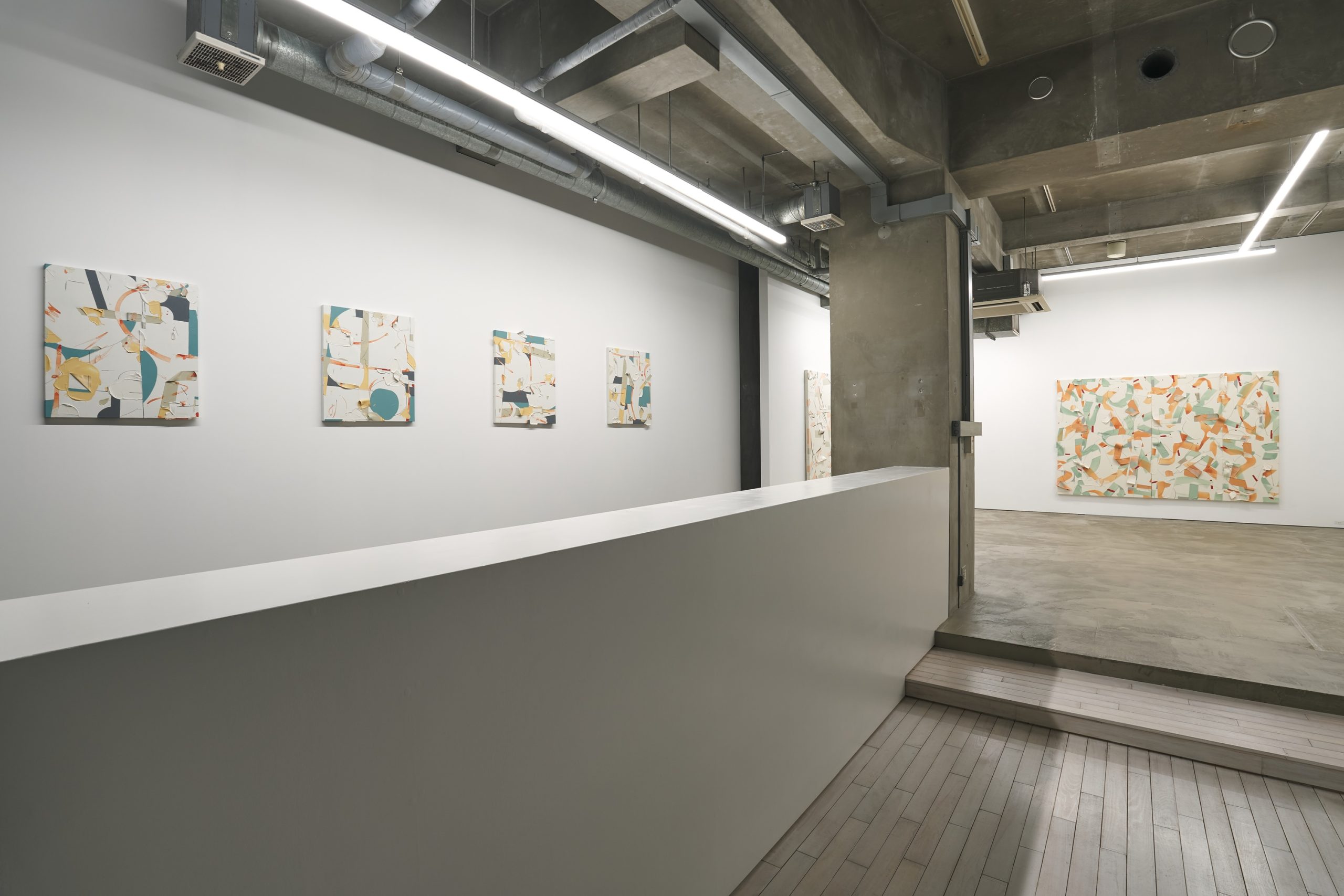
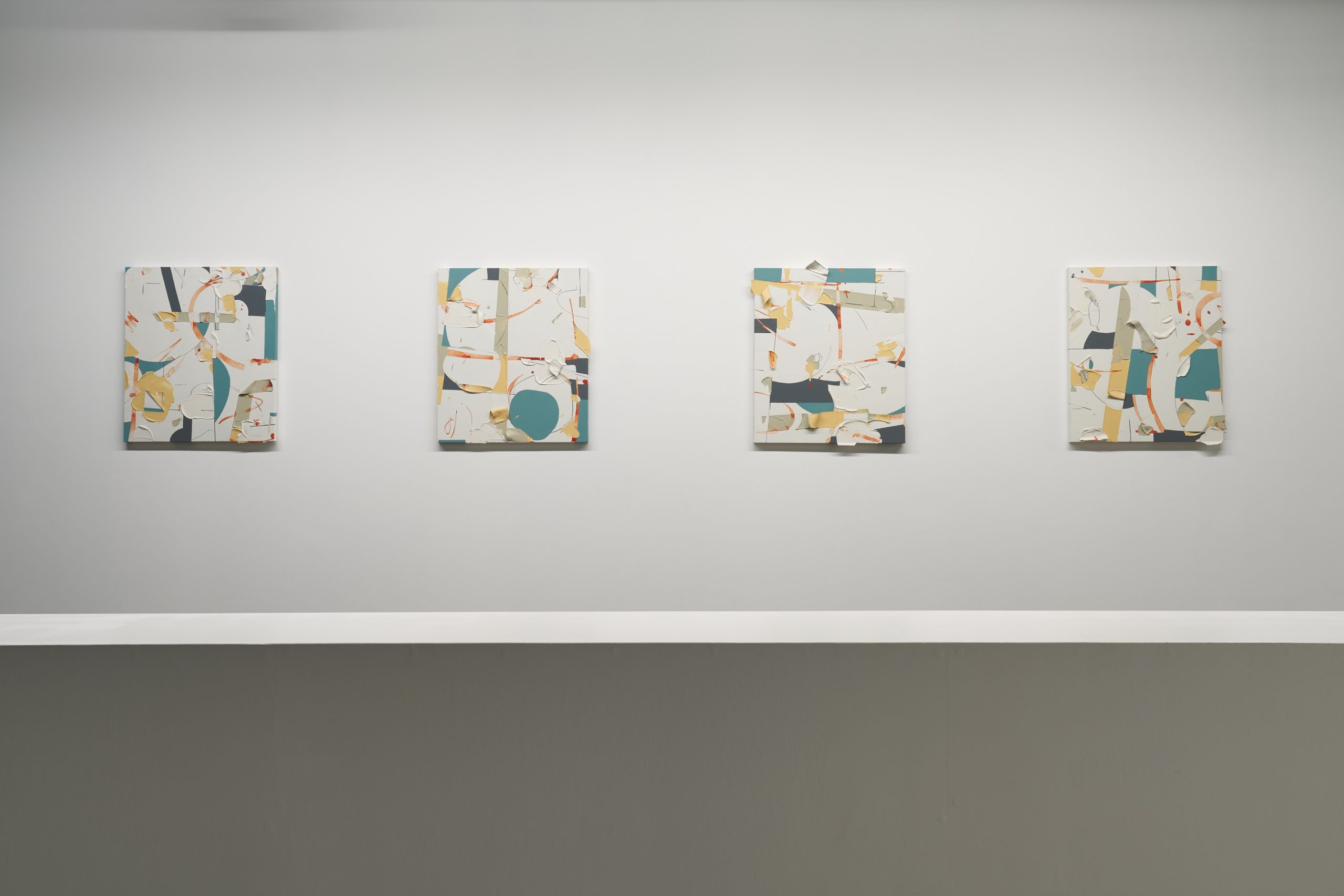
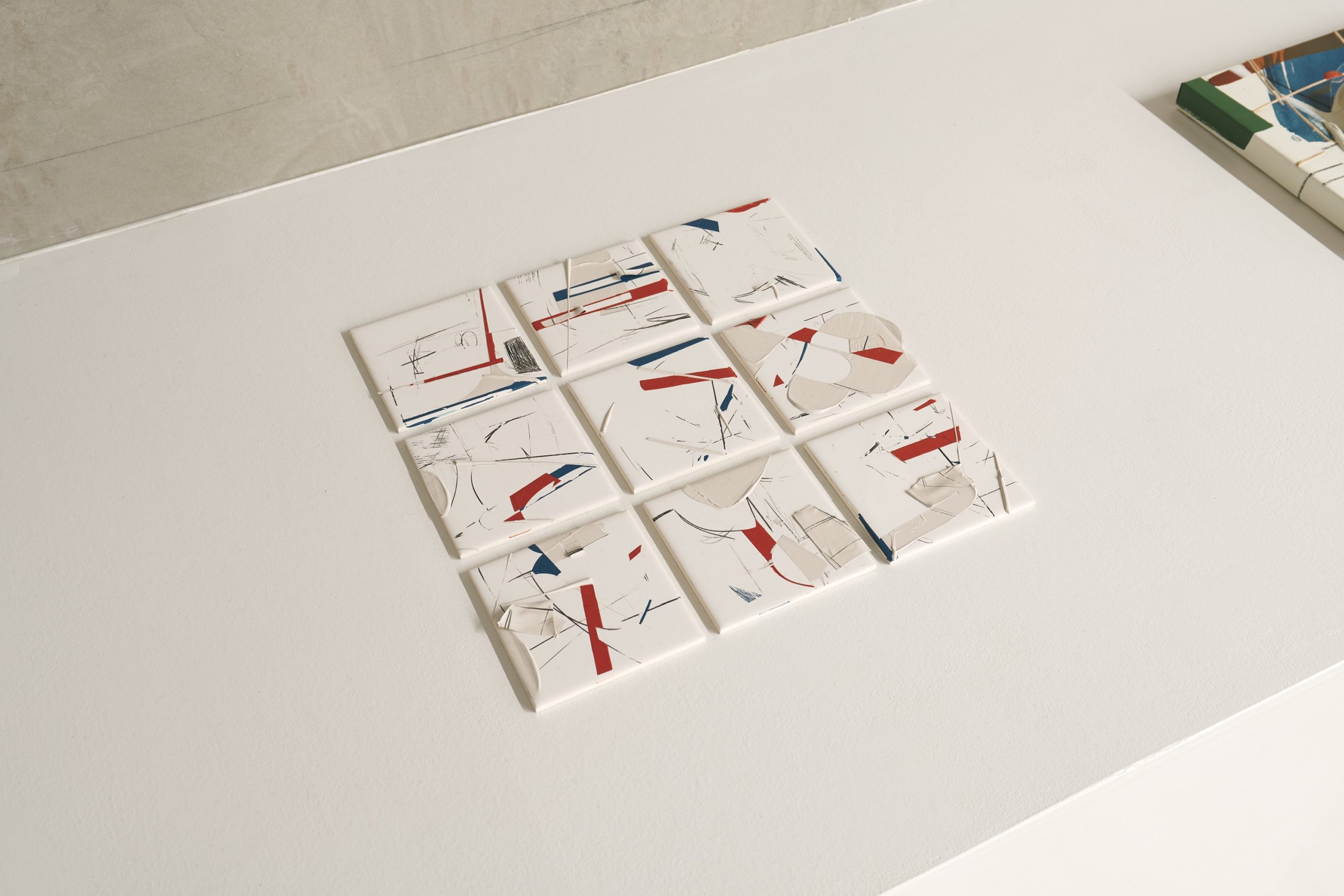
Yasuko TOYOSHIMA : Geological age
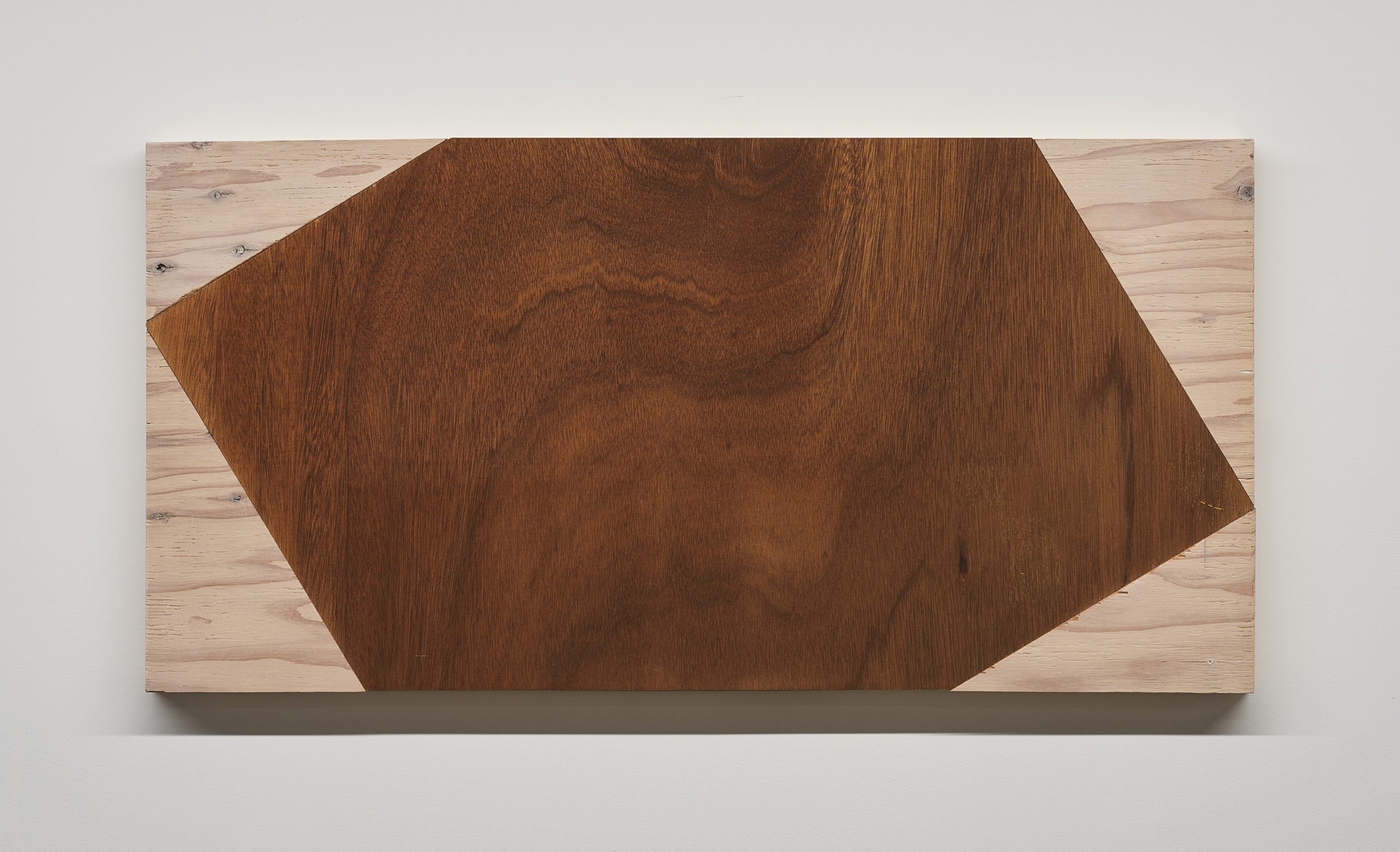
Neoarchean
2025
Natural paint, wood, linseed oil
45 x 91 x 4 cm
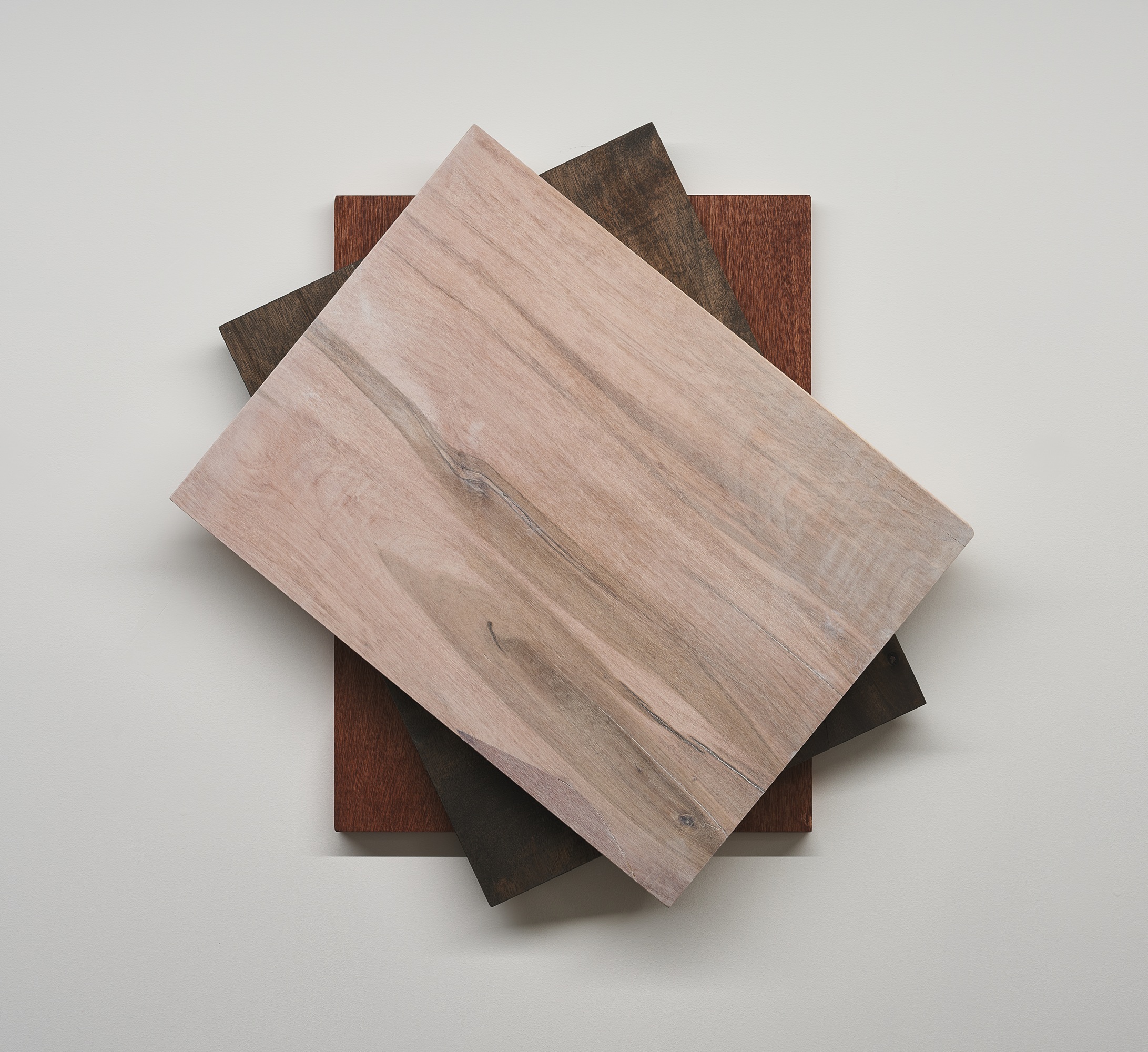
Helium
2025
Natural paint, wood
60 x 45 x 7.5 cm(variable)
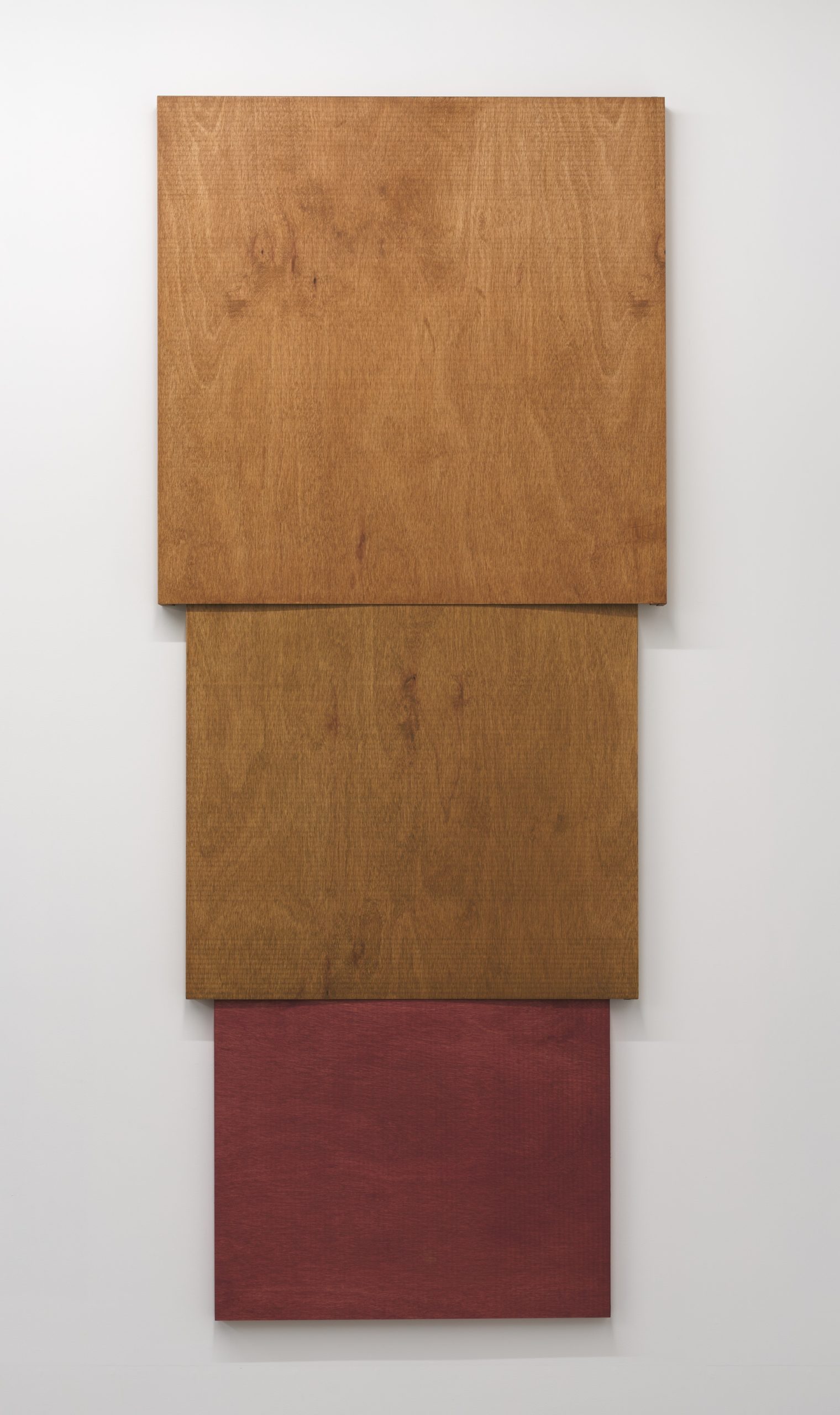
Tiberius
2025
Natural paint, wood
219.5 x 91 x 5.5 cm(variable)

Eoarchean
2025
Natural paint, wood
91 x 91 x 4 cm
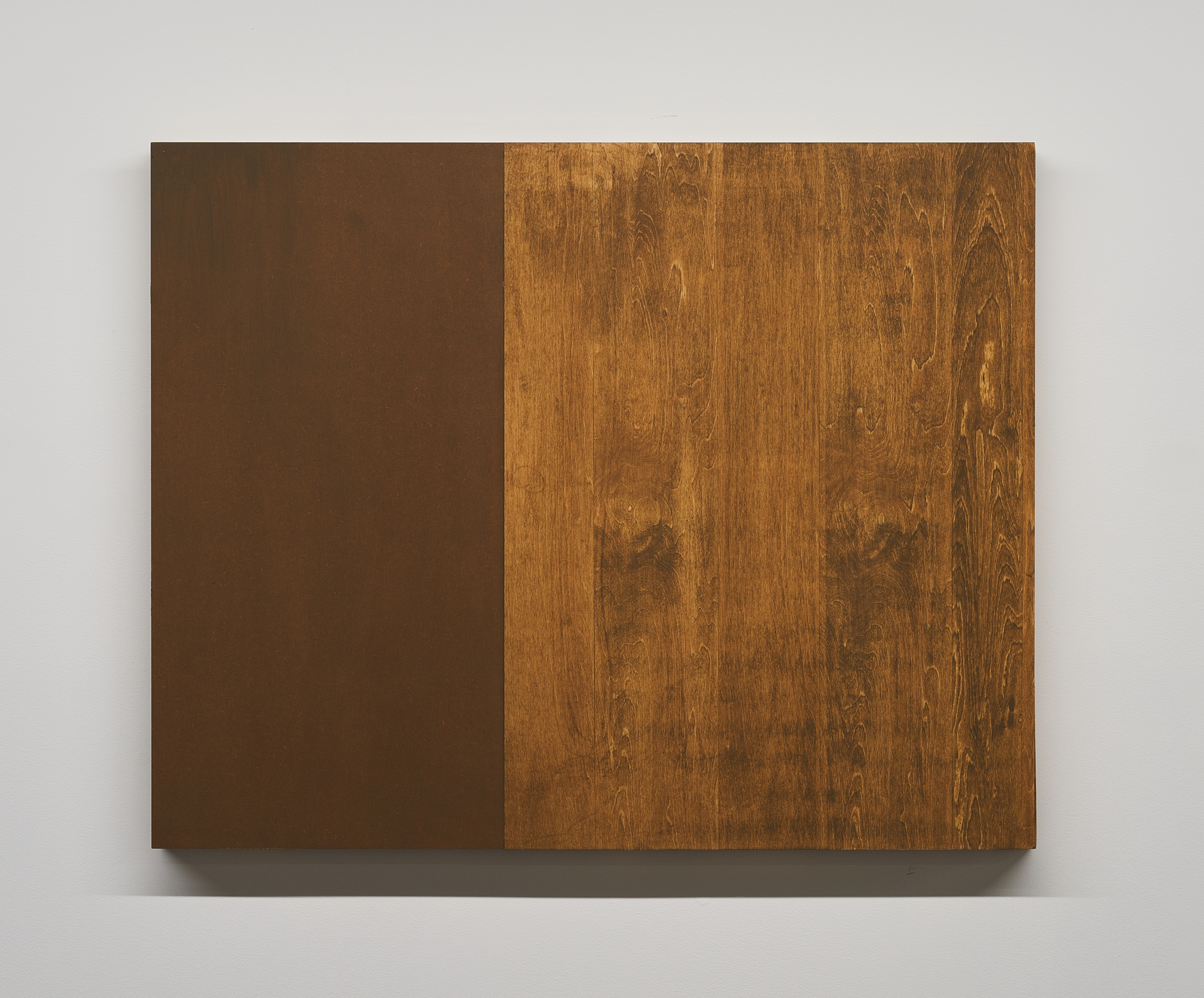
Rhyacian
2025
Natural paint, wood
75 x 60 x 4 cm
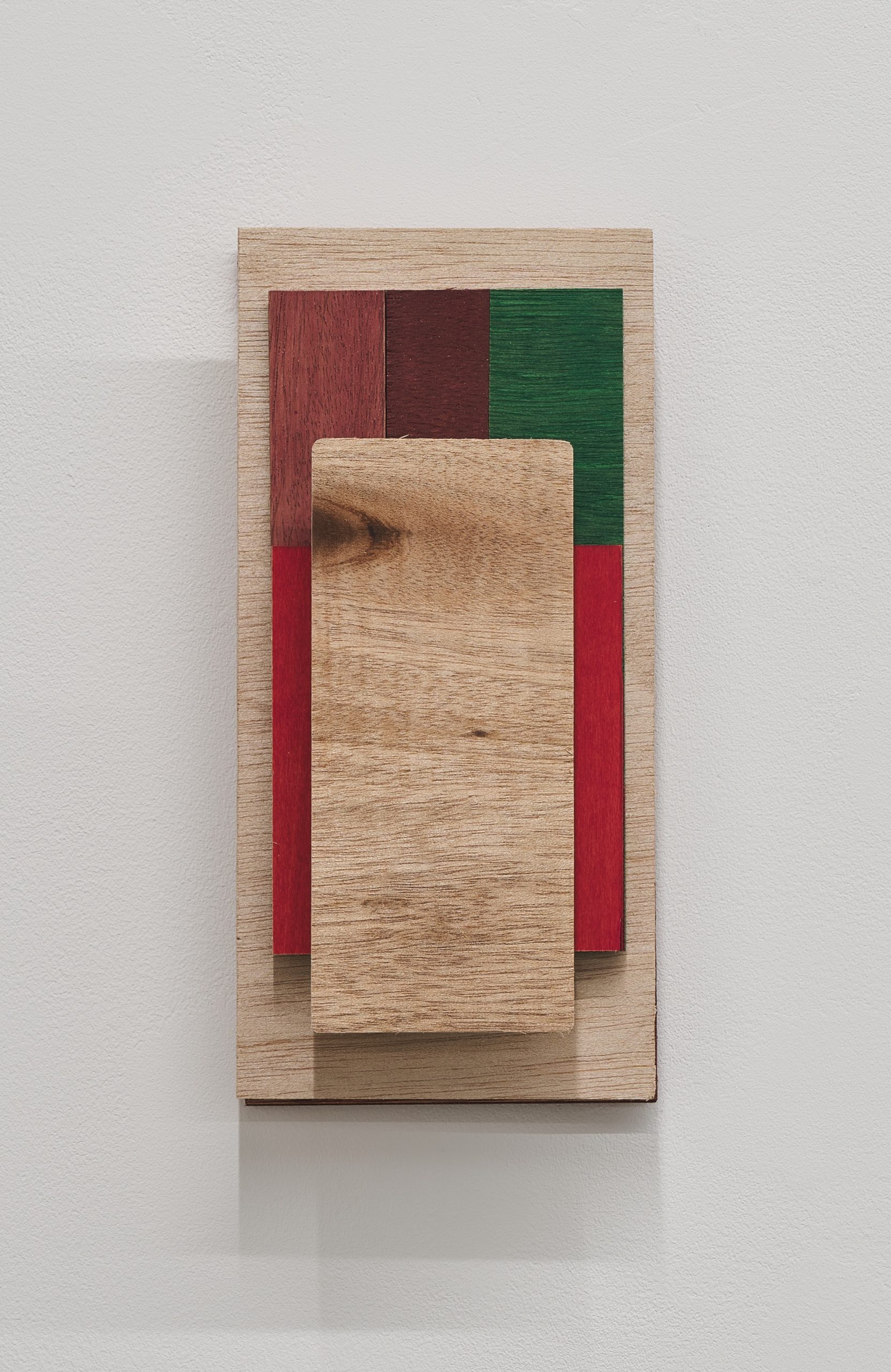
Saturn
2024
Natural paint, wood
22.9 x 11.1 x 5.2 cm
Things and Origination—Yasuko Toyoshima’s Geological Age
Ryo Katsumata (Art Critic)
Geological ages are a series of labels used to demarcate transitions of historical geological events based on the rock and fossil distribution revealed by strata. Toyoshima references this concept as the clue to her new series, Geological Age, which serves as this exhibition’s focus. The series is positioned as a development of its precursor, Quadrilateral. Both series consist of plywood—a material made of multiple layers—and may be metaphorically linked to accumulated strata. However, unlike Quadrilateral, in which the artist carves into the material as if to excavate the earth, in Geological Age, she combines multiple wooden pieces on panel faces like a jigsaw puzzle. As a result, the new series focuses on the painting-like surfaces of the support medium, rather than the thickness accumulated like a geological formation.
Nevertheless, the new pieces can be associated with geological ages because the concept expresses not only the earth’s physical and spatial composition but also the temporal processes of the Earth’s activities. Cataloging geological ages is essentially an act of naming to describe the relationship between the old and the new. It is also a system that, by employing linguistic labels (symbols), divides and gives an identifiable framework to the planet’s history extending to times before the emergence of humanity—the very acquirer of the language—to support our cognition. In short, it is a process of bestowing a language to things.
In Geological Age, Toyoshima uses this chronology-constructing method to label and efficiently manage individual artworks belonging to the series. In the past, she has attempted to assign existing systematic labels as individual work titles, such as the typhoon names in the Copernican Theory series. As mentioned above, however, the new series emphasizes the arrangement of painting-like surfaces containing hard-edged geometrical shapes, wood grain resembling traces of dripped paint, scratch-like textures, and coats of colors permeating into the surfaces as if to enhance these characteristics.
Such textures often manifest paintings as the object of fetishistic desire. In some cases, the context and system behind the production and circulation of artworks are considered secondary, while the judging of good or bad based on the direct enjoyment of the things becomes the primary method of art appreciation. Toyoshima’s works, too, possess a certain “flavor.” However, it is also evident that those things cannot escape a language or system. In other words, Geological Age does not hide the circumstances in which artwork production—“origination” in Toyoshima’s unique vocabulary—closely relates to the granting of symbols contributing to the management and circulation of the works. The formation of Geological Age is imbued by critical tension brought about by the history of the artist who studied painting before conceiving her own conceptual approach to challenge the social systems surrounding us.

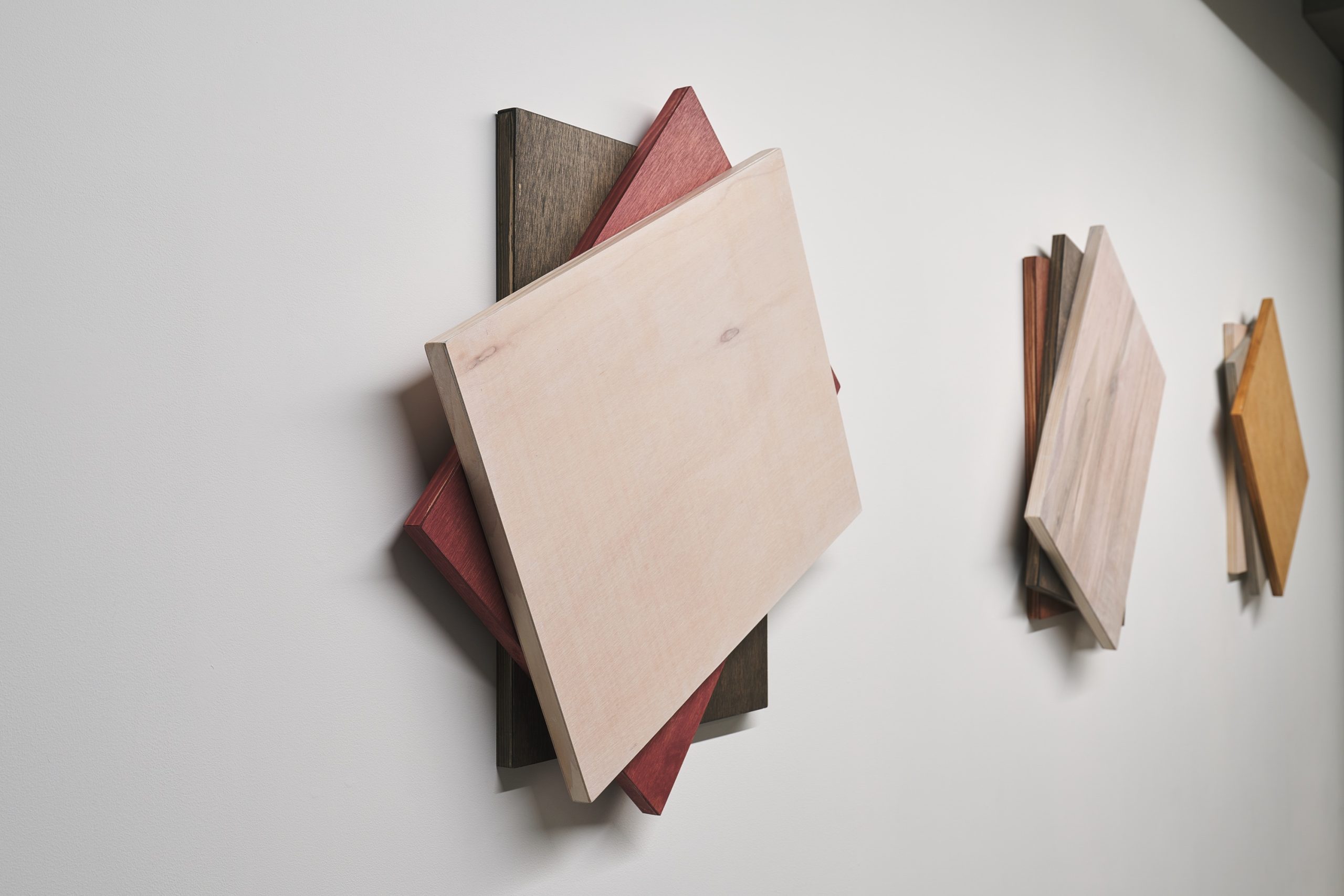
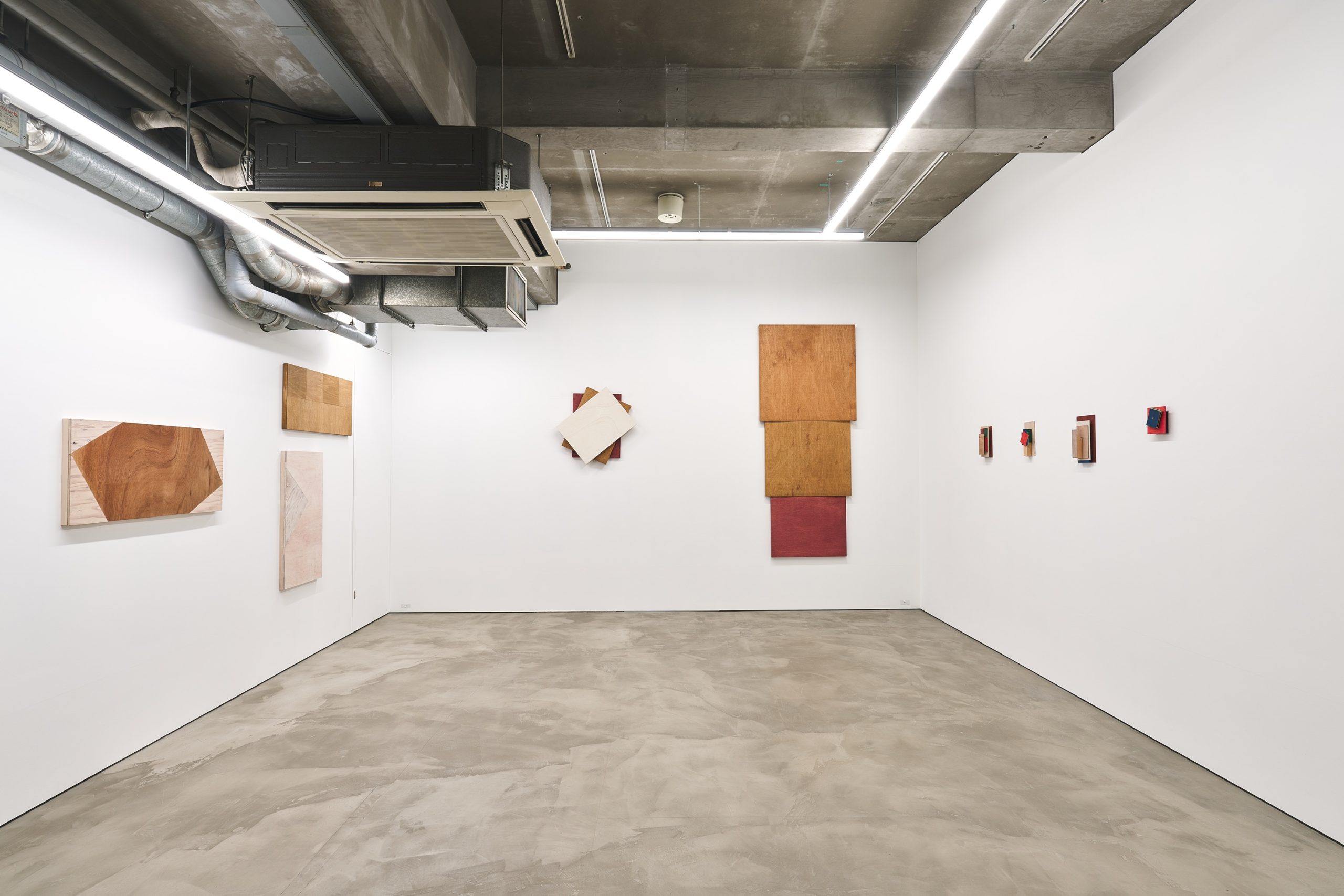
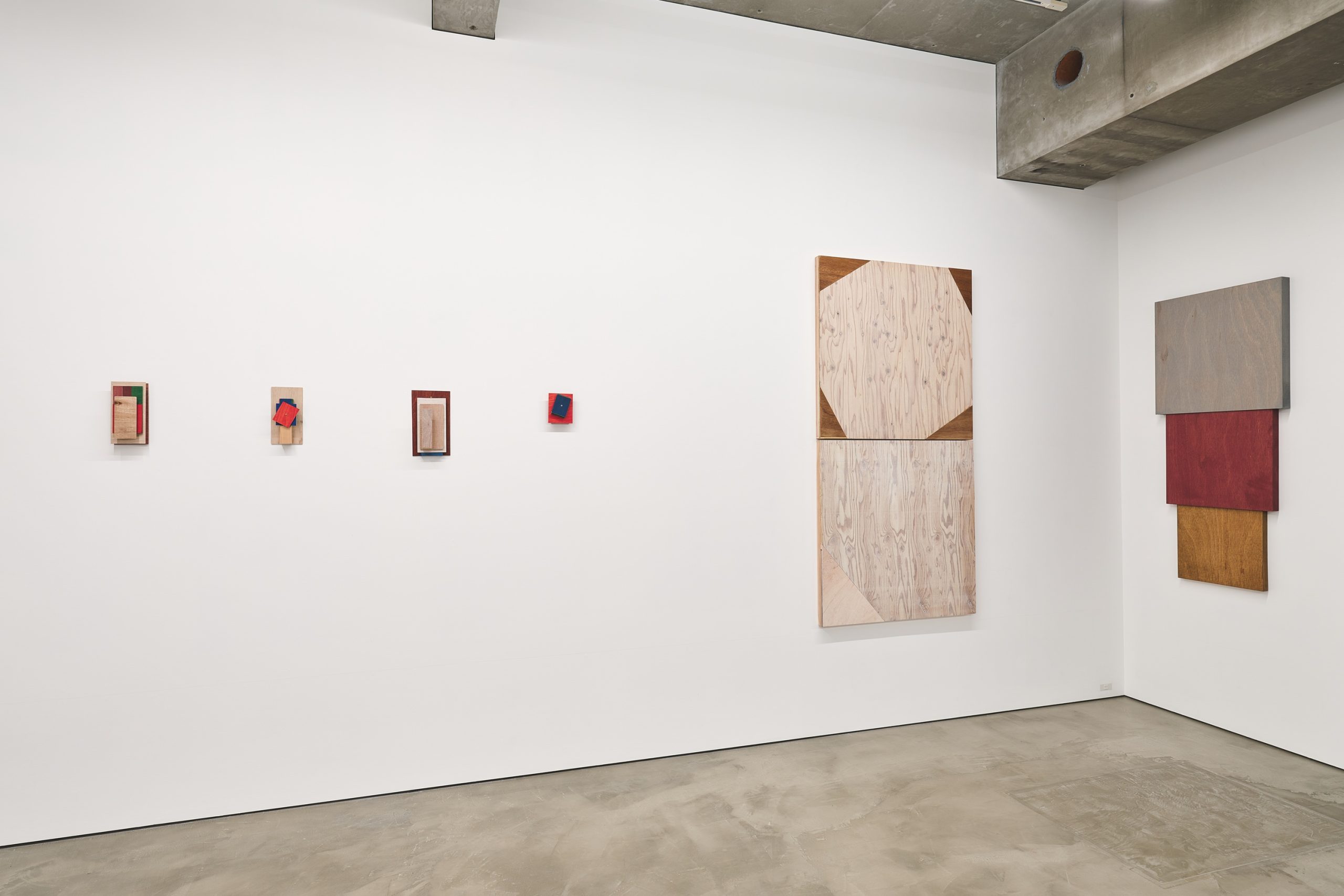
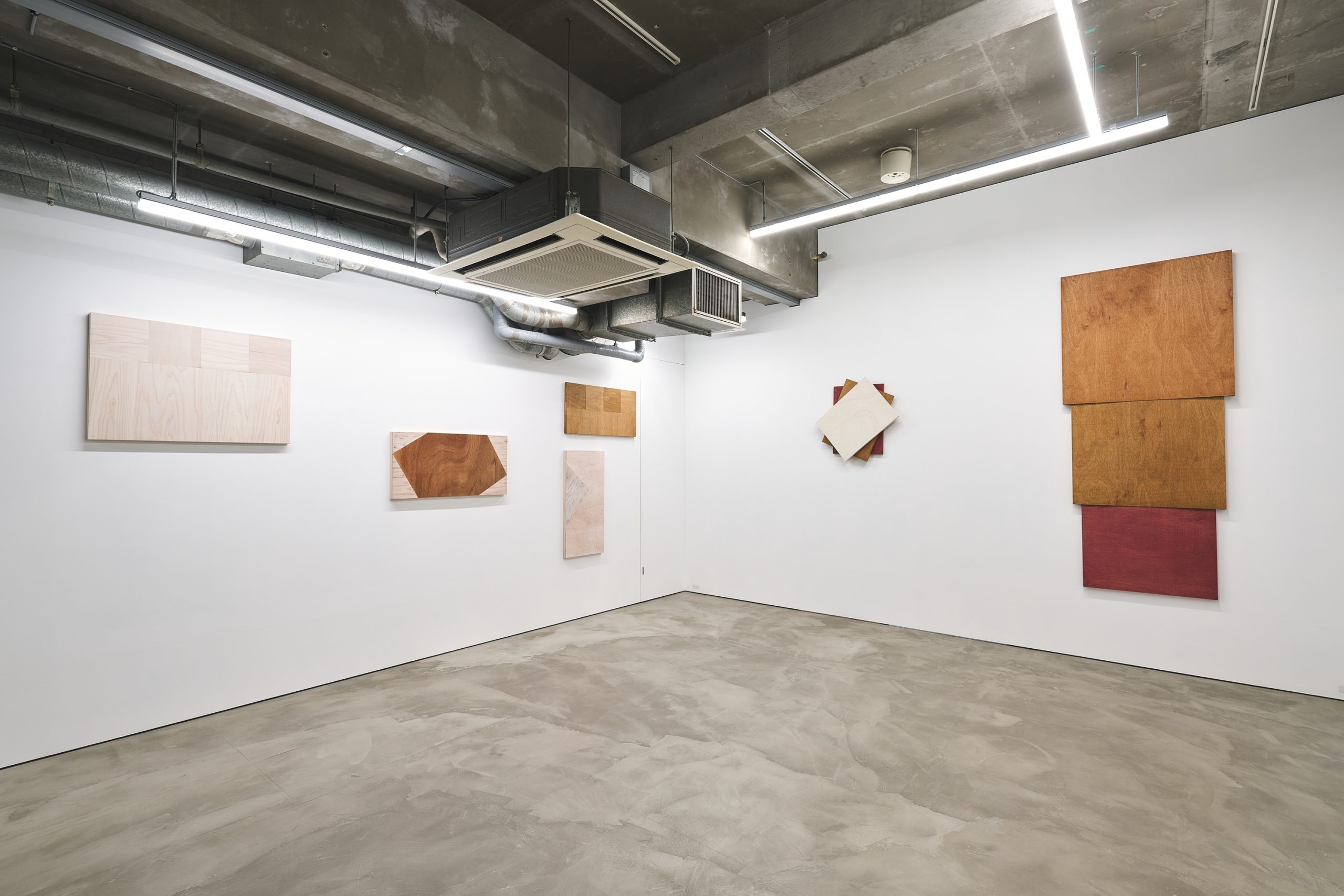
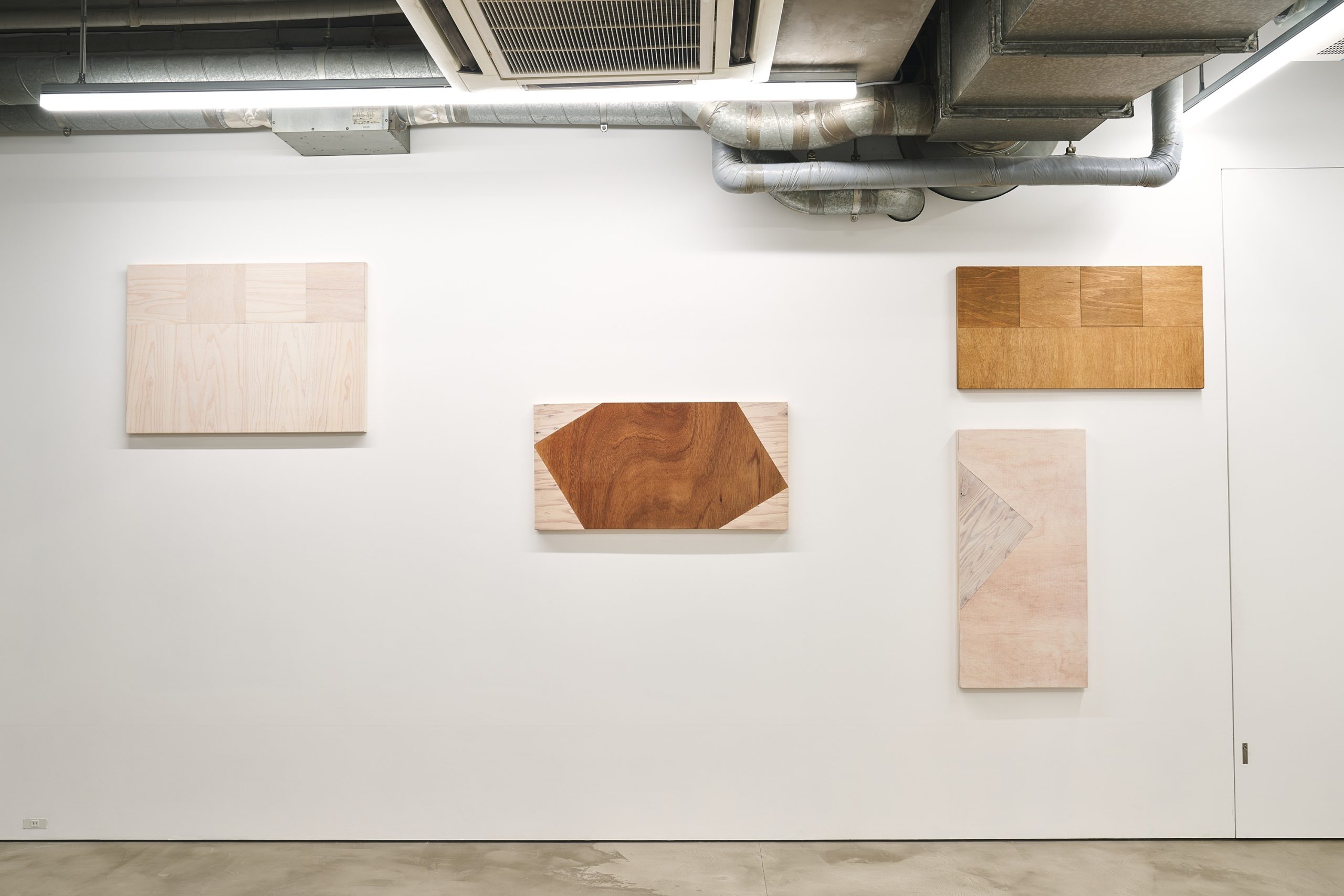
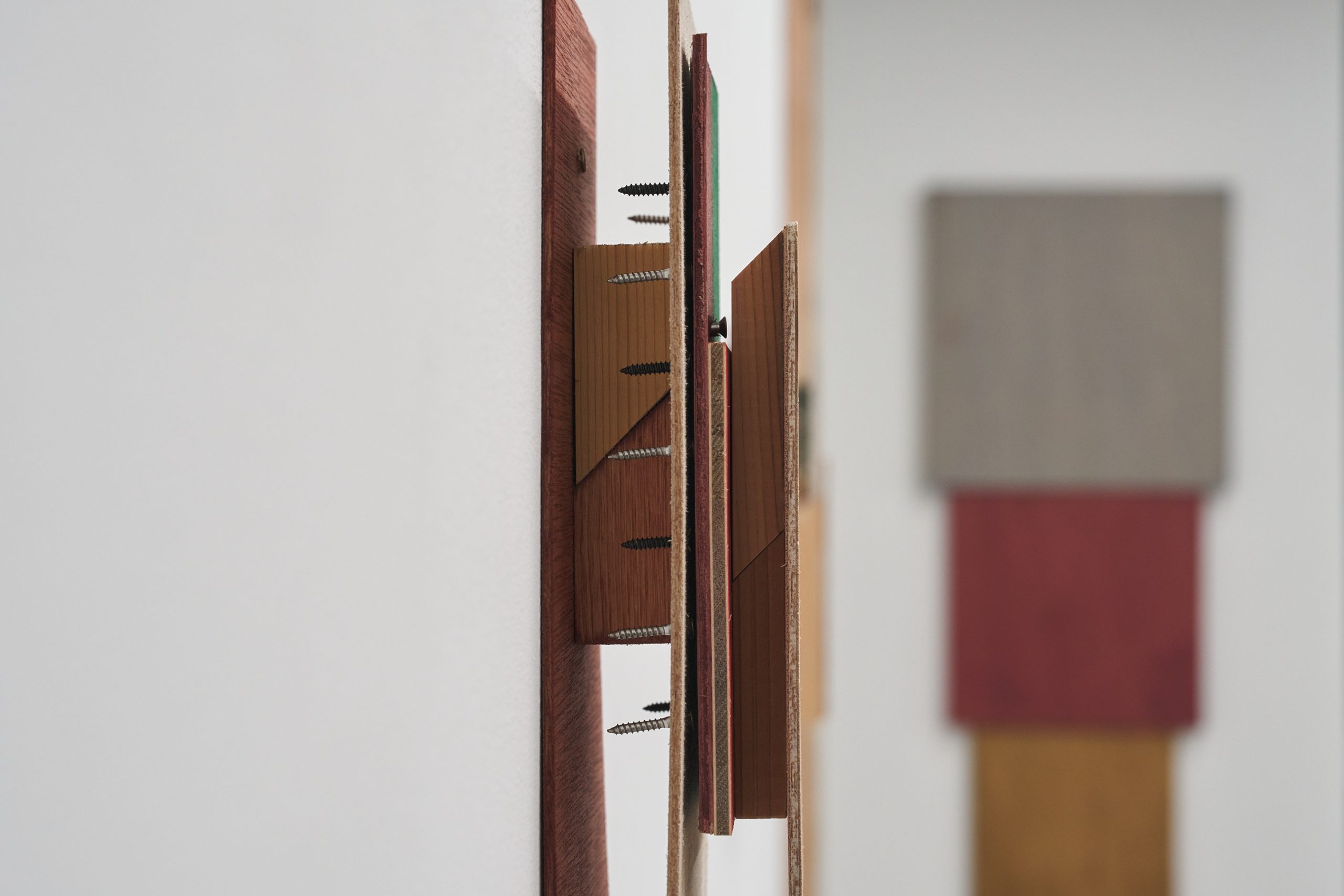
Mami HIRANO : METAMORPHOSES
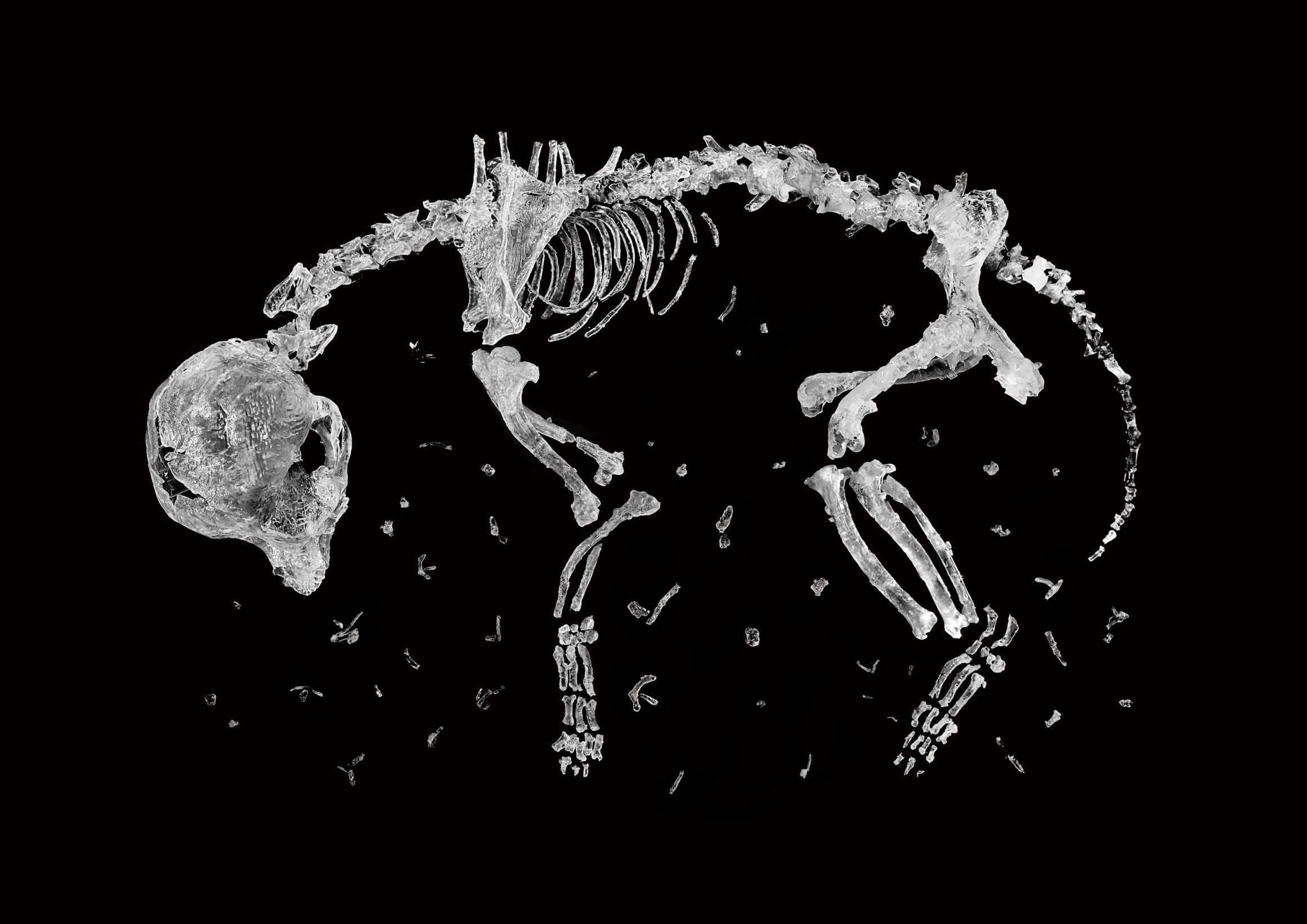
Metamorphoses_Resin skeleton
2024, C-print
29.7 x 42 cm
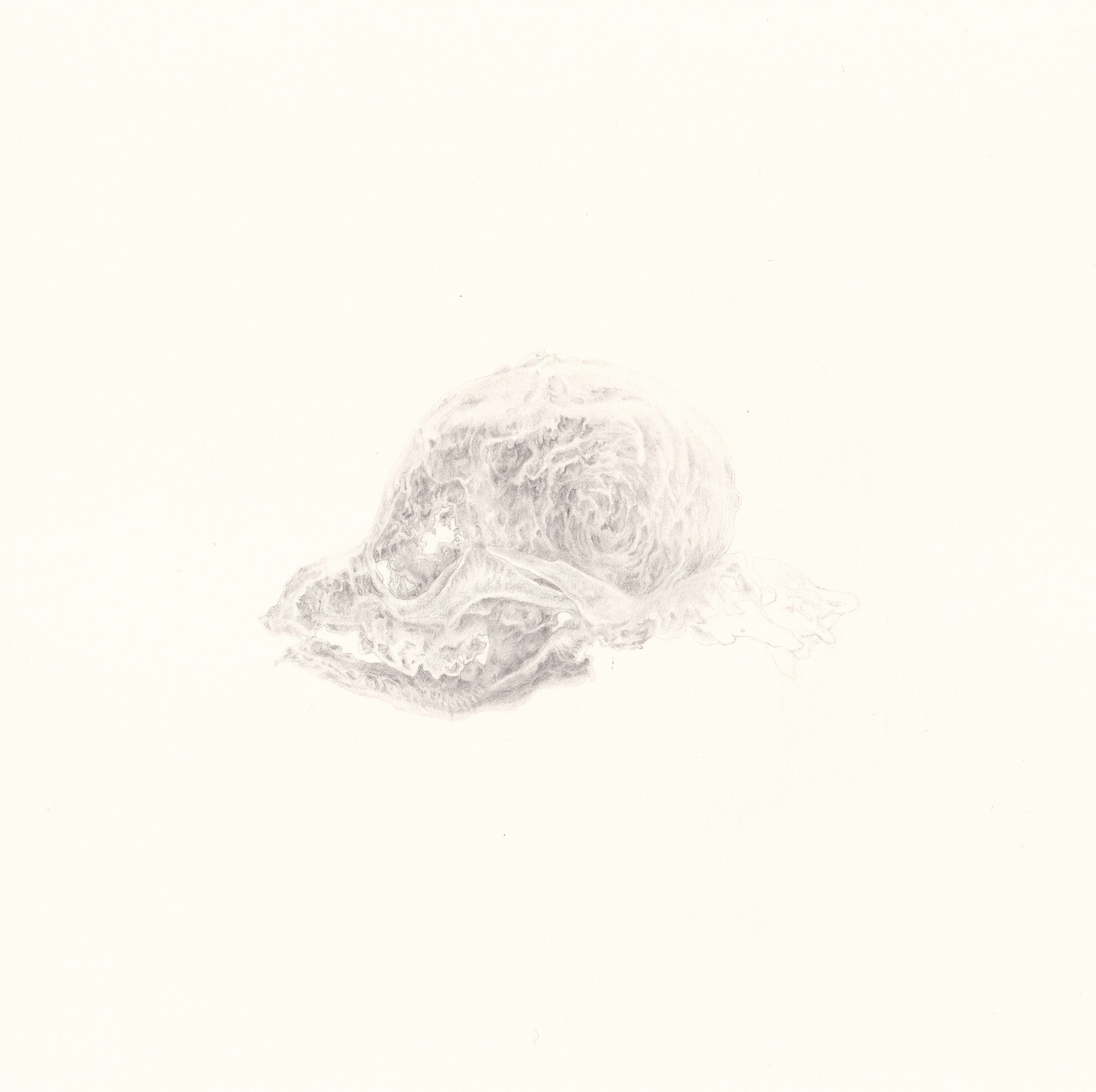
Metamorphoses
2024, pencil on paper
20 x 20 cm
Maki Fine Arts is pleased to present METAMORPHOSES, a solo exhibition by Mami Hirano. The exhibition will open on November 30 (Sat) and run until January 12 (Sun) 2025. This will be the artist’s second solo show with the gallery.
Hirano is best known for her work, Revive a Unicorn (2014–), an ongoing project that attempts to materialize an imaginary unicorn through elaborate fabrication of its skeleton, organs, muscles, and skin. Equally important as her lifework is METAMORPHOSES (2018–).
In METAMORPHOSES, Hirano CT scans an urn containing the skeletal remains of her deceased dog and 3D prints them as glass or ceramic objects. The work is a practical endeavor to preserve and eternalize the lost life in the actual world. The methods Hirano uses to bring the remains back to existence are pâte de verre, an ancient glasswork technique originating in Mesopotamia, and ceramics. Transformed by her meticulous craft, the objects emerge, as if illuminated from within the deep darkness, as a sublime monument of memory.
The exhibition unveils a new iteration of this ongoing project, expanded with newly introduced processes. The new pieces include X-ray photographs of the remains and a dog-shaped photographic composition consisting of drawings of the dog skull and 3D-printed resin bone parts. Also showcased is a newly created piece inspired by Latin text from the opening of the Roman poet Ovid’s work, from which the project draws its title. We invite you to witness the current state of the project evolving since 2018.
—
The remains of my beloved dog–who passed away in 2015 after battling illness for five years–still sit in my parents’ living room, not having been put to rest after cremation. When my dog was cremated, I wanted once more to see those small and beautiful remains that my family and I had touched. However, feeling as if the urn was filled with the air of that bittersweet time, I could not open its lid. Once opened, that lost time could never be put back.
One day in 2018, I decided to take a CT scan of the box containing that urn. I turned the scan data of the remains into 3D data and output it with a 3D printer. I then made a mold of the resultant resin version of the remains, transforming them into varied materials, such as glass or ceramic. This act becomes an opportunity to amplify the entirety of this being, who lost everything and all memory at the boundary of death. By touching these varied materials and seeing this figure transform with its beauty intact, I have also come to accept my own transformations.
Modern funerals have kept death away from everyday life so that eventually, the dead no longer exist in society. The dead, hidden under heavy tombstones or in urns, are transformed repeatedly through my funeral methods; I do not lose them. That transformation process is told in this story. — Mami HIRANO
—
Mami HIRANO
Born 1989 in Gifu, Japan, Mami Hirano graduated from Tokyo University of the Arts with an MFA in Intermedia Art in 2014. By choosing subject matters that are both real and imaginary–such as a unicorn and her beloved dog who was battling an illness–and faithfully producing all the elements that make up those life forms including bones, innards, muscles, and skin, Hirano creates works about the structures of these life forms, the preservation of life, and the topic of resuscitation. Her works are a deep reflection on absence and death, preservation and creation, and recognition and existence; and invites viewers in this modern age to ponder on how we should face these contemplations.
Hirano’s major shows include, Minami HIDA Art Discovery (2024), Invisibles in the Neo City (2023-24, SusHi Tech Square), solo show (2023, WHITEHOUSE Nao Nakamura), Imaginary Lesson (2023, Maki Fine Arts), Ab-sence/ac-ceptance (2021, The Museum of Fine Arts, Gifu), METAMORPHOSES (2021, 3331 Arts Chiyoda) and Frankenstein in 2018: Bio-art throws light on art, science, and society today (2018, EYE OF GYRE).
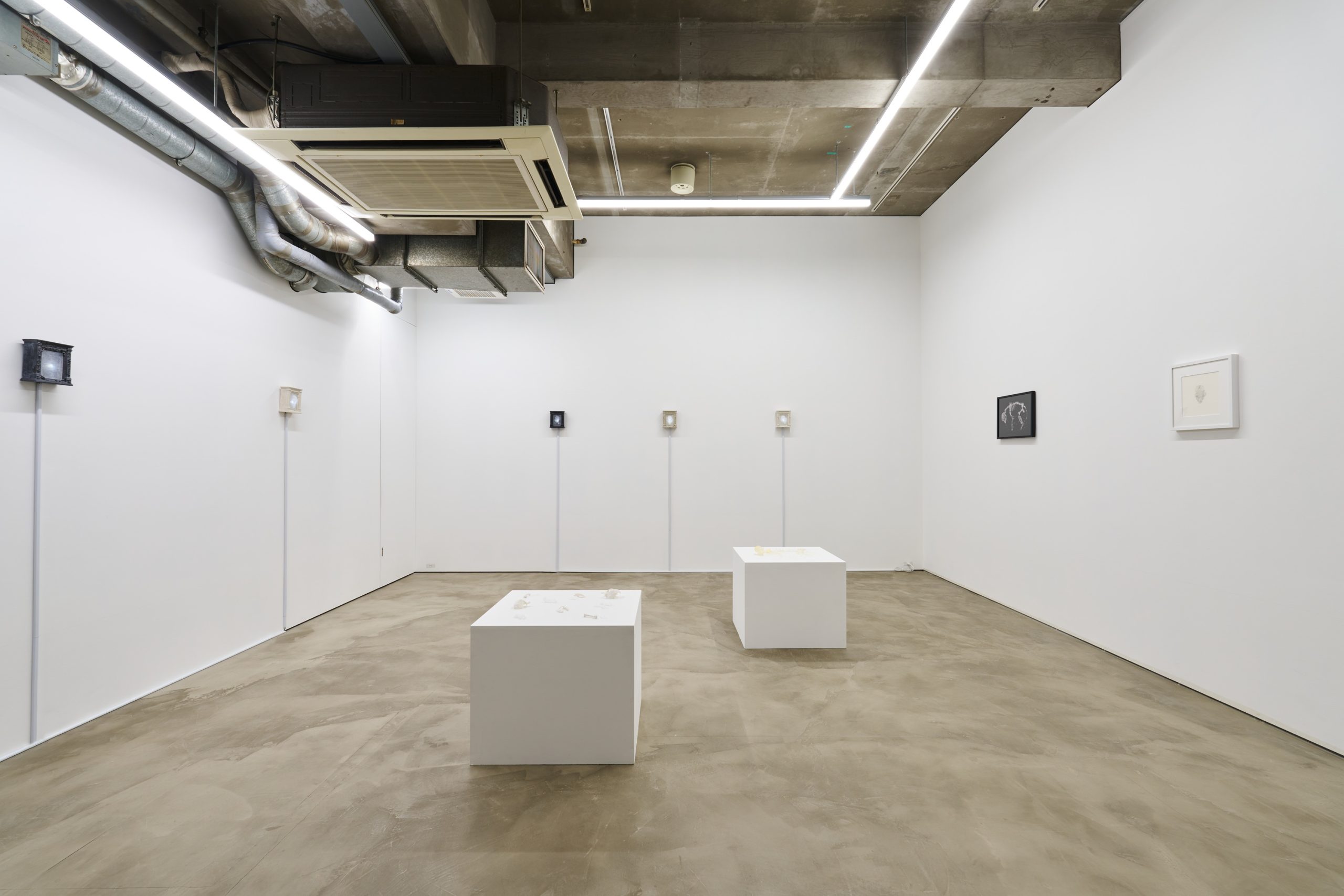
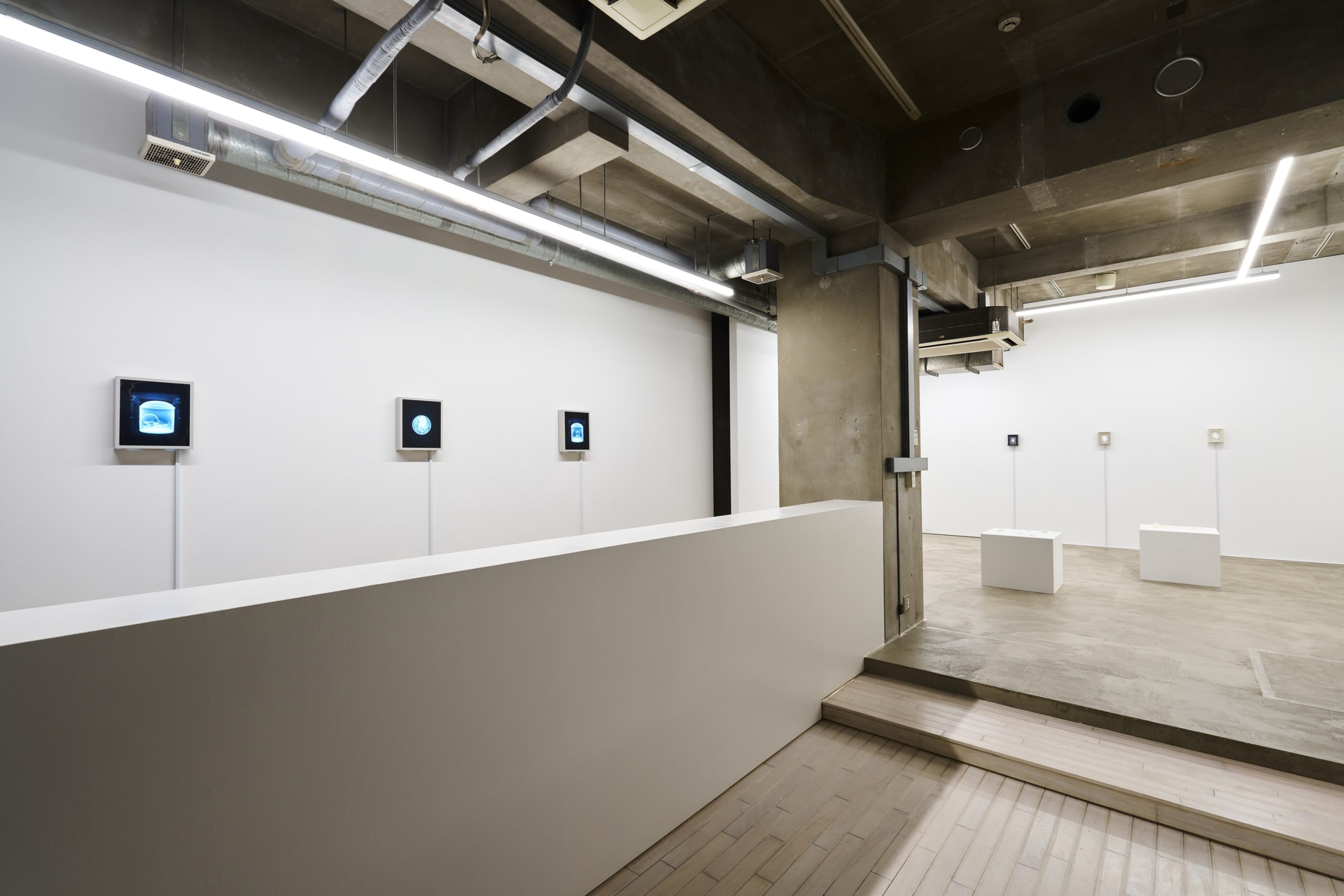
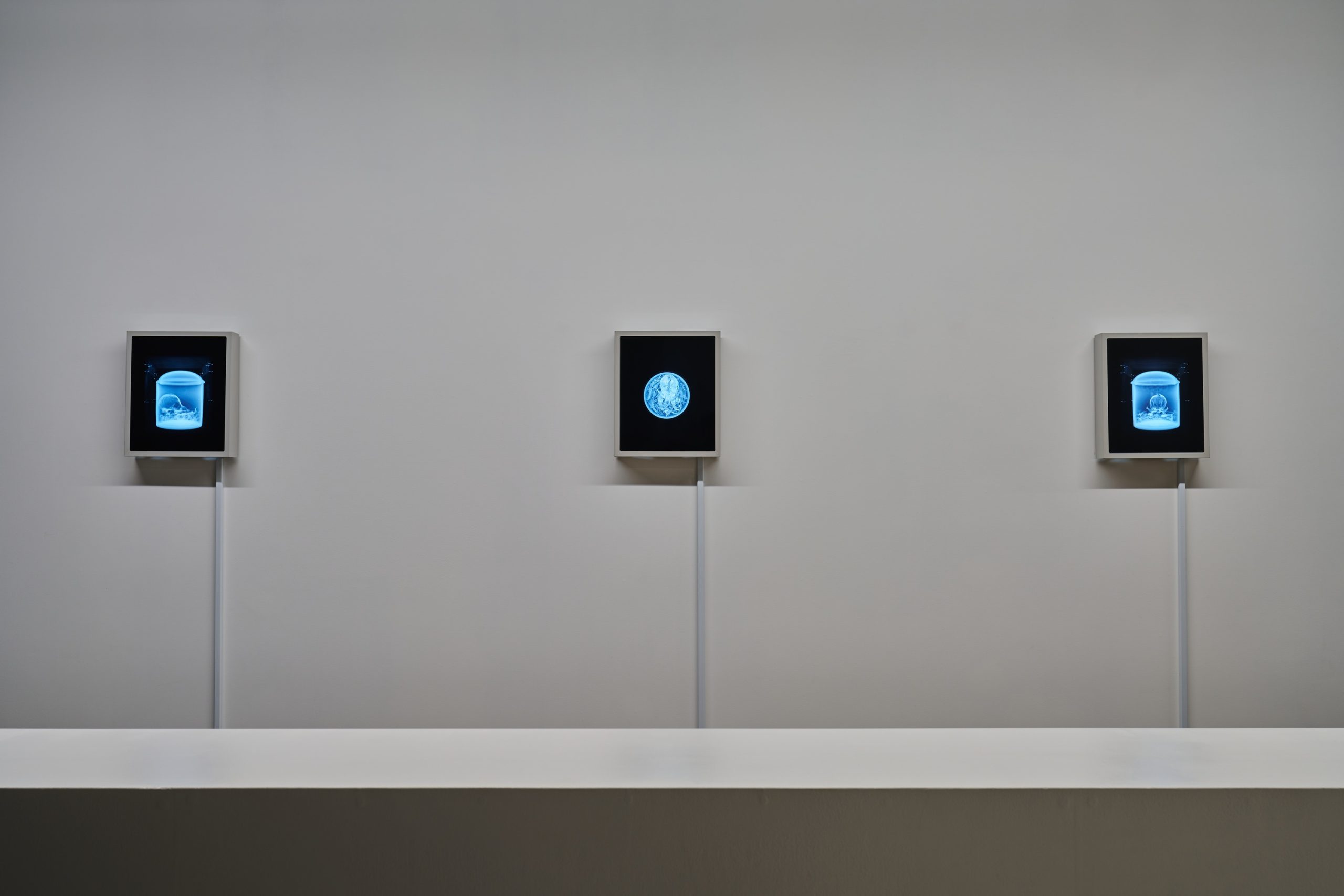
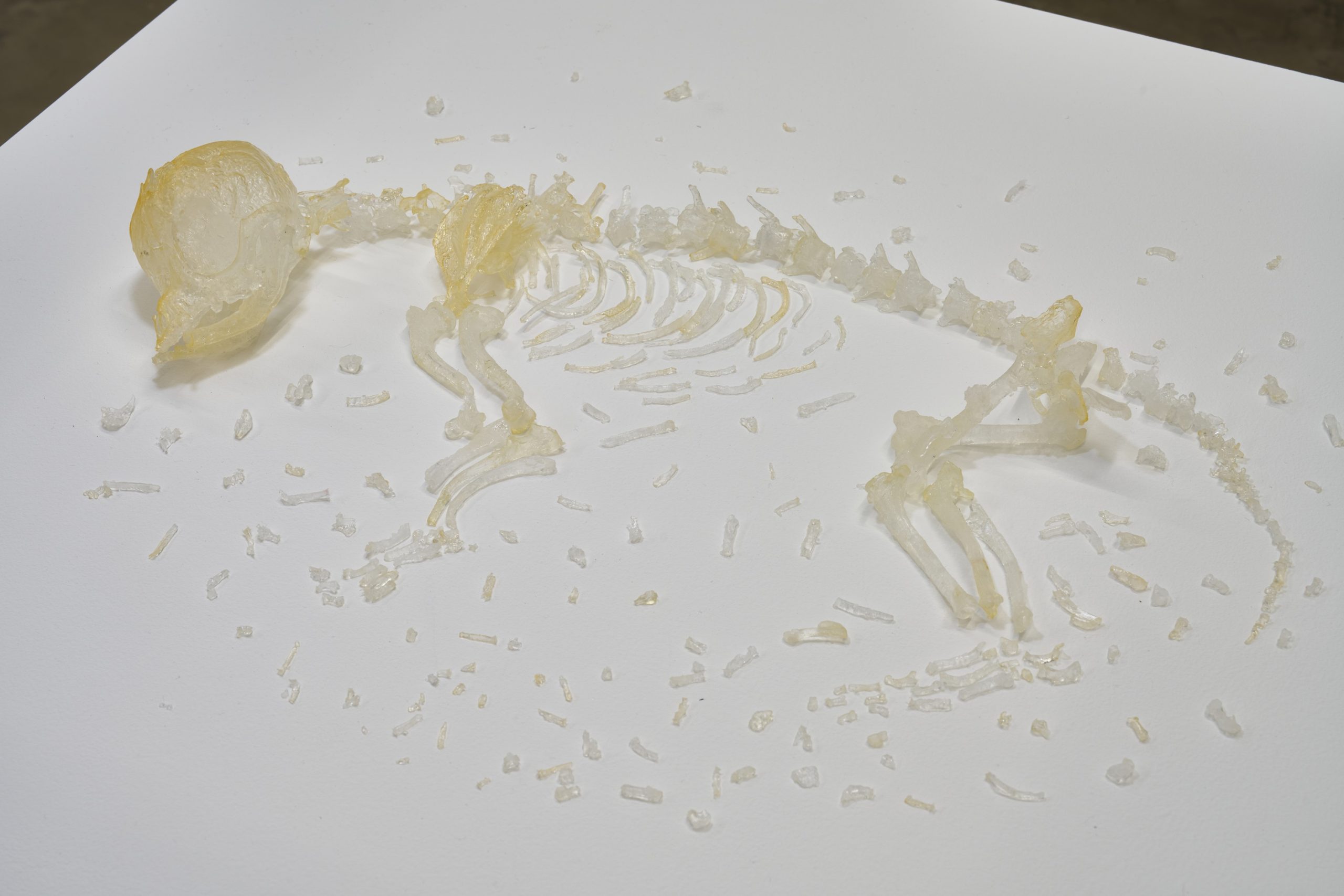
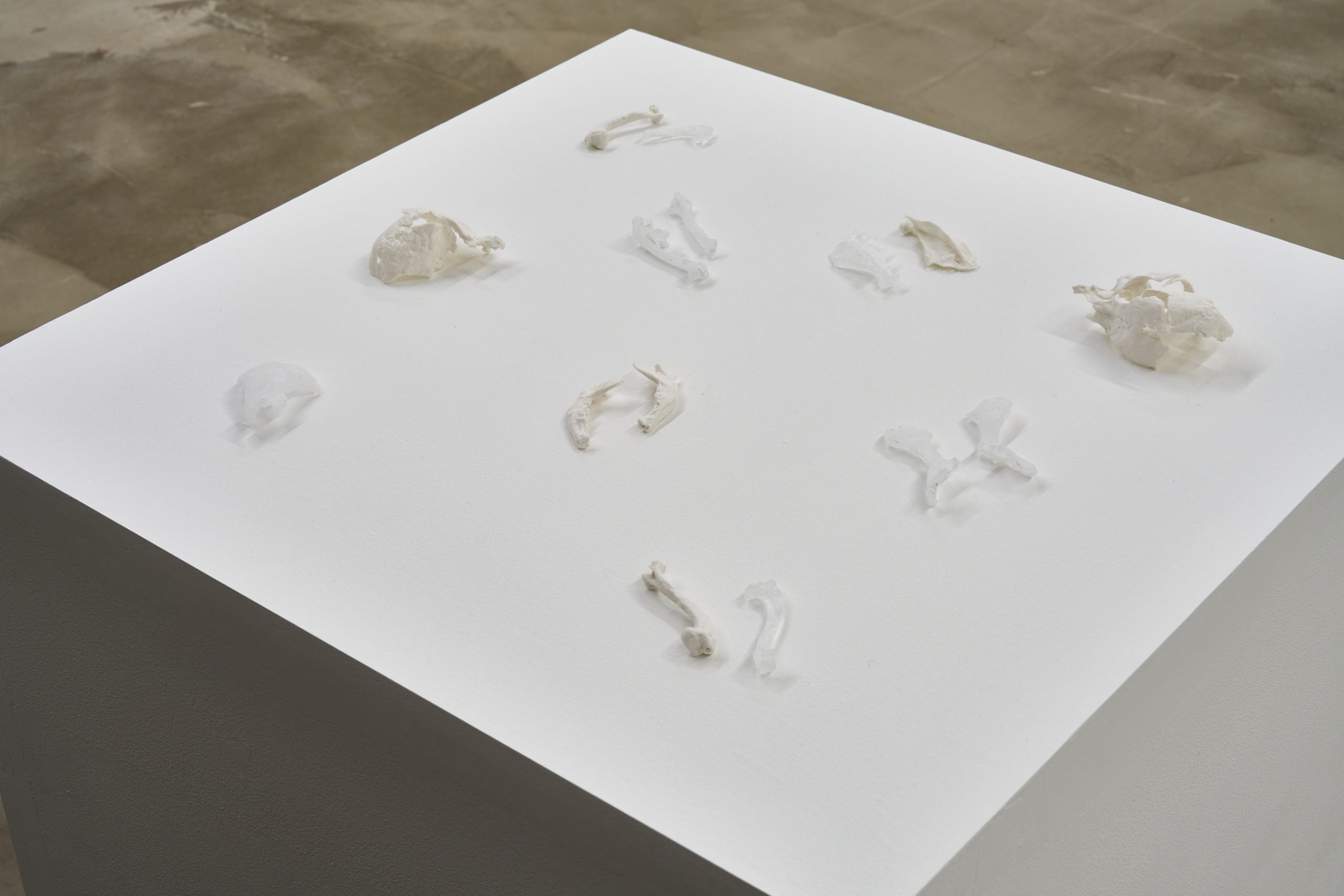
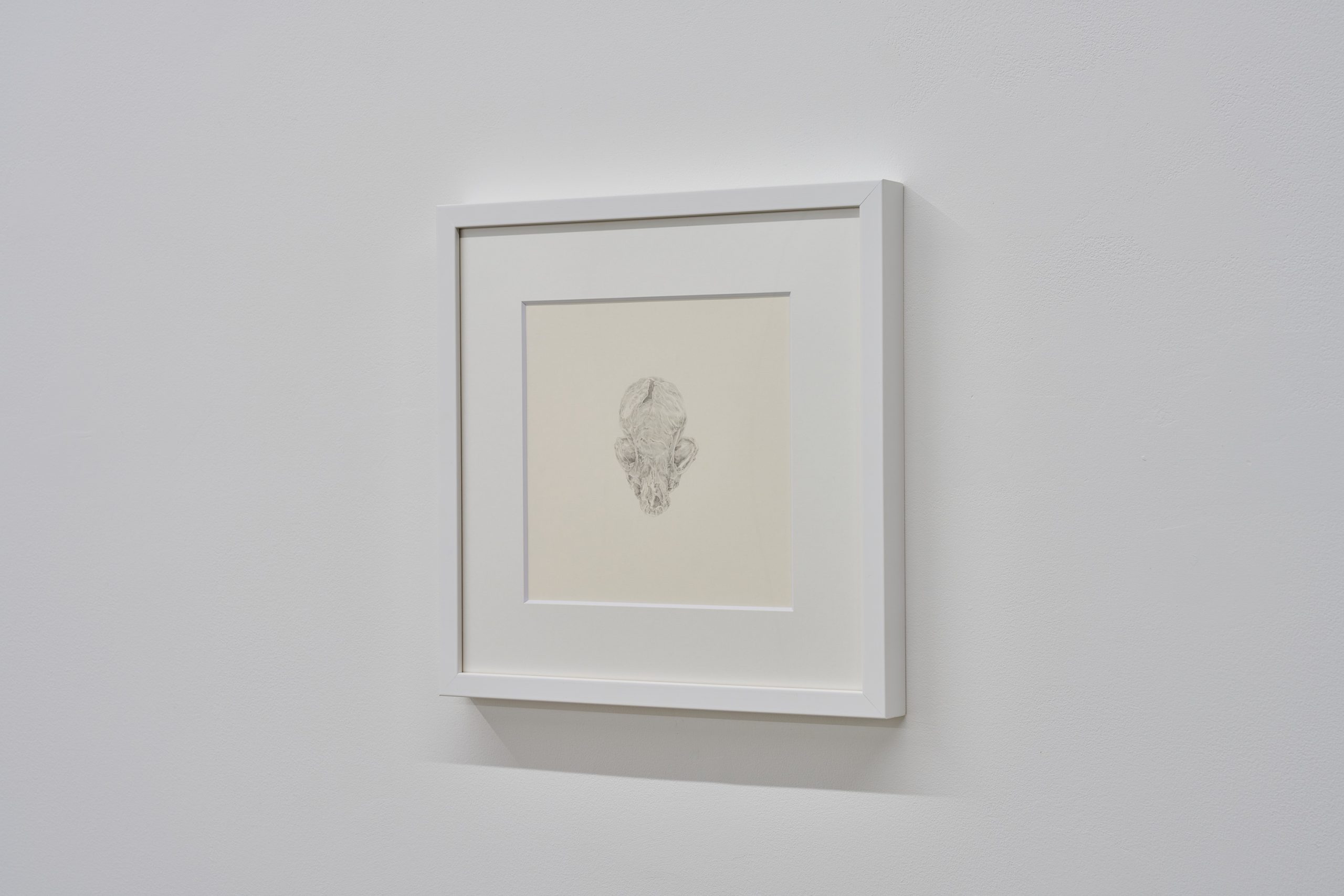
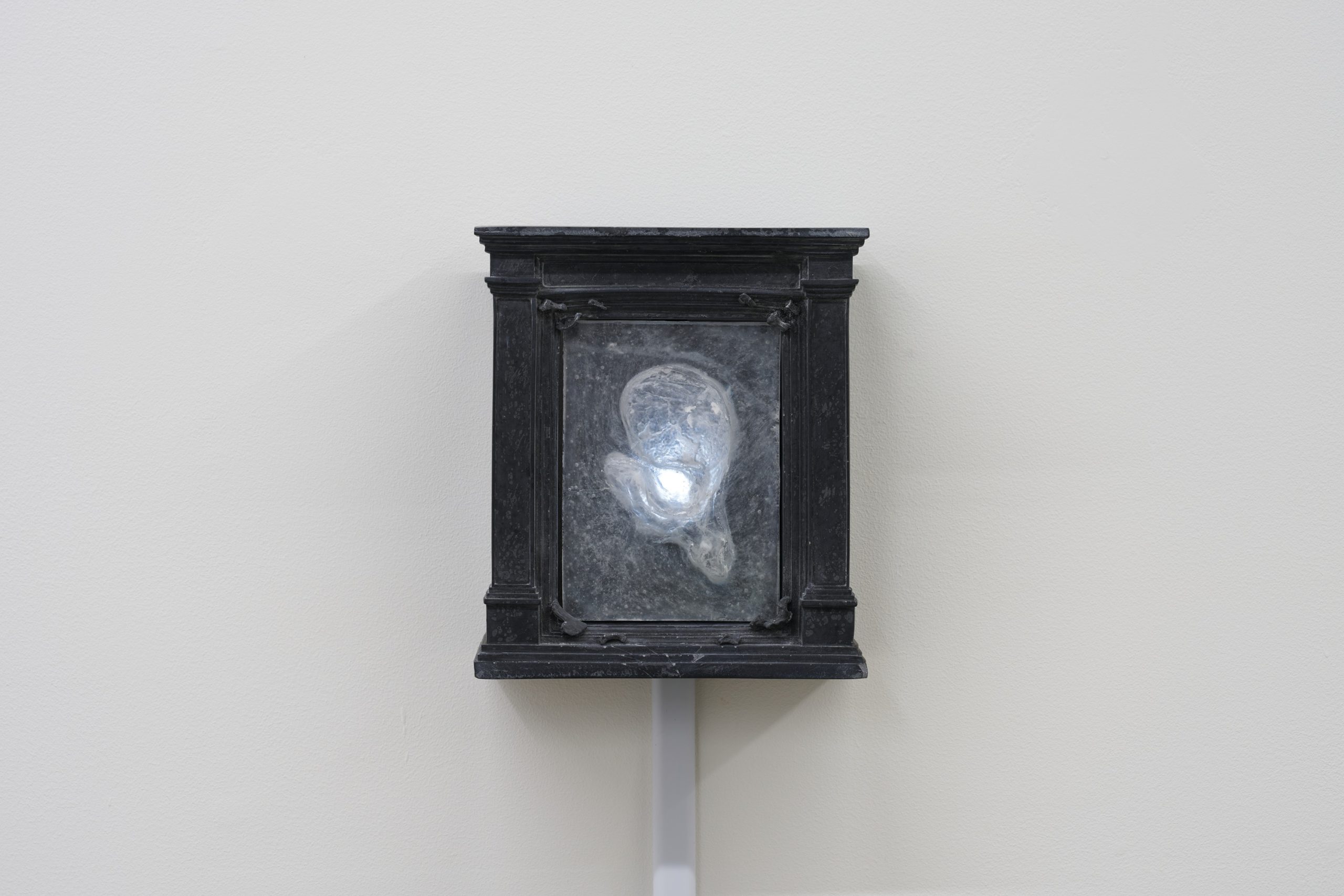
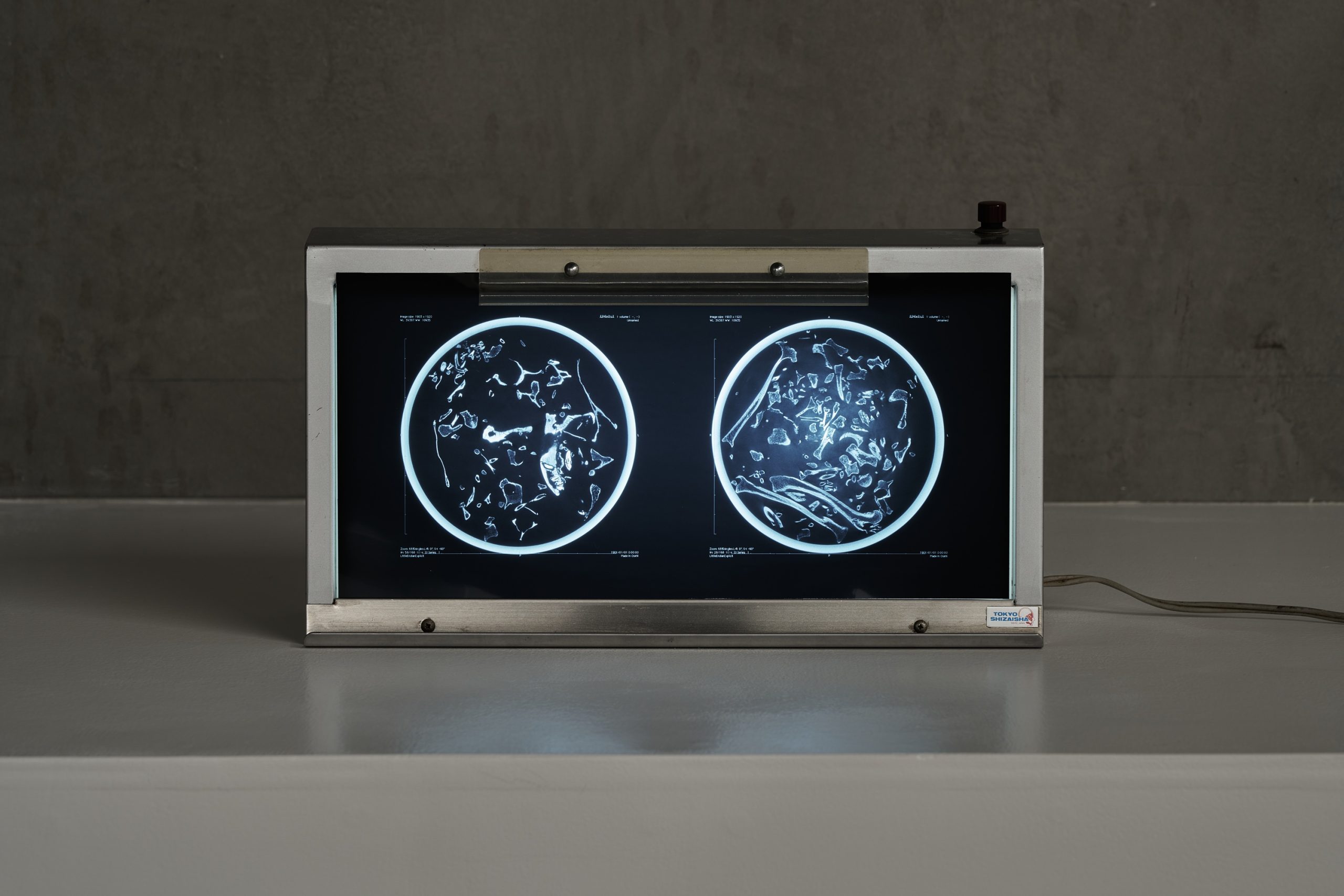
Katsuhisa SATO : KARA / KUU / SORA – PPA
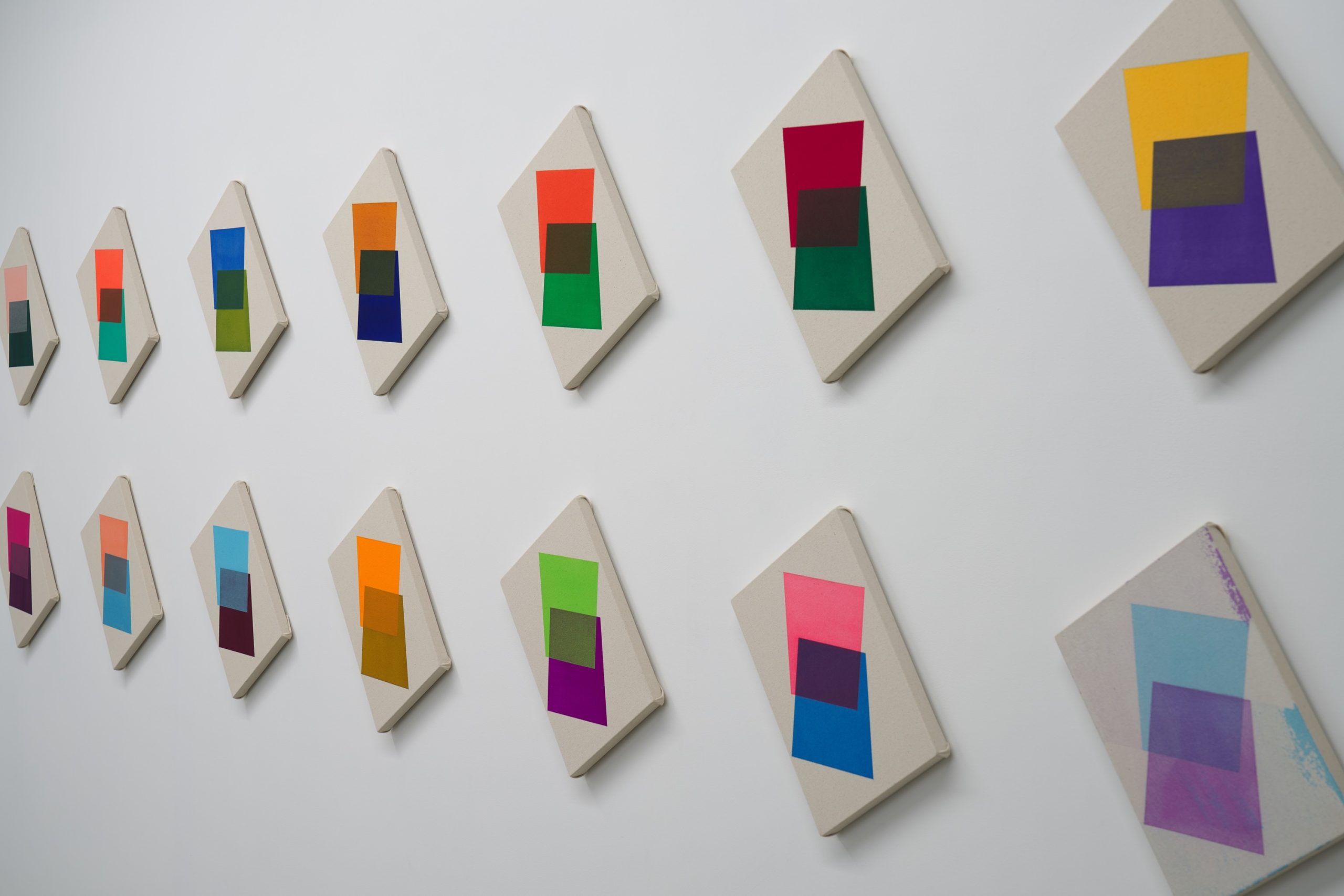
absence of mind
2024
Acrylic on canvas
each 33.3 x 24.2 cm
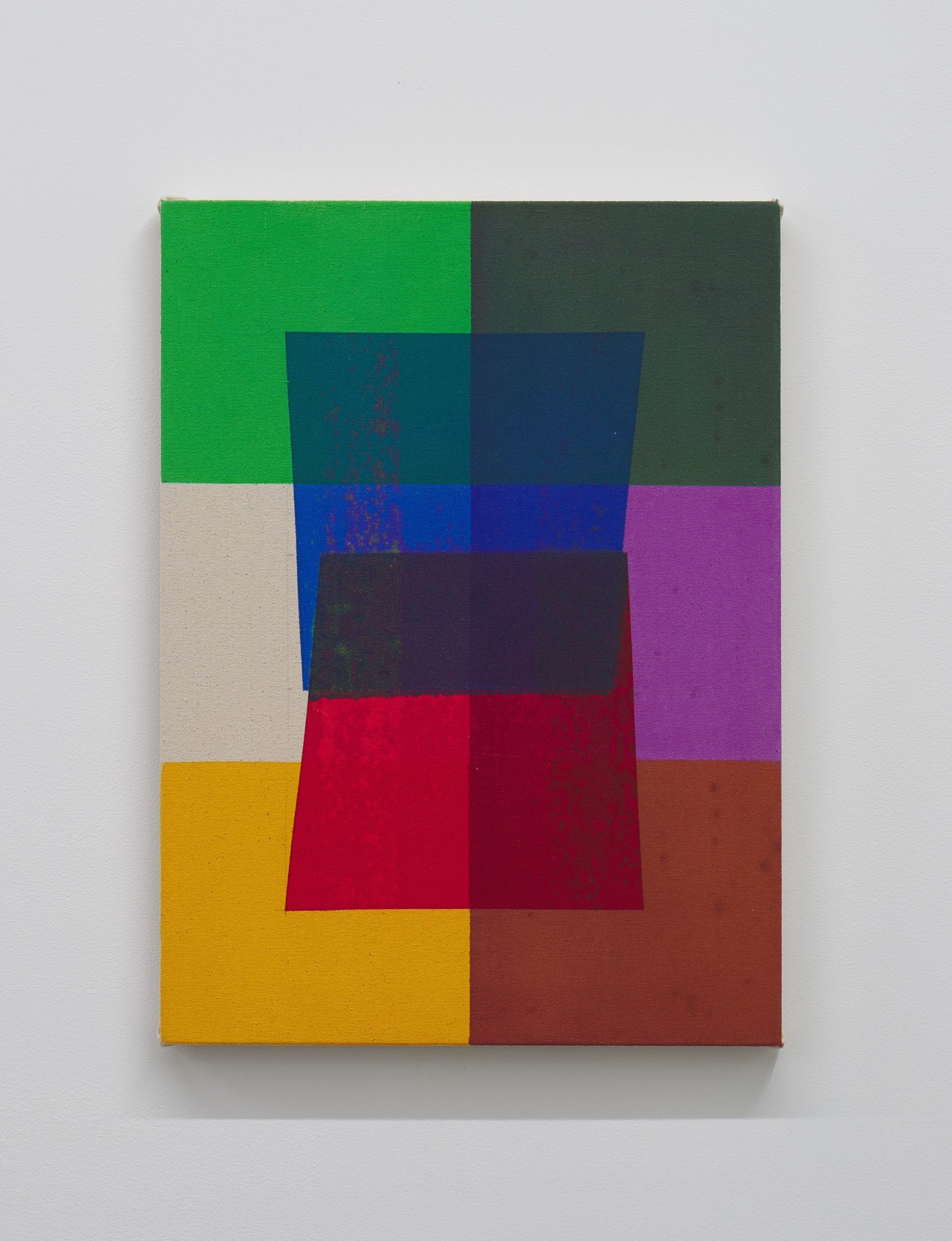
absence of mind
2024
Acrylic on canvas
45.5 x 33.3 cm
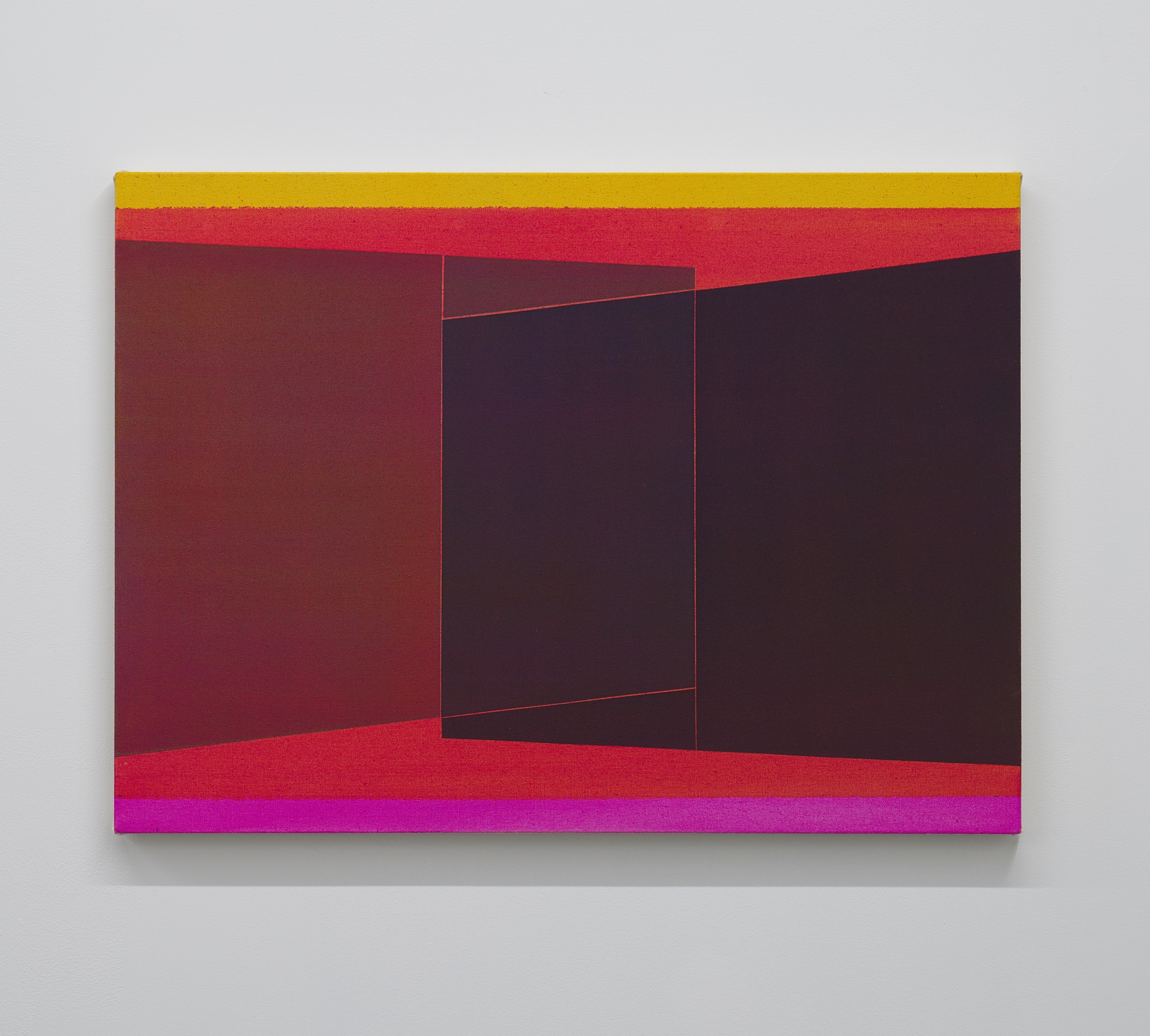
absence of mind
2024
Acrylic on canvas
53 x 72.7 cm
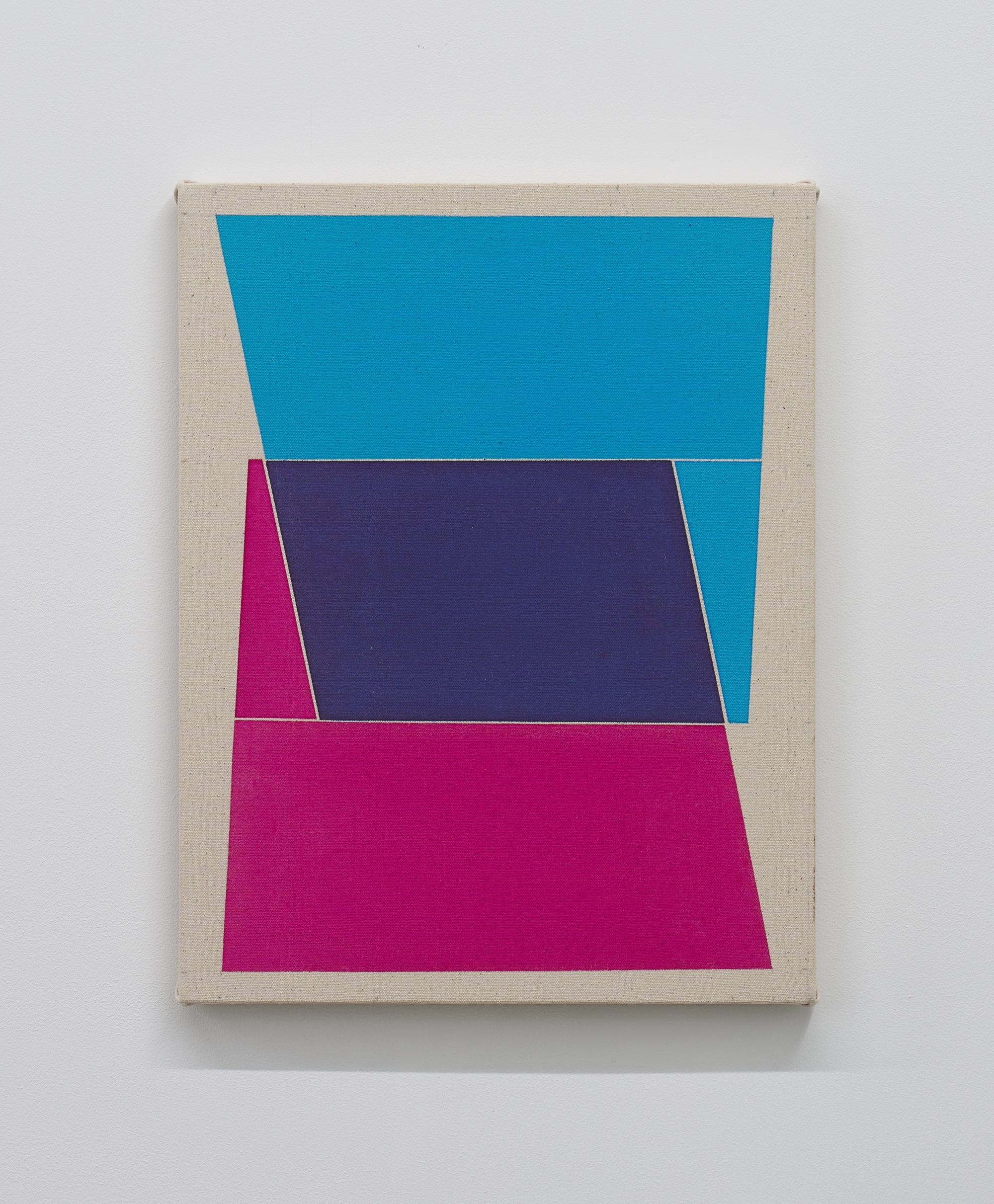
absence of mind
2024
Acrylic on canvas
41 x 31.8 cm
Maki Fine Arts is pleased to present KARA / KUU / SORA – PPA, a solo exhibition of new artworks by Katsuhisa Sato to be held from September 14 (Sat) until October 13 (Sun).
Sato’s works have exploited the system and format of painting as their subject matter to explore the relationship between color and form. While his playful and humorous works exude lightness, the paradox hidden inside them provokes thoughts about the state of painting.
The exhibited new paintings, created using the staining technique, contain perspective rectangles that are repeated in the same configuration with partial overlaps. The overlapped areas consist of blends of the two colors and simple composition. The resulting pieces are described by Sato as “paintings anyone could create.” “True masterpieces are born when you fully understand where you stand and strive to infuse your works with your ideas and copious knowledge but ultimately leave behind all of them.” Sato’s paradoxical theorem is captured in the works’ title, Uwa no Sora [absence of mind] .
We invite you to experience the tension created on canvas by autonomous forms, the rich variations produced by changing brushstrokes, and the chromatic rhythm generated by a large volume of juxtaposed pieces.
Katsuhisa SATO
Born in 1973, Hiroshima, Japan. Sato received his MFA from Aichi Prefectural University of Fine Arts and Music. Recent shows include “Fuminao SUENAGA, Katsuhisa SATO | ERROR”(group, THE POOL, 2024), Group Show(MtK Contemporary Art, 2024), solo show (See Saw gallery+hibit, 2023), Same Thing (solo, SHINBI GALLERY, 2023), Insight 28 ”hang” (group, Yoshimi Arts, 2023), Collection Beginning – Multiverse / Cat (group, Toyota Municipal Museum of Art, 2023), SHOUONJI ART PROJECT 28th Katsuhisa Sato ”surface / ecafrus” (solo, SHOUONJI, 2021). He is an associate professor at Nagoya Zokei University. His works have been added to collections at The National Museum of Art, Osaka, Toyota Municipal Museum of Art.

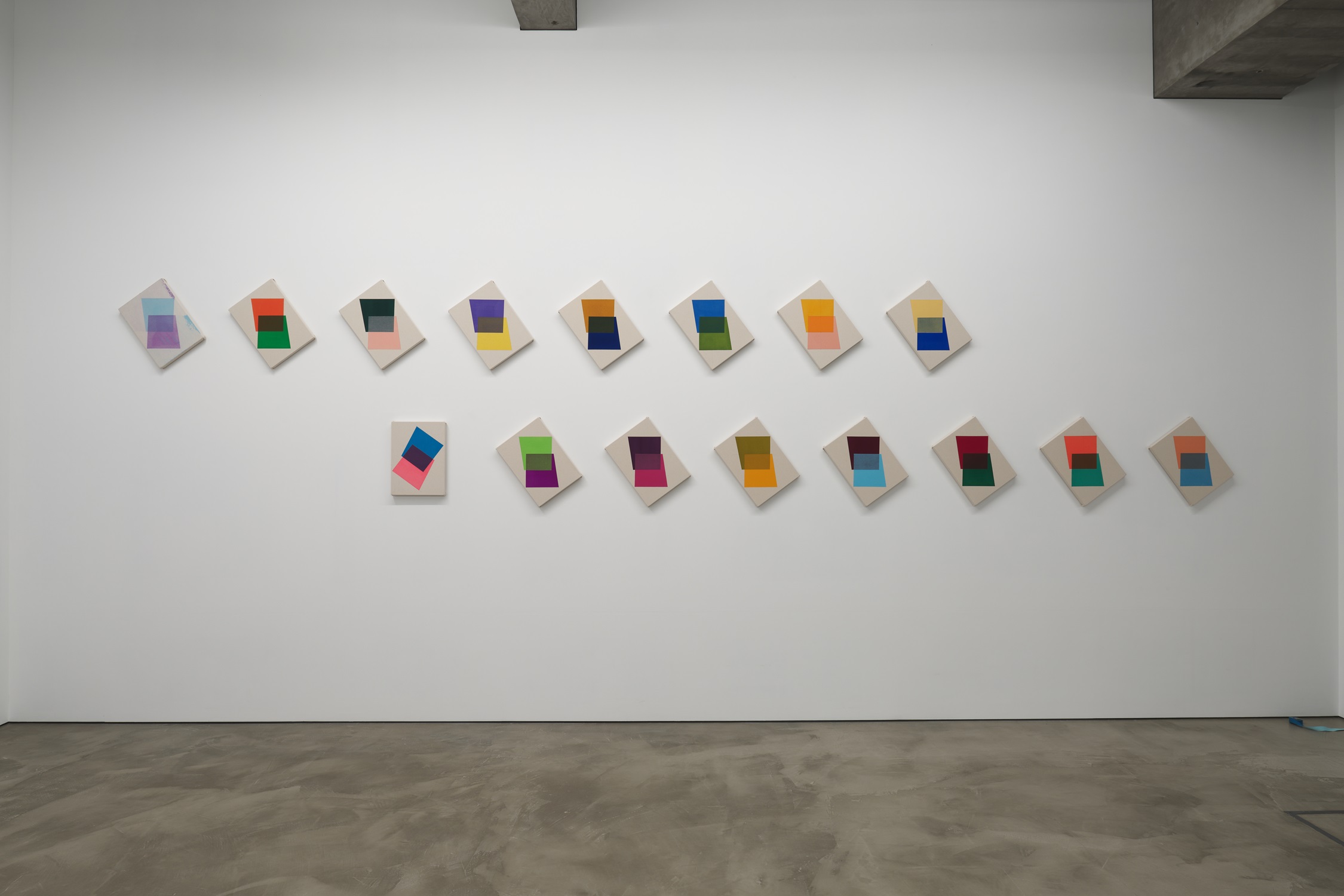
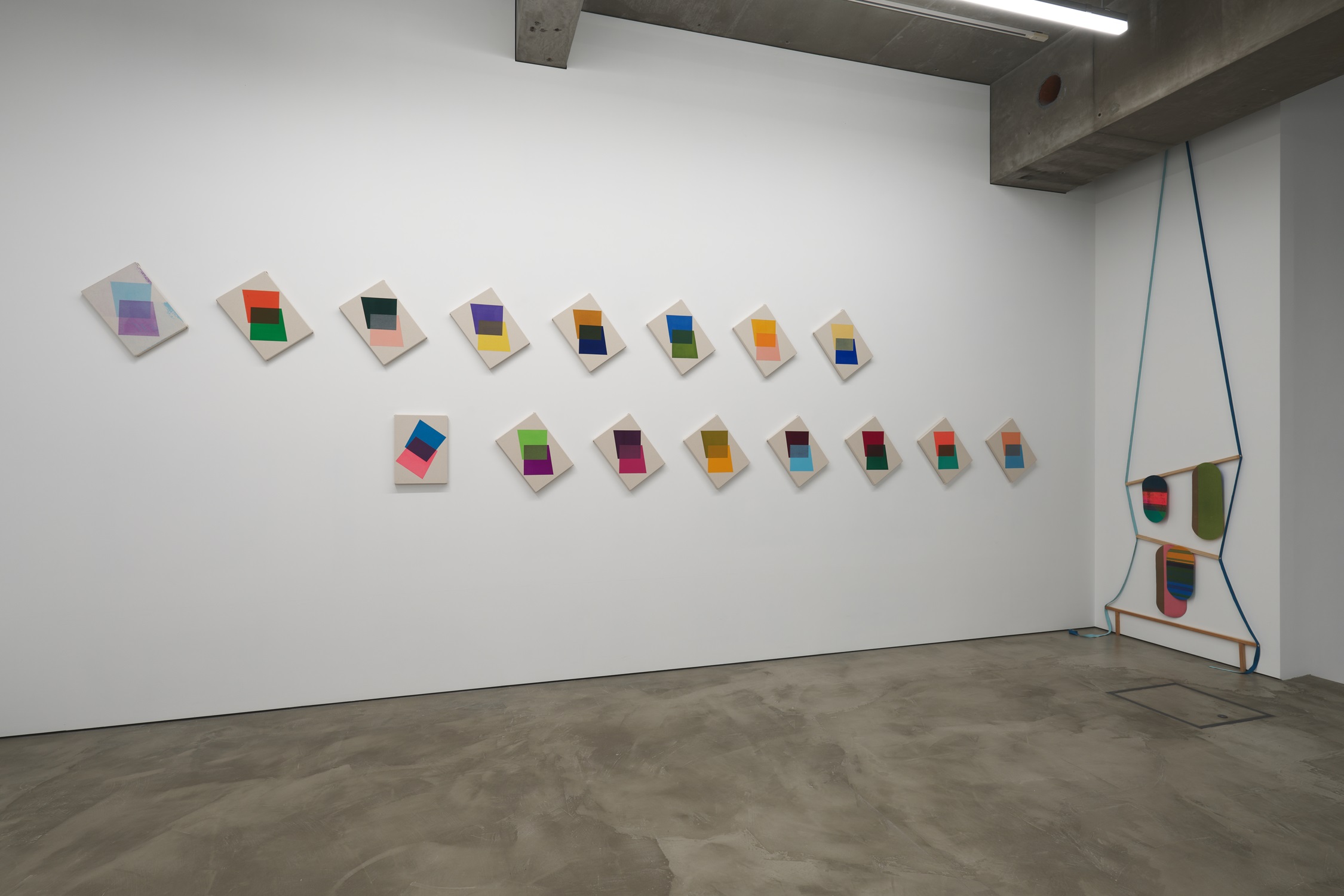

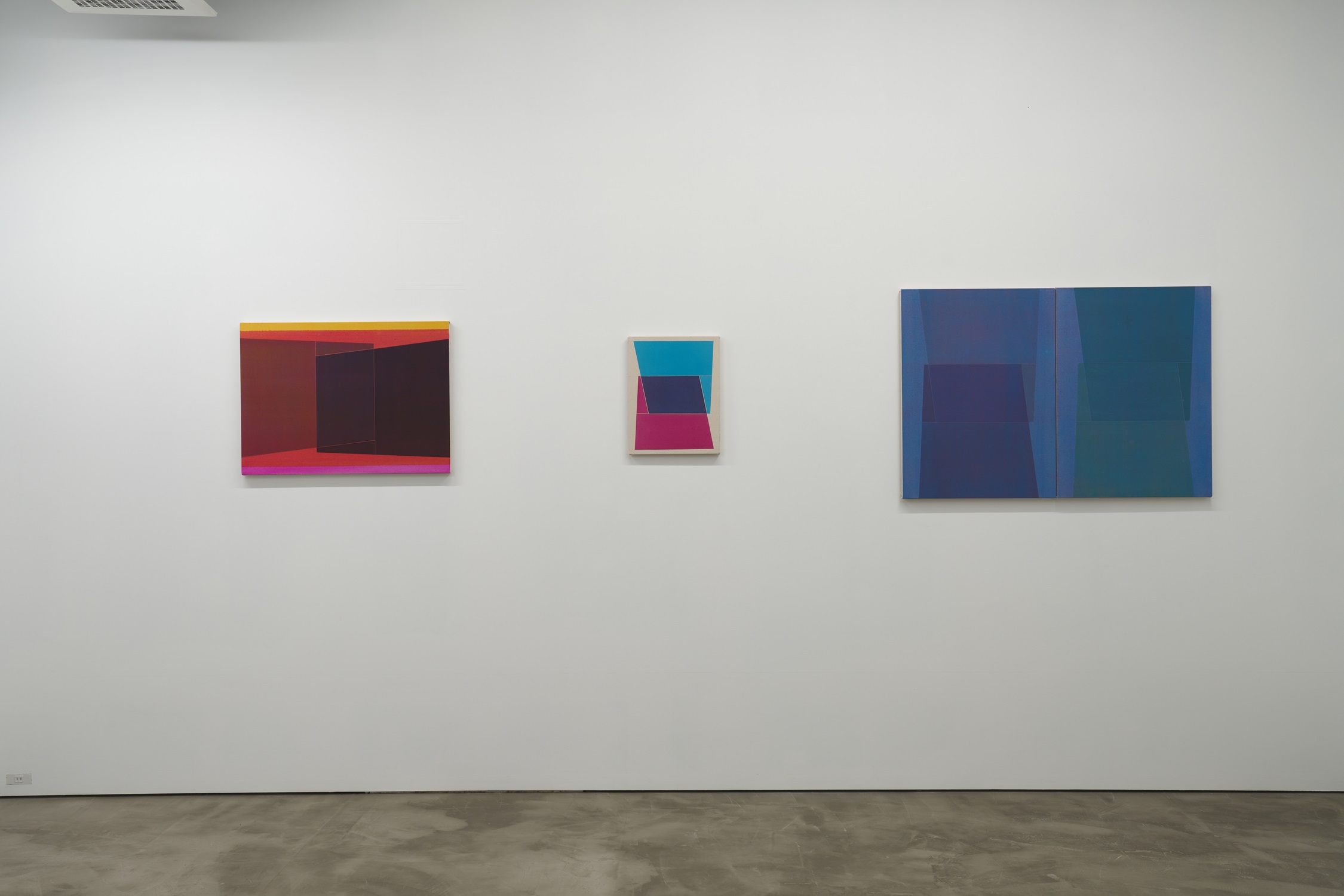
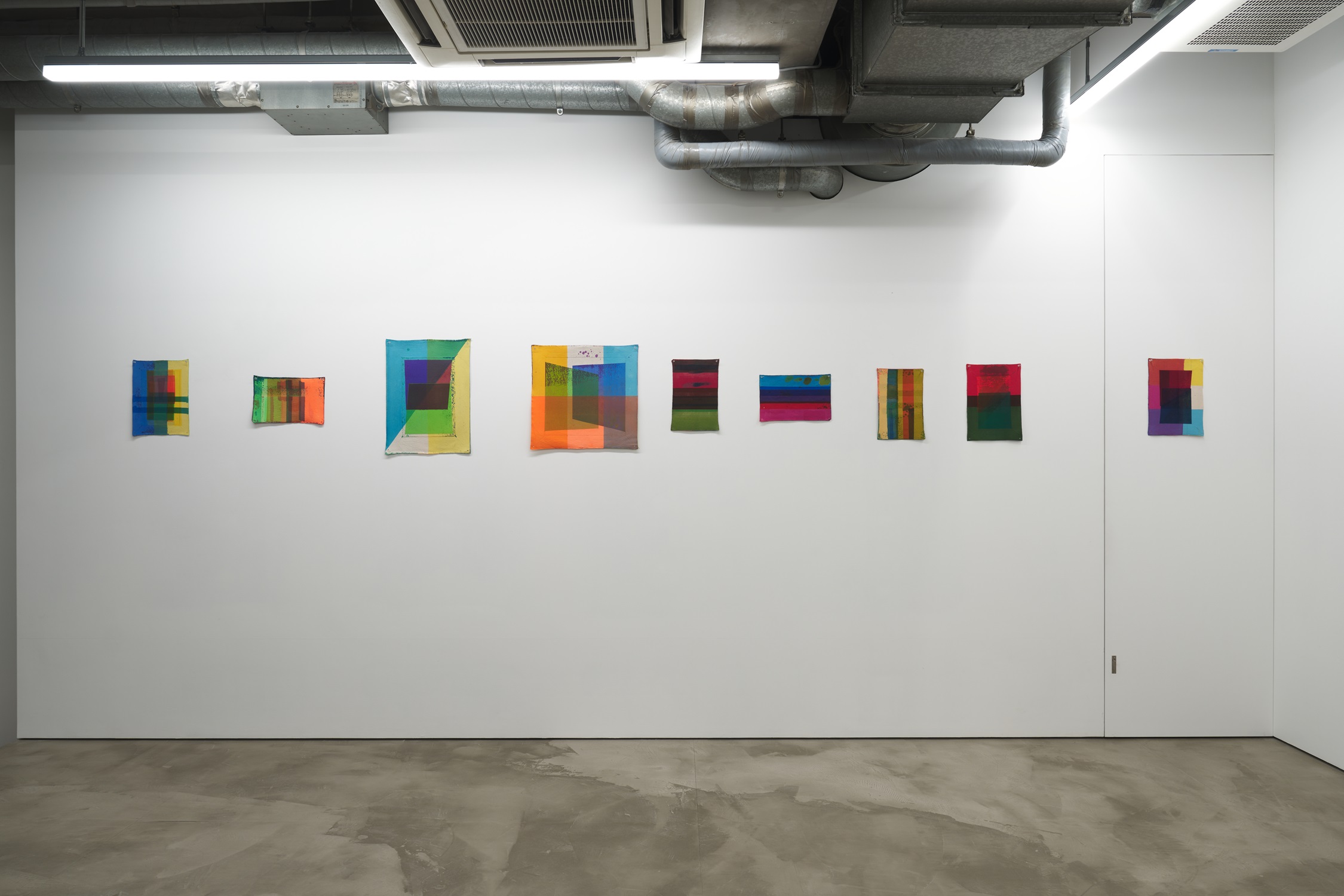
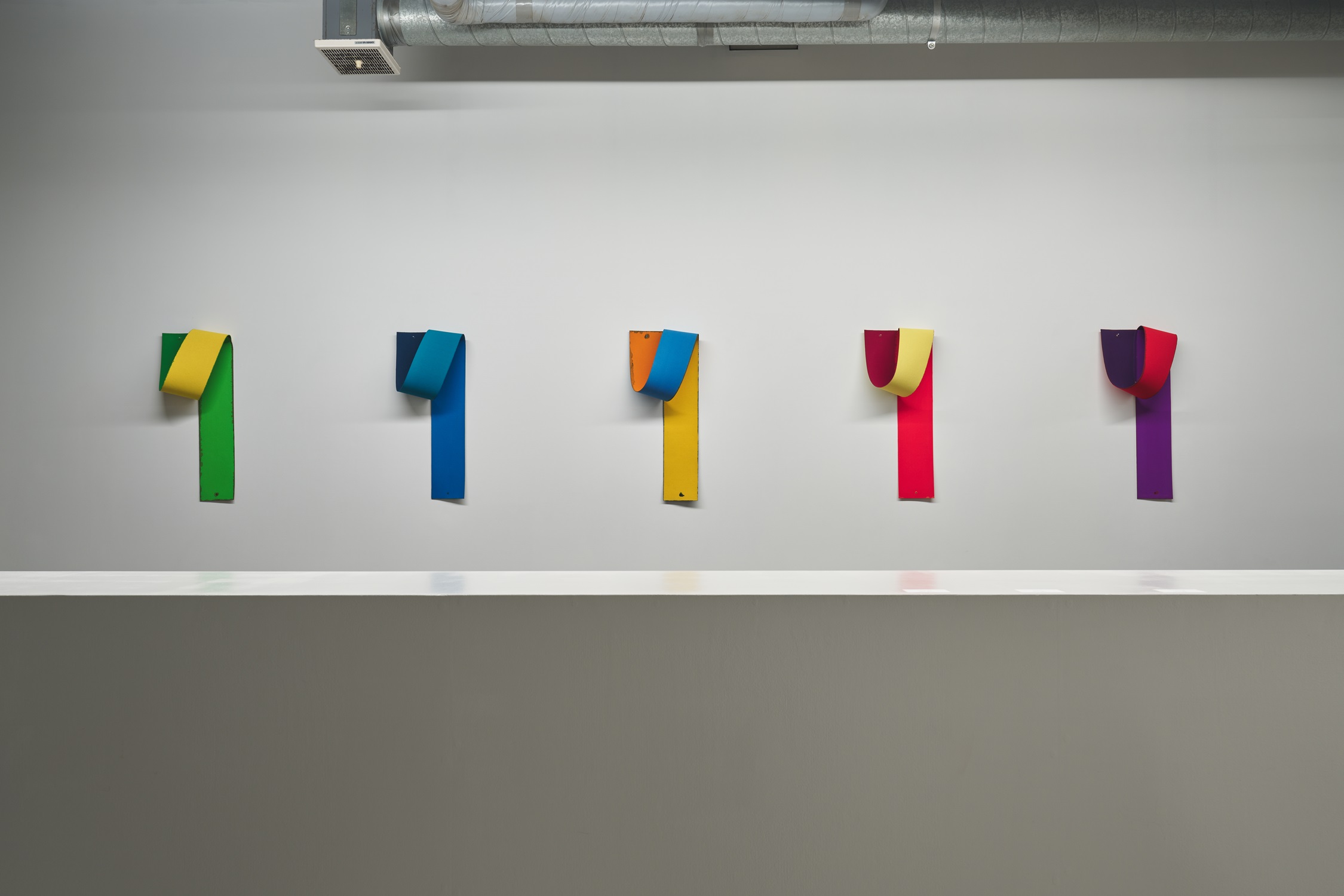

Abstractions – from a certain point –
Yasuko Toyoshima, Katsuhisa Sato, Fuminao Suenaga, Shoko Masunaga
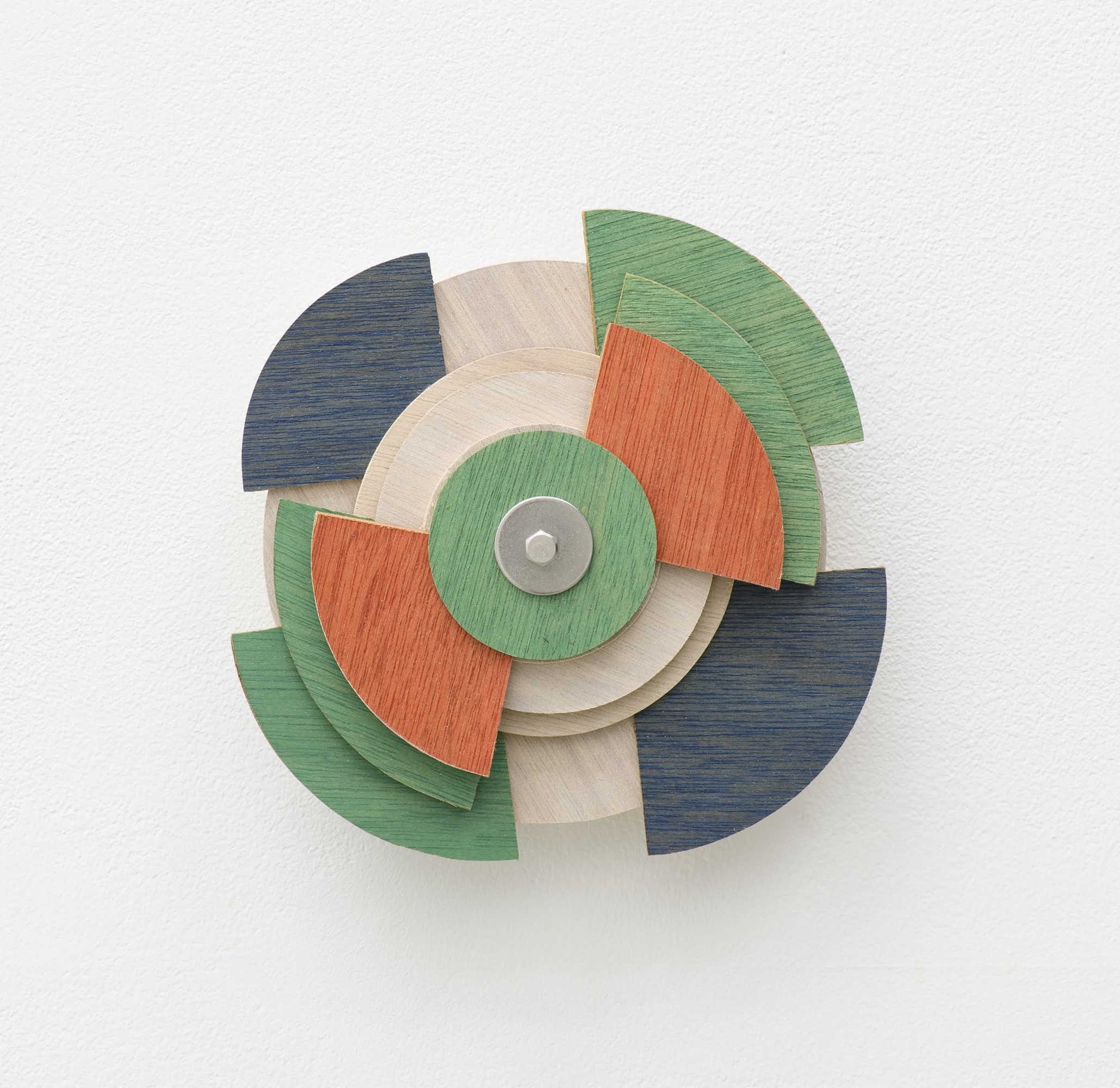
The Copernican Theory_2020 Khanun
2020
Wood, natural paint, bolt and nut, flat washer
17.5 x 17.5 x 4.9 cm
Yasuko TOYOSHIMA
By taking a critical look at institutions and systems found in everyday life and in our society, Toyoshima focuses on creating works that shed light on the patterns found in human thought.
Born in 1967, Saitama, Japan. Toyoshima received her MFA from Tokyo University of the Arts. Recent shows include Origination Method (solo, Museum of Contemporary Art Tokyo, 2023-24), Group Show – Yasuko Toyoshima, Ryosuke Ogino, Makoto Ito (group, 2023-24, Maki Fine Arts), Enclosure(solo, M gallery, 2021), Alternating Current 2021(solo, Galleria Finarte, 2021), PUBLIC DEVICE – Symbolism and Permanence of Sculpture (group, The University Art Museum, Tokyo University of The Arts, Tokyo, 2020).
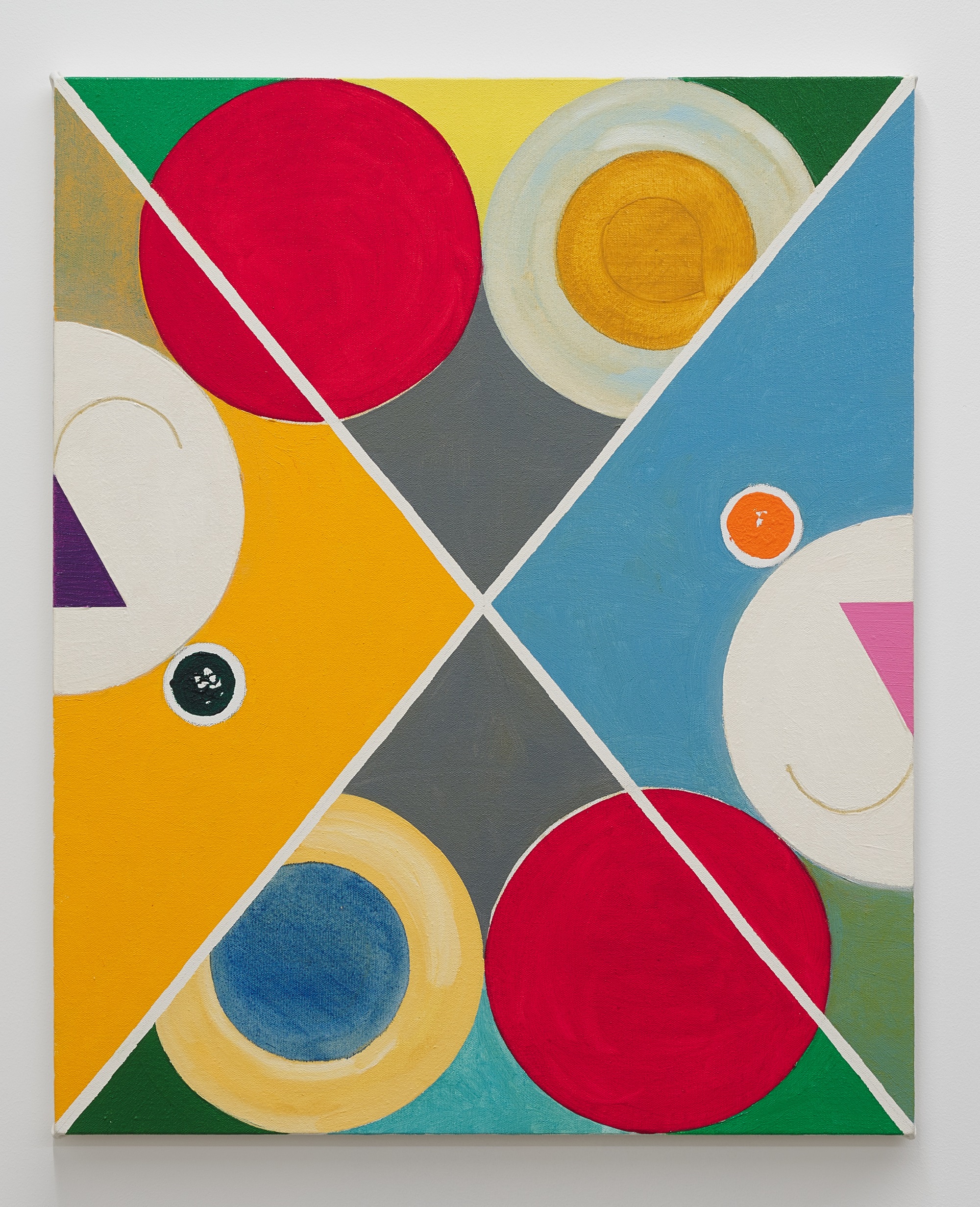
face to face
2019
Oil on canvas
65.2 x 53 cm
Katsuhisa SATO
Sato explores the relationship between color and form with humor, using the system and form of painting as his subject matter.
Born in 1973, Hiroshima, Japan. Sato received his MFA from Aichi Prefectural University of Fine Arts and Music. Recent shows include solo show (See Saw gallery+hibit, 2023), Same Thing (solo, SHINBI GALLERY, 2023), Insight 28 ”hang” (group, Yoshimi Arts, 2023), Collection Beginning – Multiverse / Cat (group, Toyota Municipal Museum of Art, 2023), SHOUONJI ART PROJECT 28th Katsuhisa Sato ”surface / ecafrus” (solo, SHOUONJI, 2021).
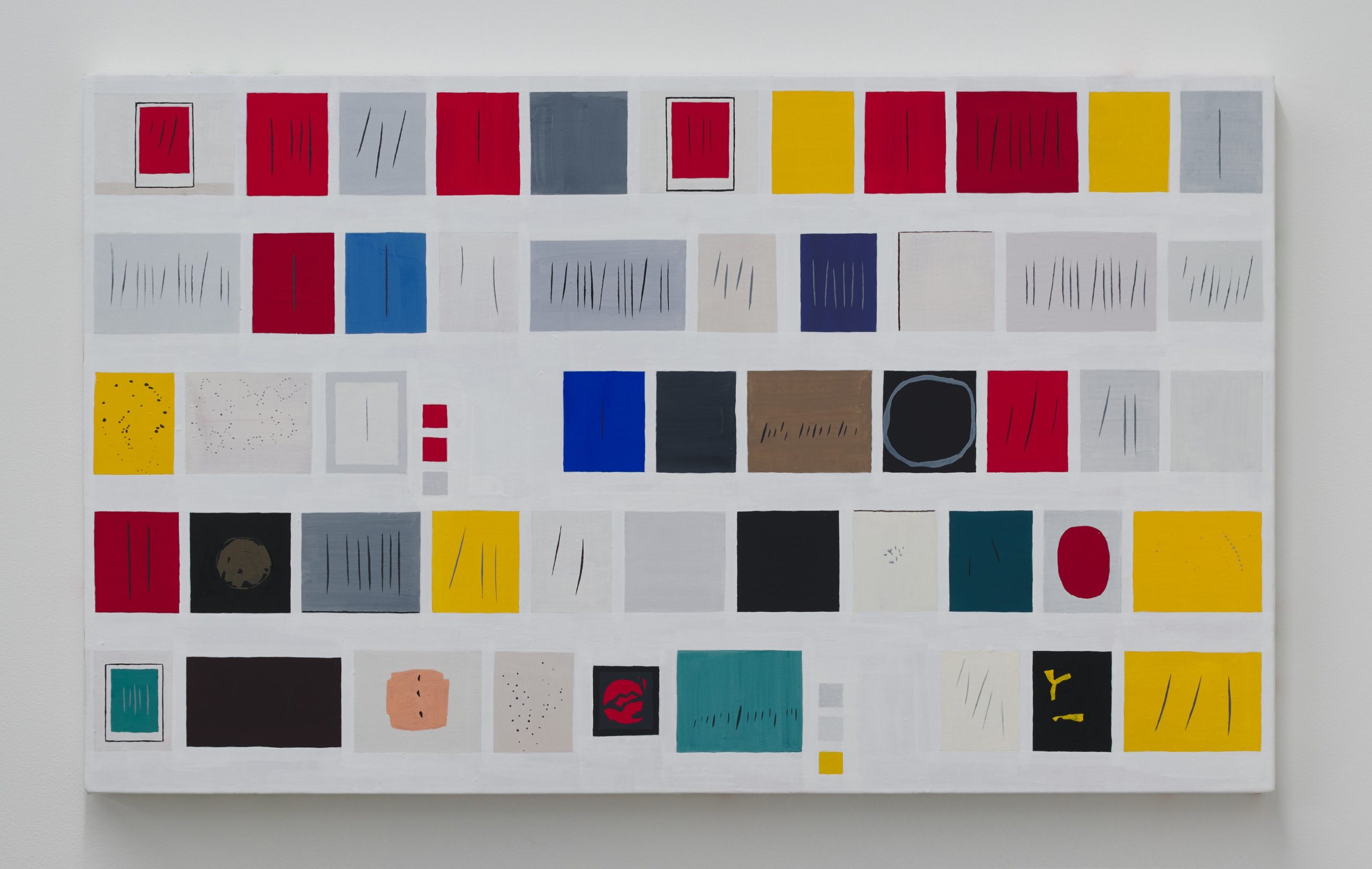
Search Results
2024
Acrylic, pigment on cotton, panel
42 x 69.5 cm
Fuminao SUENAGA
His paintings and three-dimensional works are based on visual subject matters inspired by elements relating to exhibition spaces and observations made during day-to-day activities.
Born in 1974, Yamaguchi, Japan. Suenaga graduated from Tokyo Zokei University in 1999 with a major in painting. Recent shows include UTSUSU (group, BOOK AND SONS, 2024), Textural Synthesis (group, Mitsukoshi Contemporary, 2024),Light paintings (solo, Maki Fine Arts, 2024), HEIHA (group, Gallery DEN5, 2023), Group Show – Yoshio Shirakawa | Fuminao Suenaga | Keisuke Shirota | Shunsuke Kano | Sean Micka (group, Maki Fine Arts, 2023).
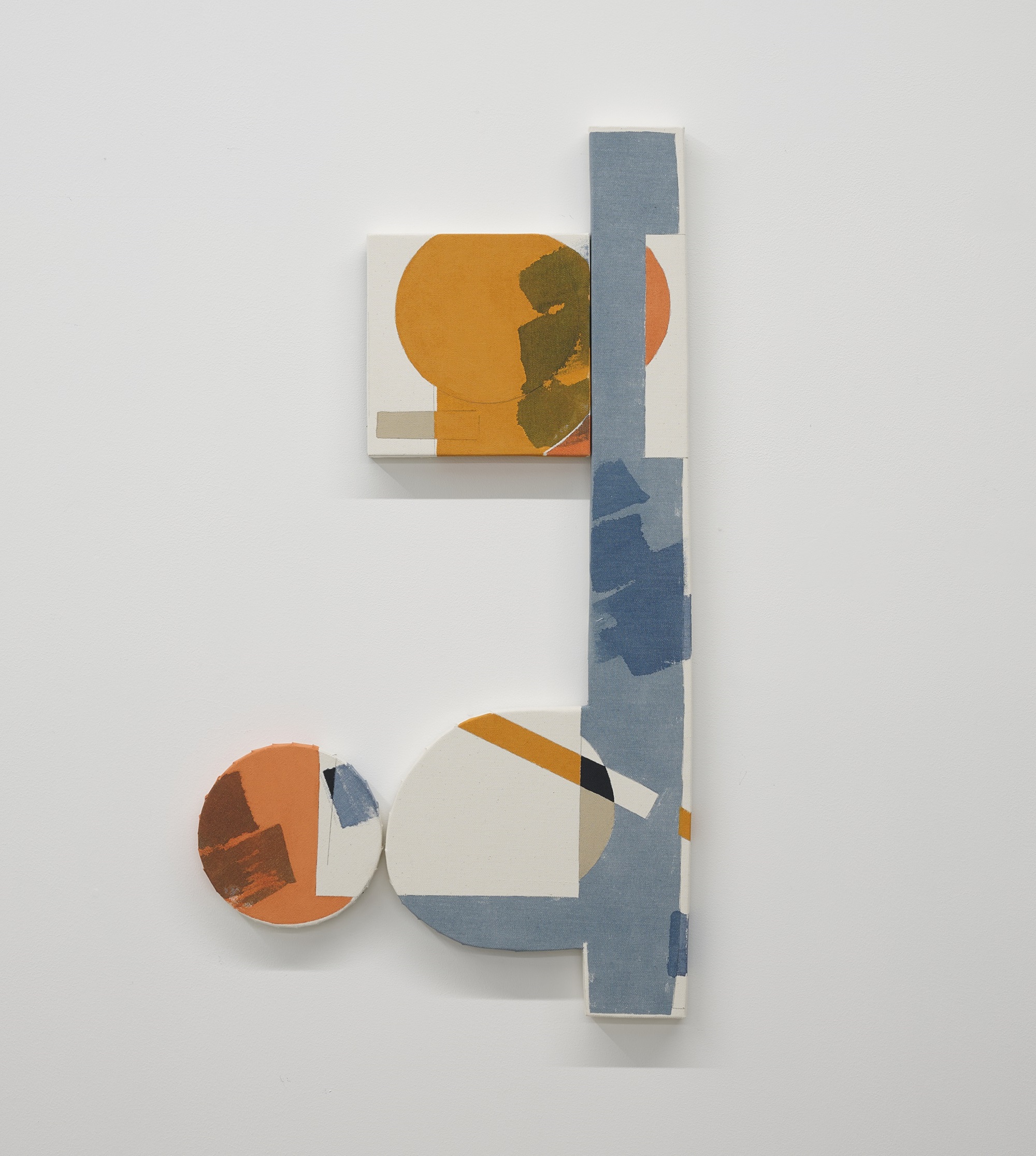
session4
2023
Panel, canvas, acrylic, pencil
72.5 x 40 x 2 cm
Shoko MASUNAGA
Her creative process originates from paintings and utilizes a variety of techniques. By focusing on the connections to the surrounding environment and space, her works become fluid and interchangeable.
Born 1980 in Osaka, Japan, Shoko Masunaga graduated from Seian Zokei Junion College in 2001 with a degree in painting. Recent shows include MEMORIES (group, CADAN Yurakucho, 2023), Ginza Curator’s Room #005 Angel’s Perch (group, Shibunkaku Ginza, 2023), What Comes After the Beyond (solo, Maki Fine Arts, 2023), editing (solo, nidi gallery,2022), replace (solo, LOKO Gallery, 2021).
—
Abstractions – from a certain point –
Yasuko Toyoshima, Katsuhisa Sato, Fuminao Suenaga, Shoko Masunaga
Date : August 6 – 25, 2024
Venue : CADAN Yurakucho / Kokusai Building 1F, 3-1-1 Marunouchi, Chiyoda-ku, Tokyo
Open : Tuesday – Friday 11AM-7PM / Saturday, Sunday and National Holidays 11AM – 5PM
Closed : Mondays and Days following National Holidays
link
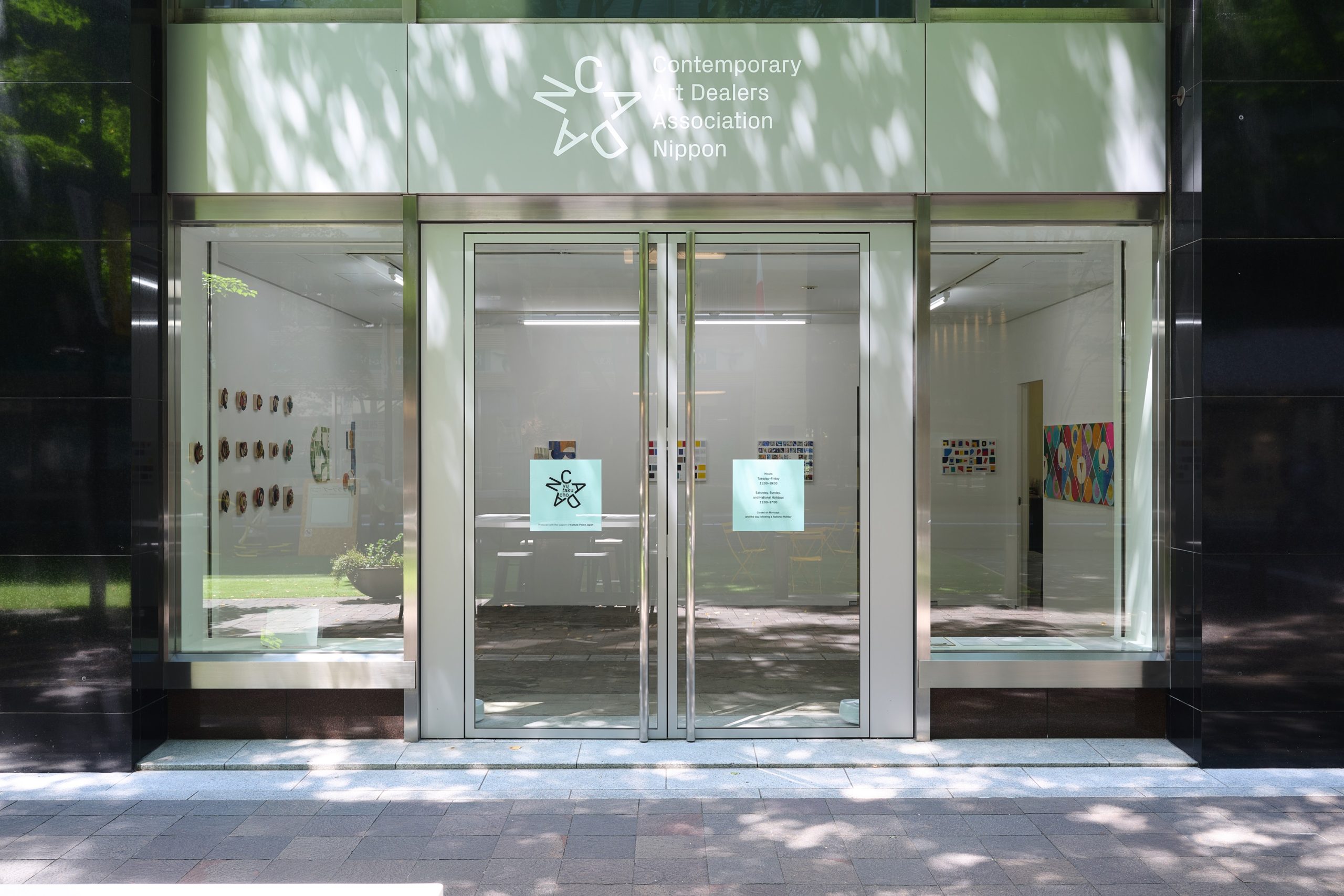
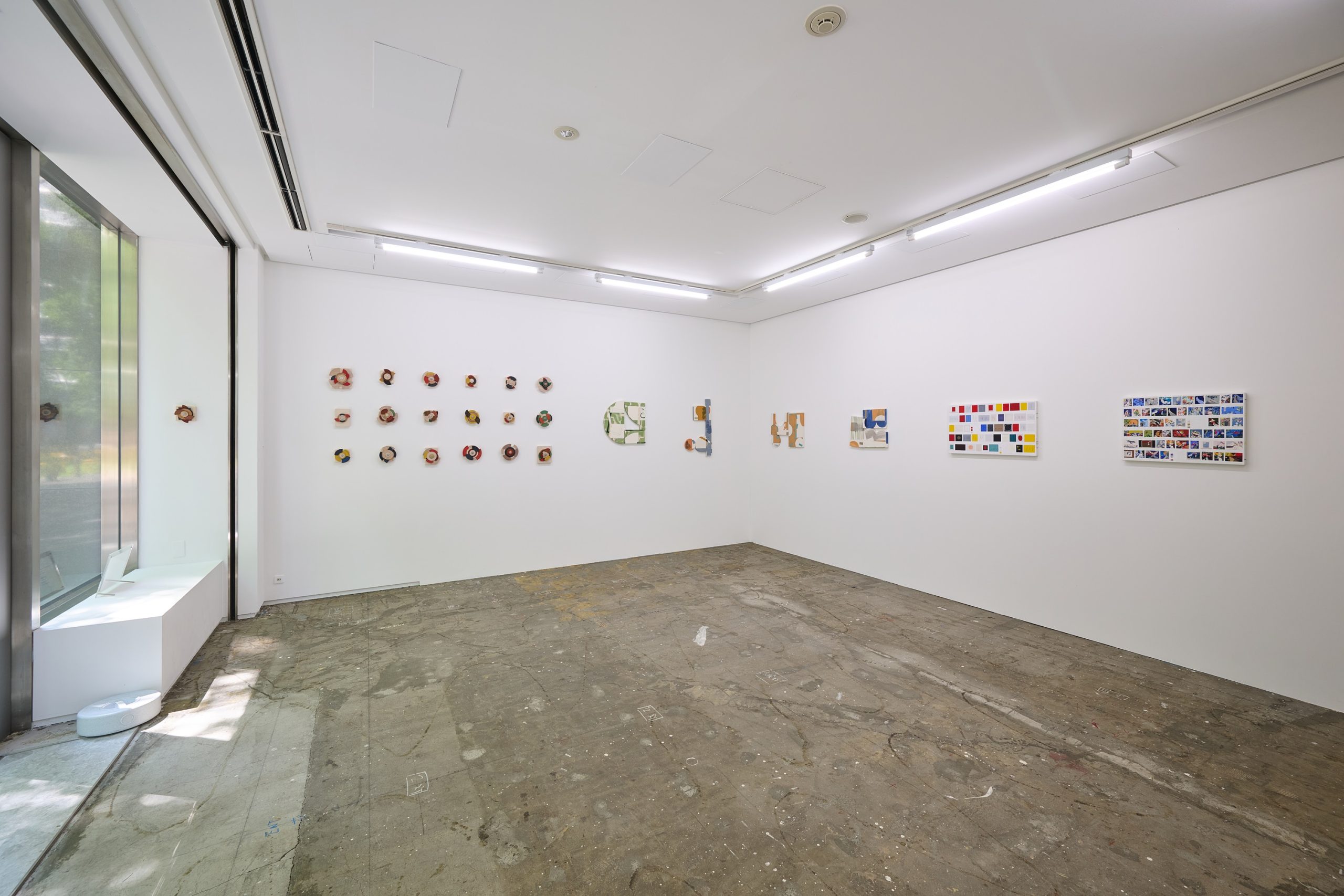
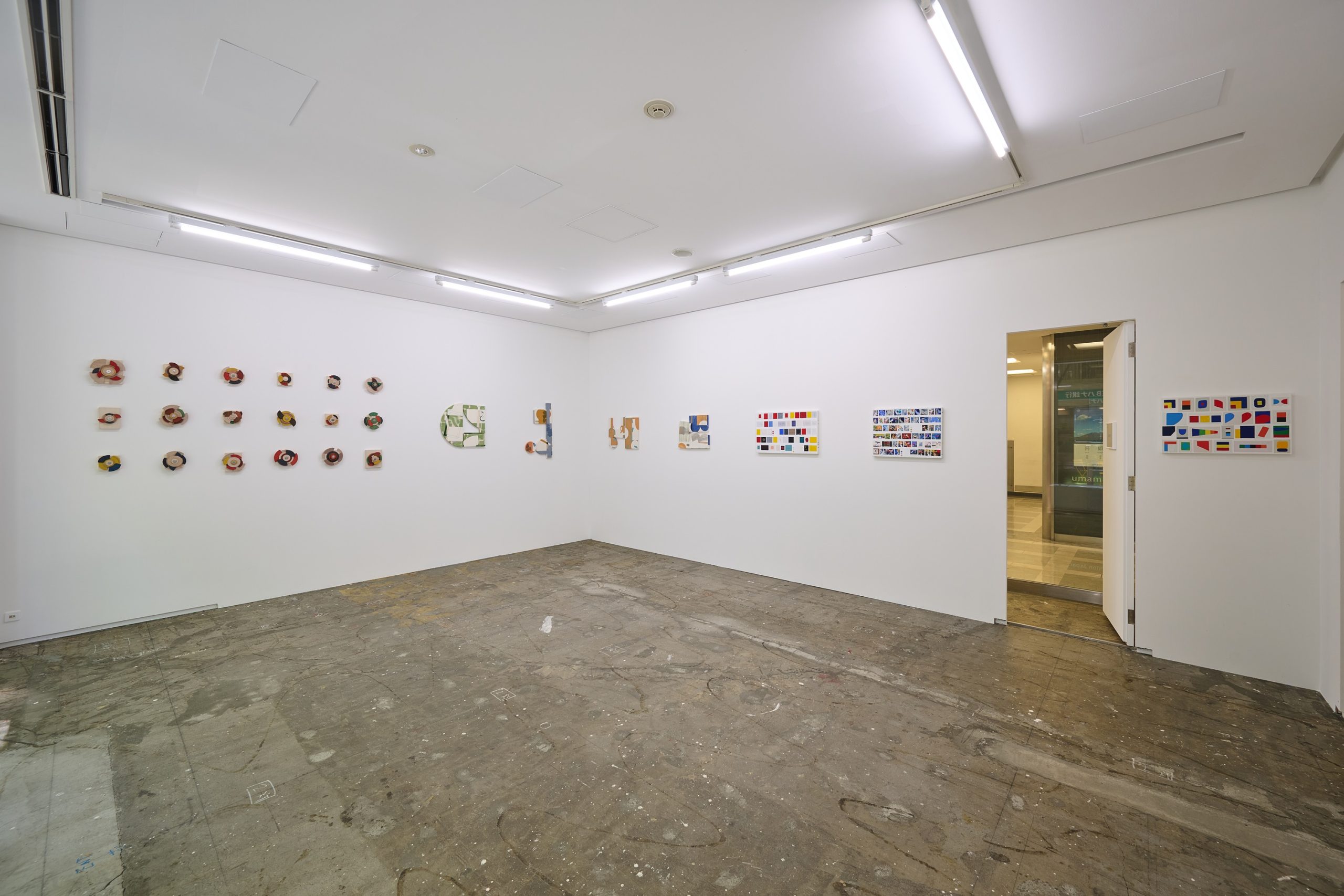
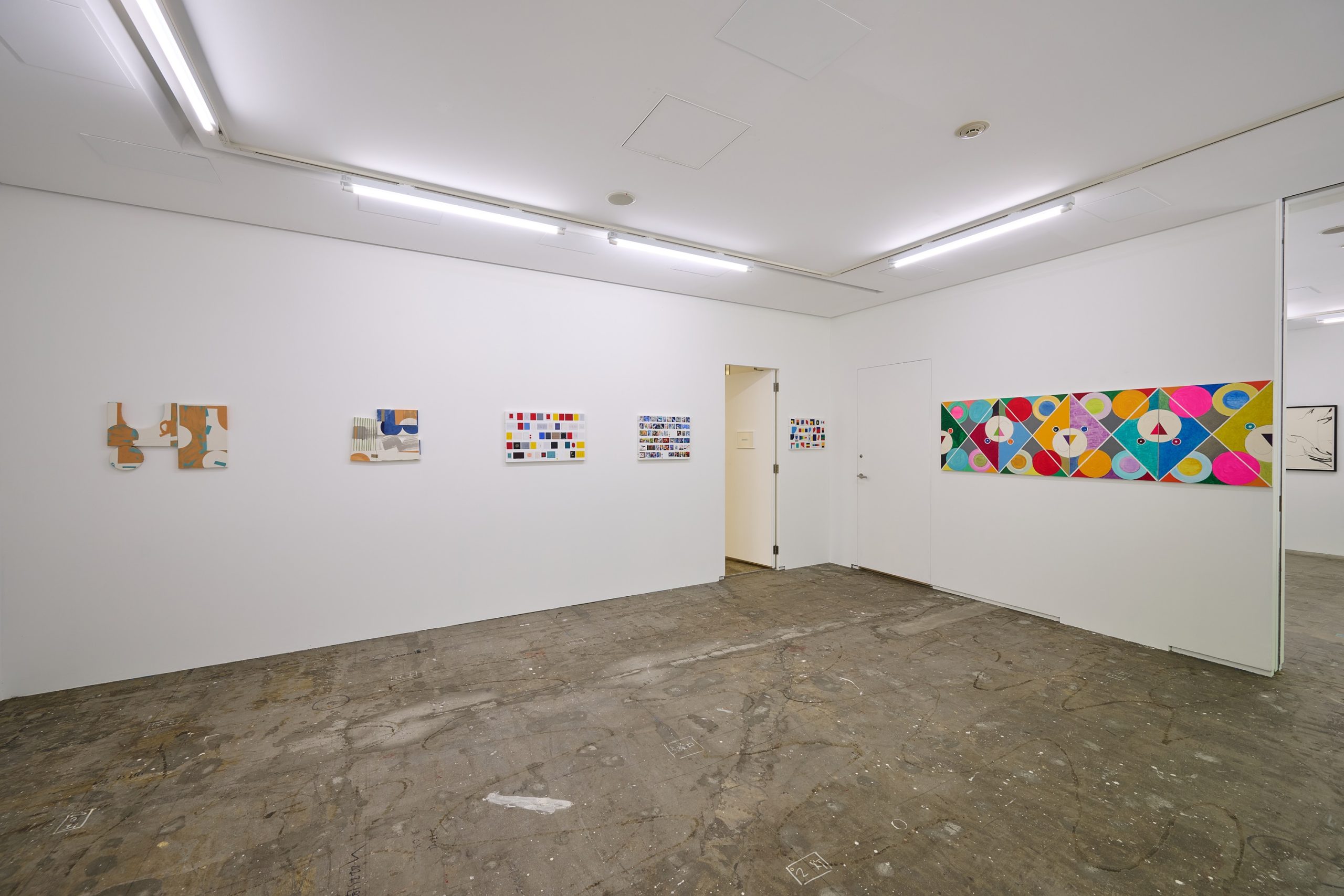
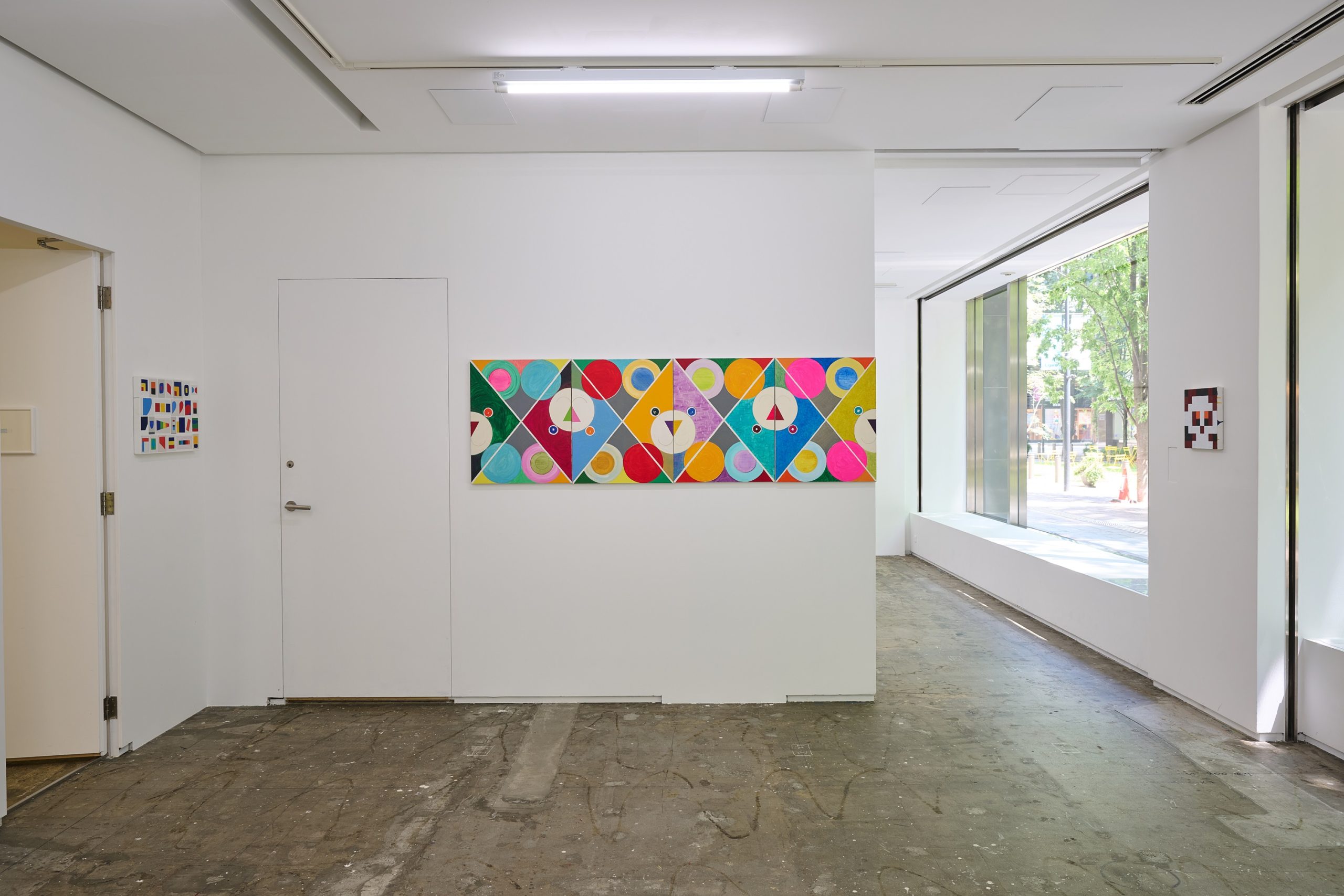
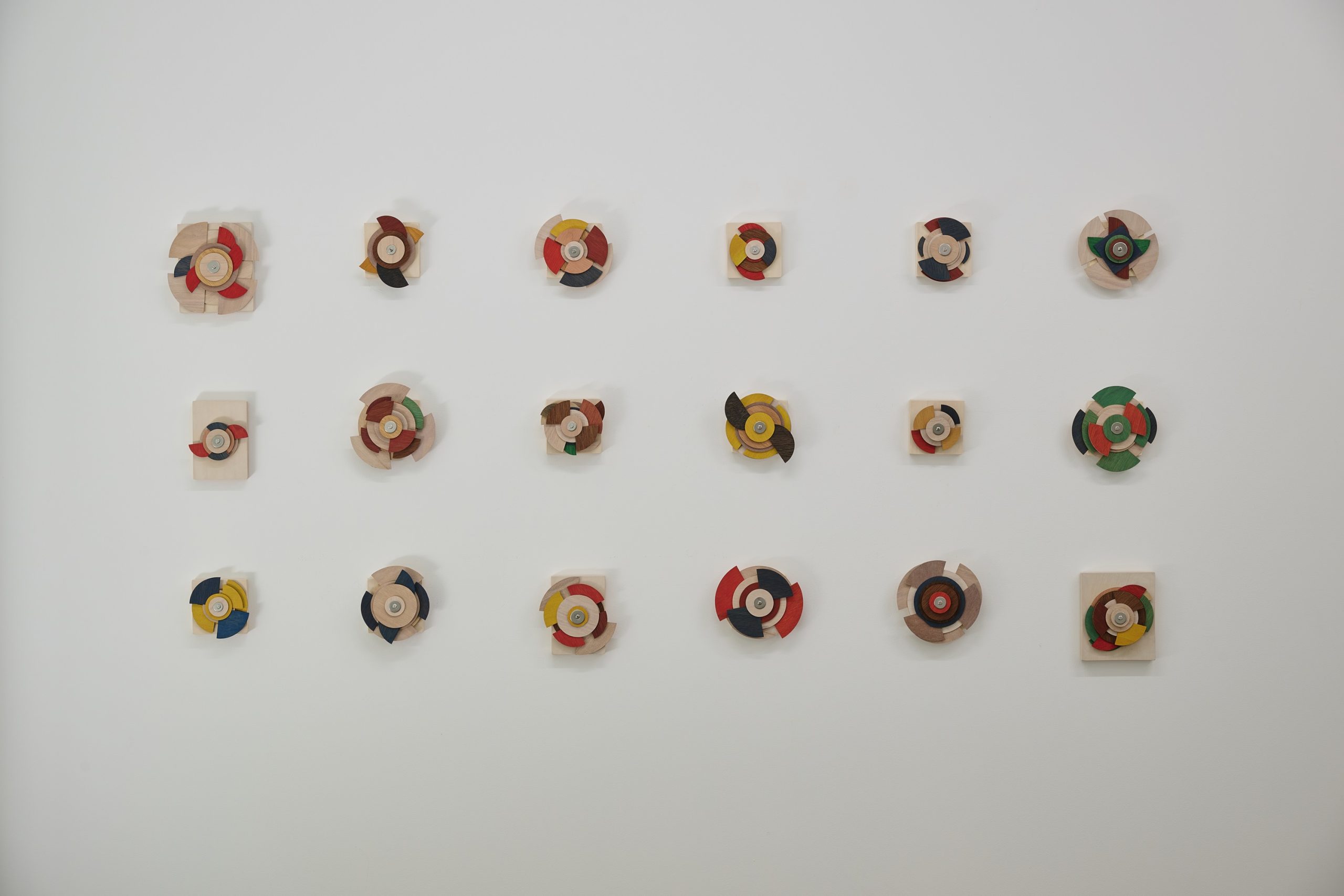
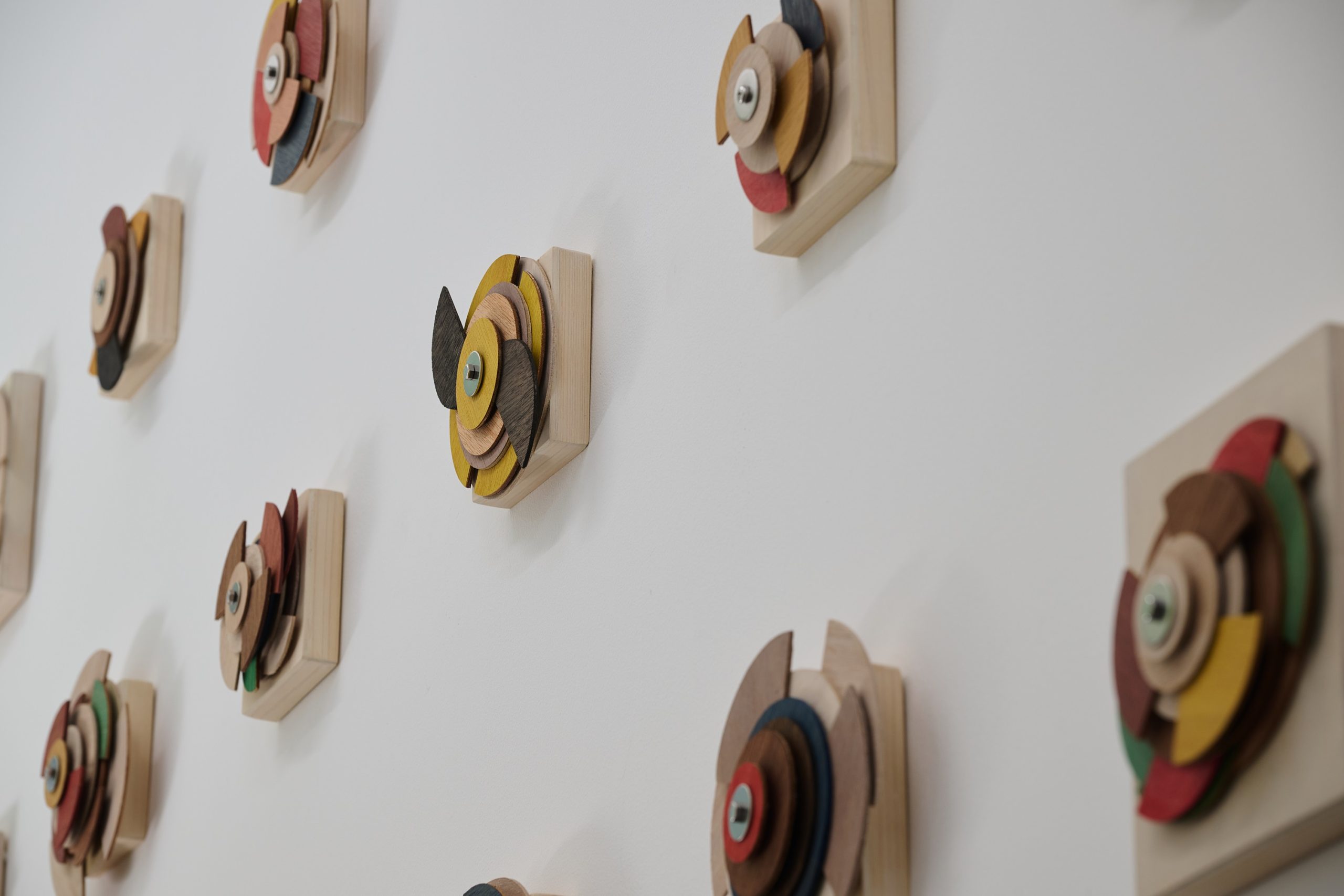
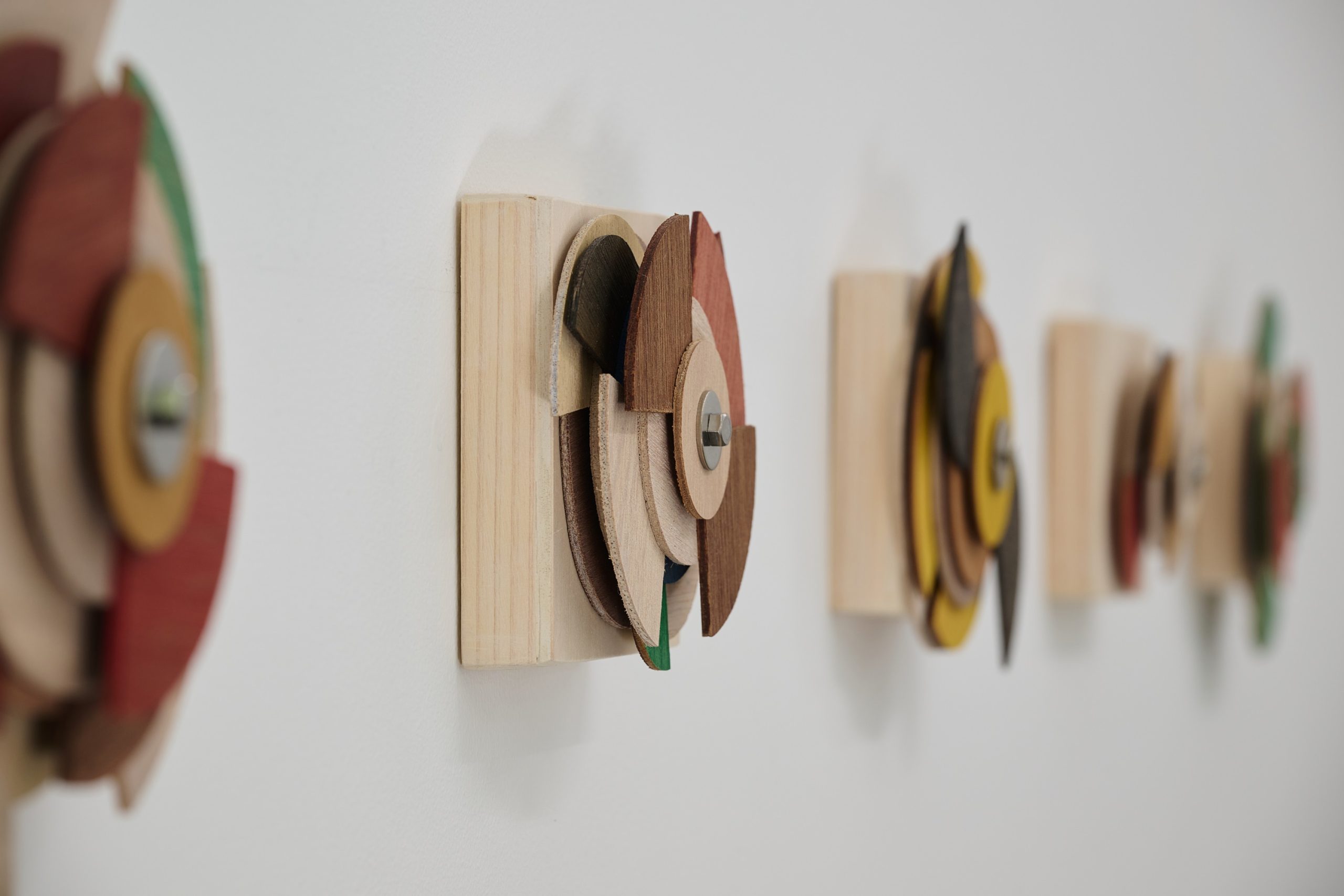
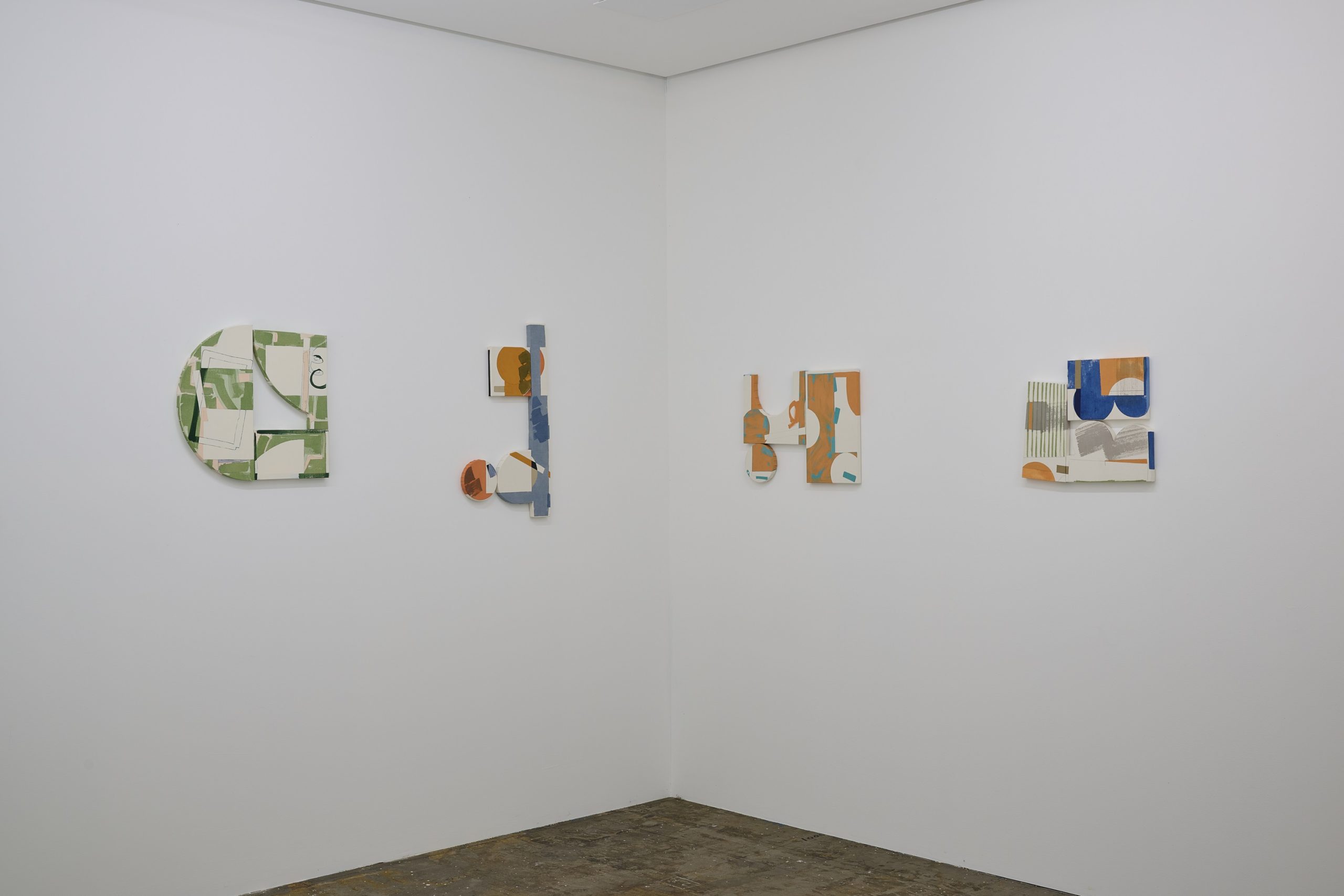
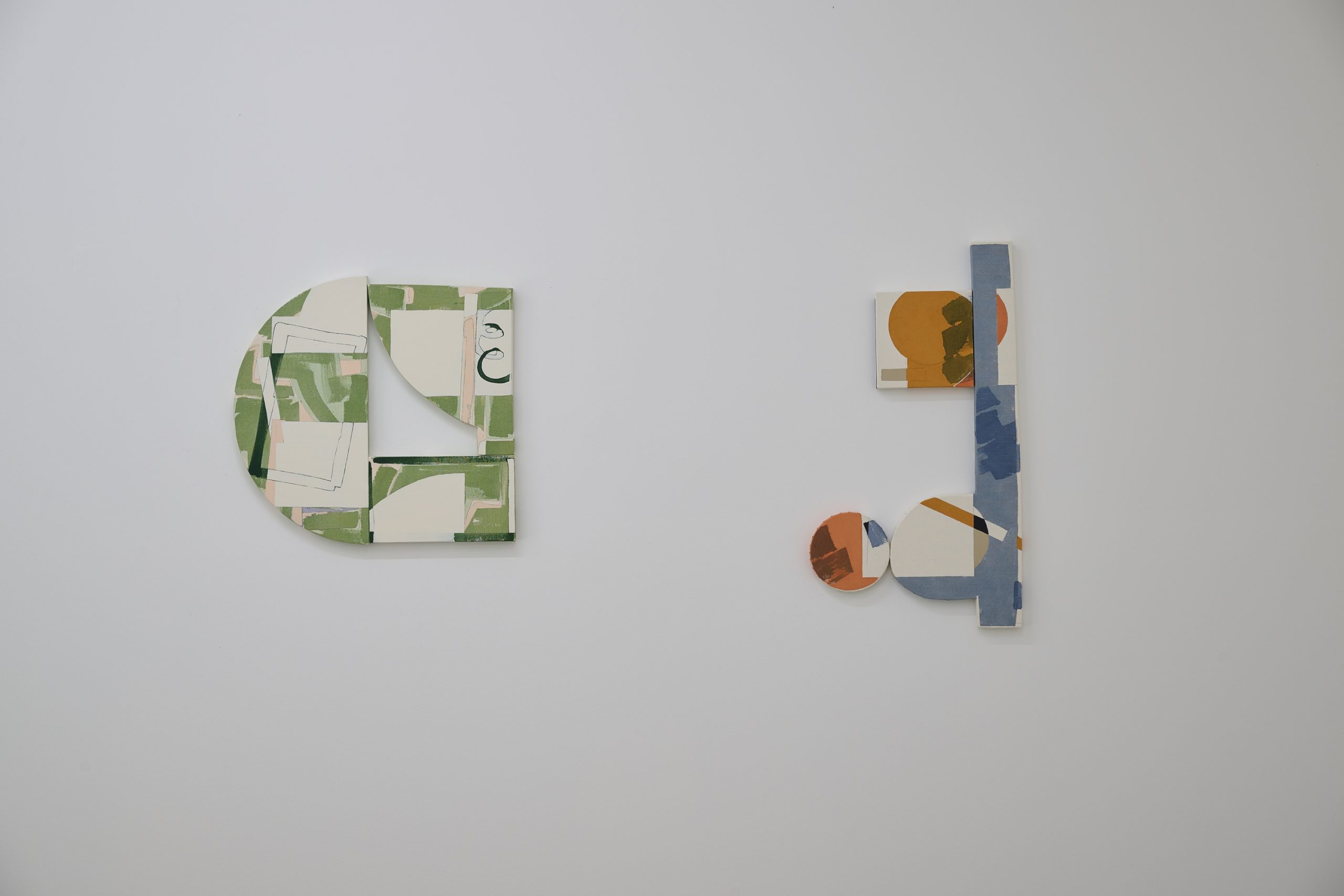
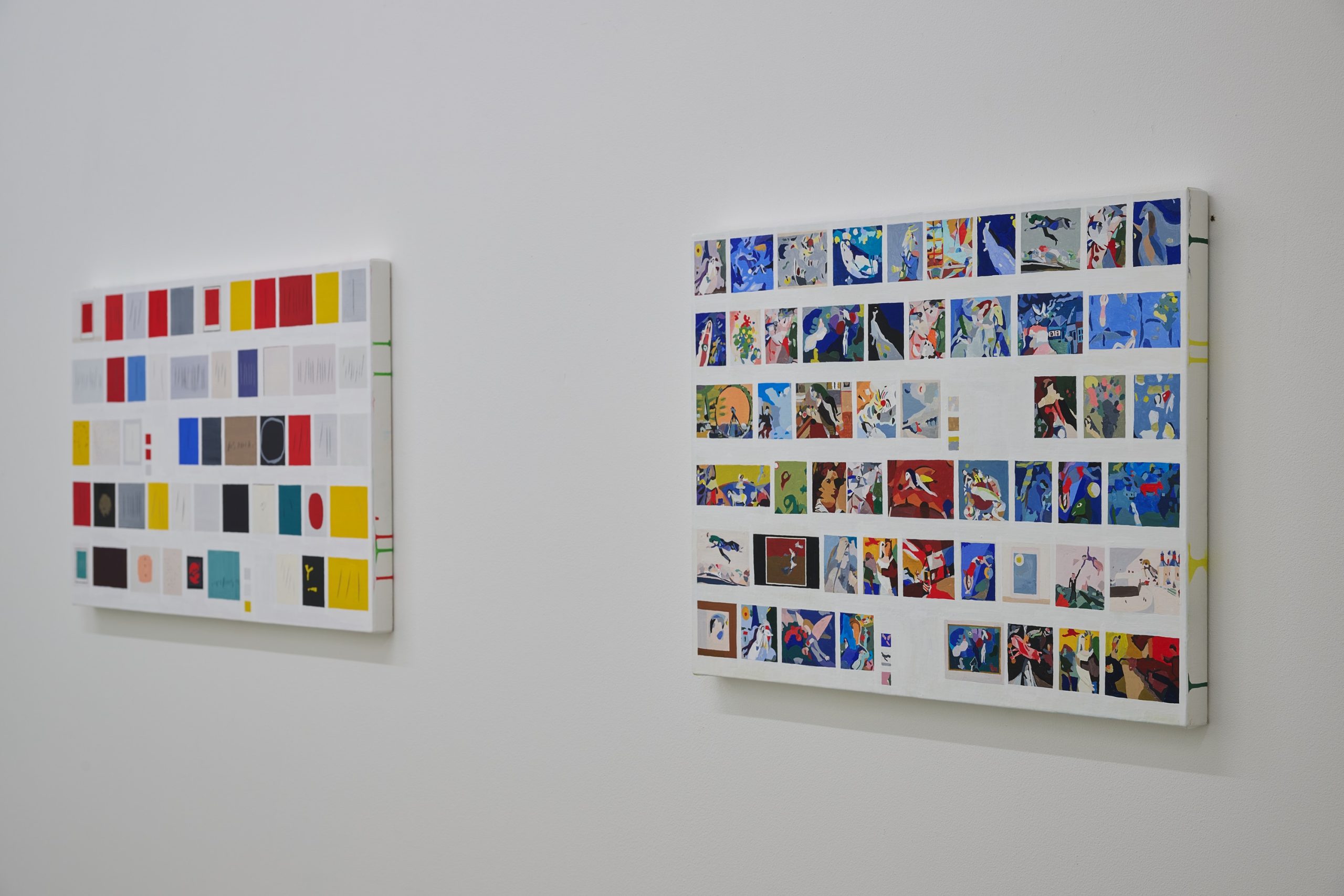
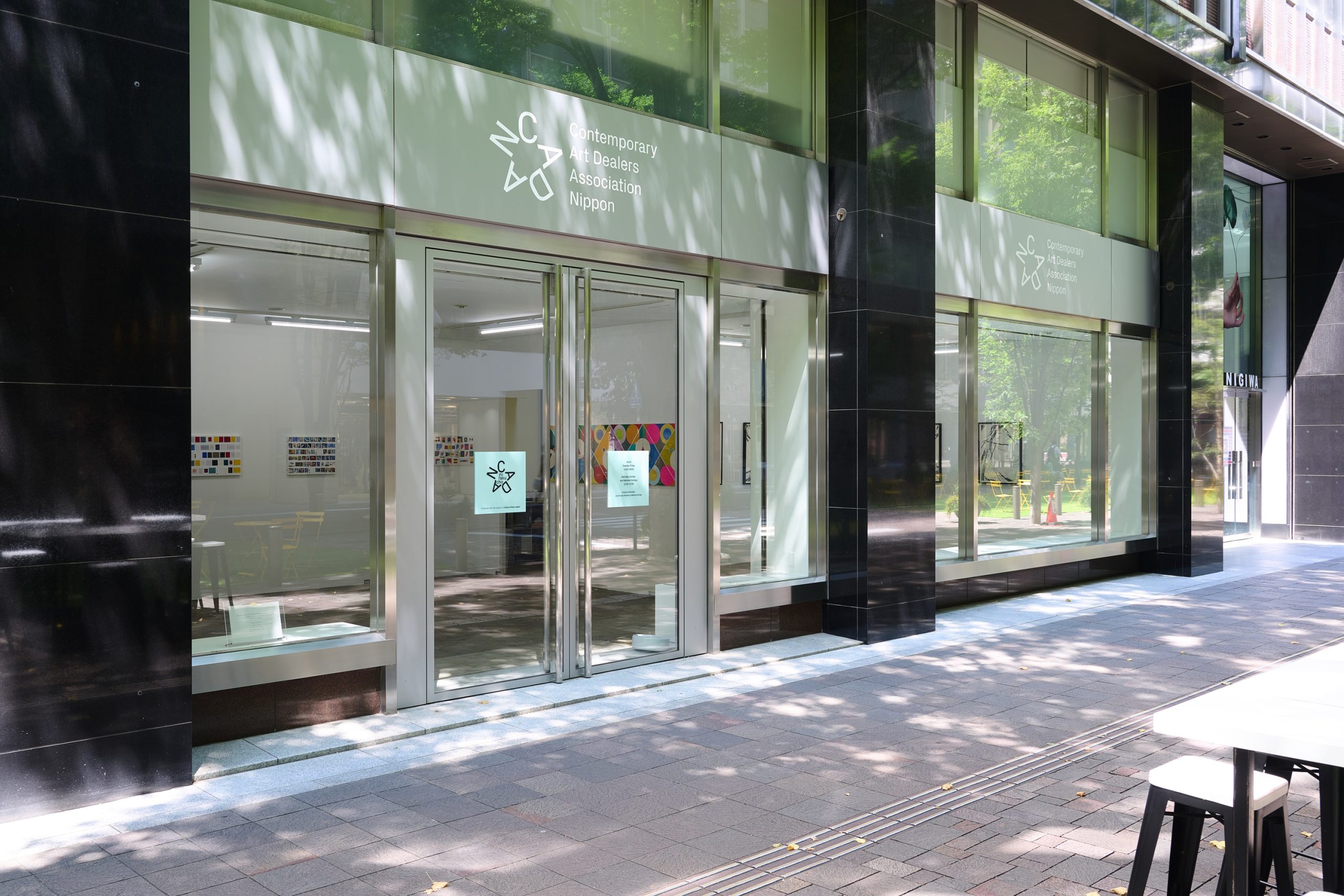
Patterns and Distance
Makoto Ito, Shoko Masunaga, Kota Sasaki, Nao Osada, Yuka Hotta
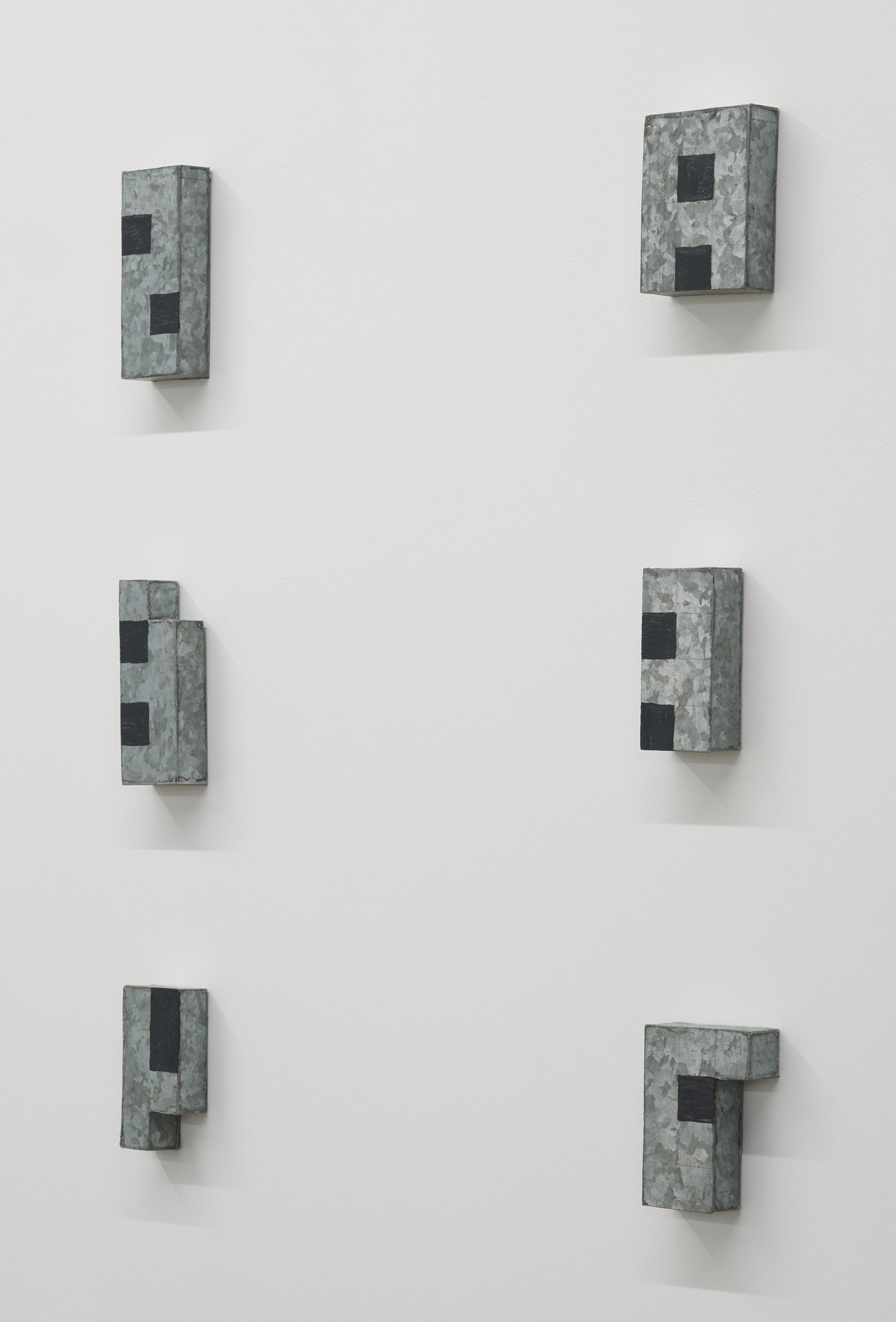
Blue sky
2017
Galvanized steel sheet, oil
60 x 72 x 3 cm
Makoto Ito
Ito’s formal yet light-hearted and humorous sculptural works created using diverse materials embody the possibilities of contemporary sculpture.
Blue Sky (produced in 2017) is one of the pieces that draw inspiration from distant scenery visible from a certain location and portray it as something touchable within easy reach. The work uses a photographed bird deterrent attached to a remote power cable as a motif. It expresses the scale of distance as it converts the miniature version of the actual scenery into a sculpture.
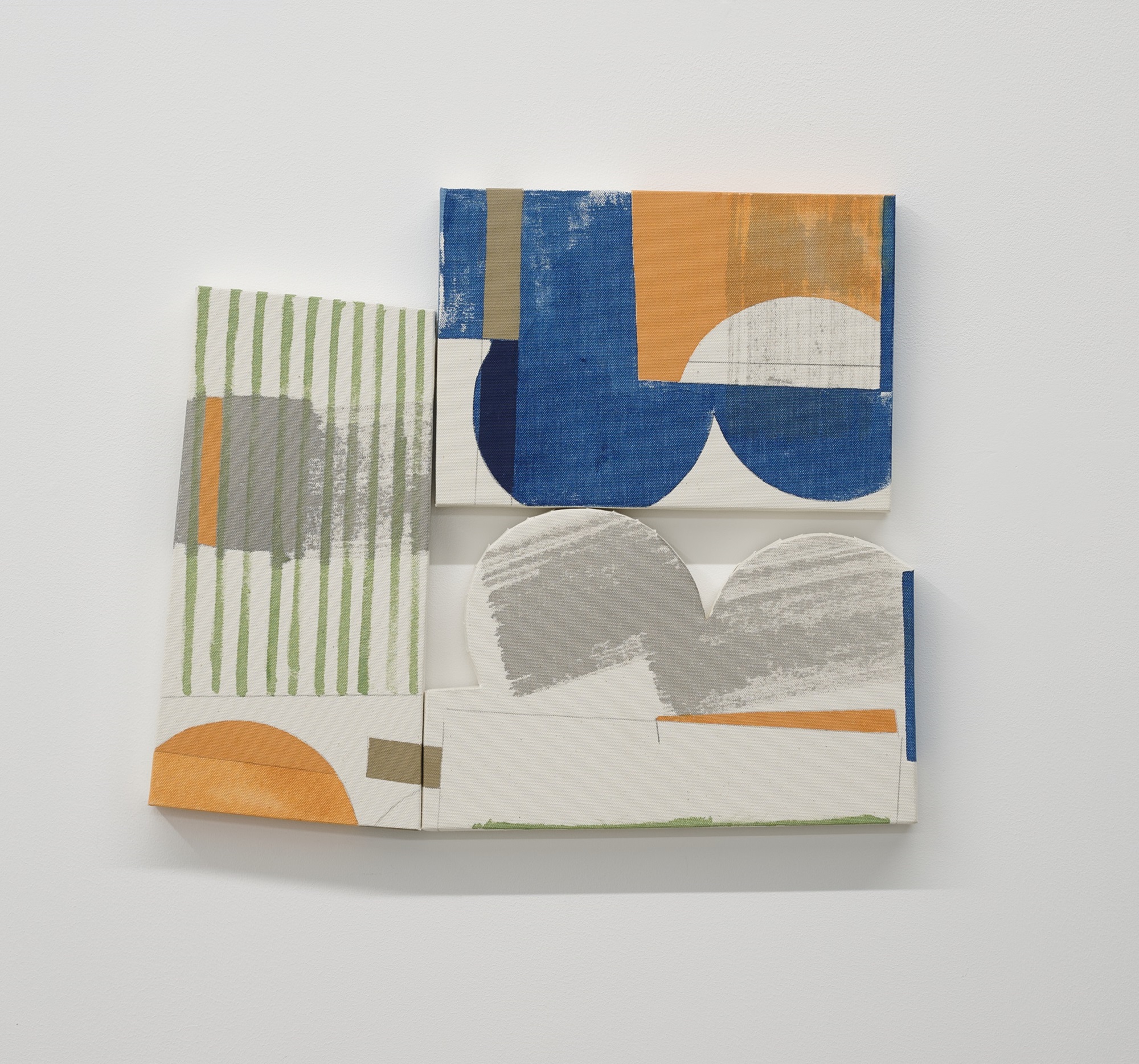
Session1
2023
Panel, canvas, acrylic, pencil
38.5 x 46 cm
Shoko Masunaga
With painting as her starting point, Masunaga employs diverse production techniques. Her works, which emphasize their relationships with the surrounding environment and space, possess variable and interchangeable qualities.
Session (produced in 2023) is composed of a combination of several shaped canvases. Their colors, lines, and patterns softly link together, as if the adjacent canvases respond to each other, forging rich relationships.
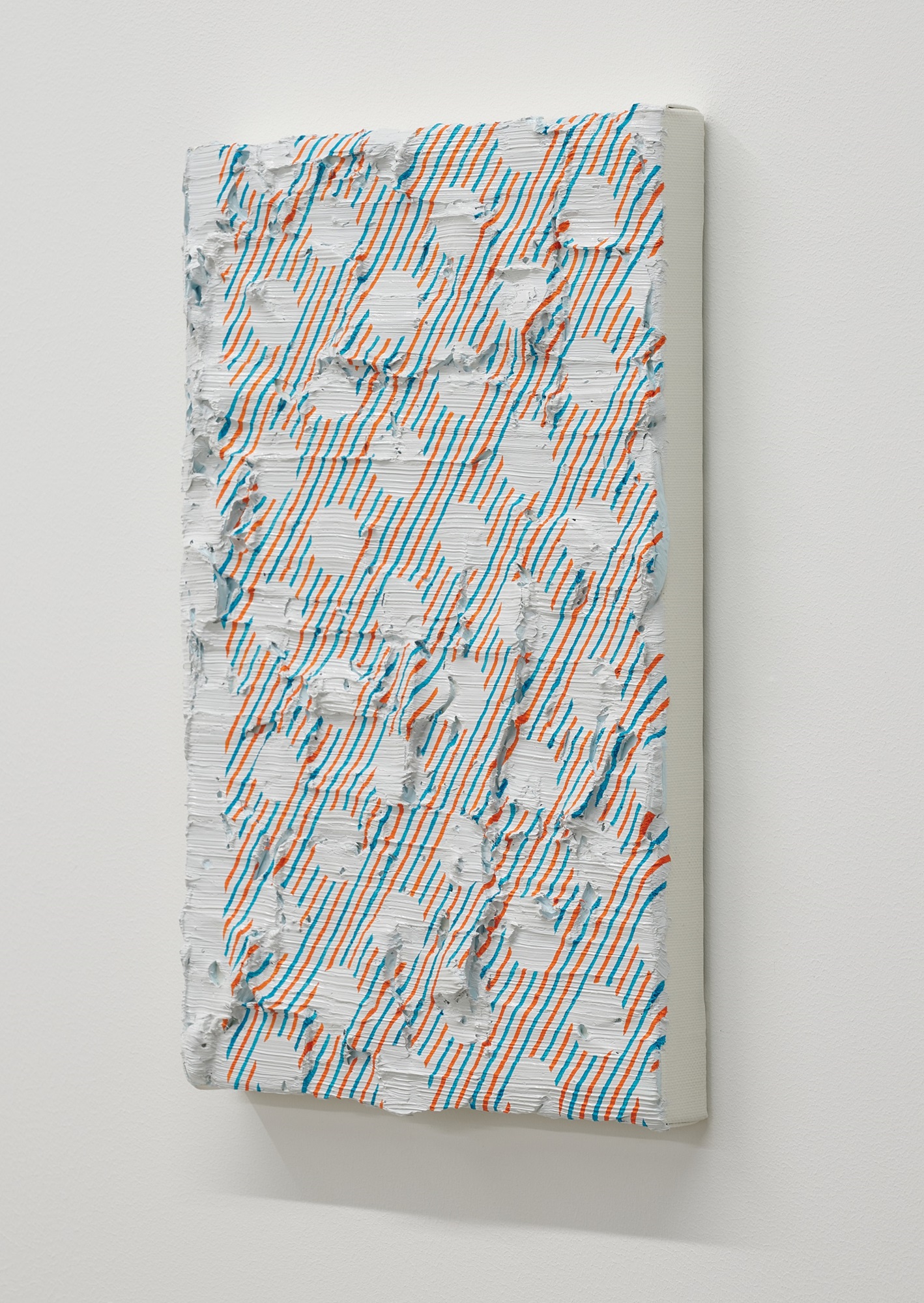
Untitled
2024
Oil on canvas
33.3 x 24.2 cm
Kota Sasaki
Using 3DCG, Sasaki creates paintings that intersect two and three dimensions through the depiction of spaces such as an atelier or a gallery.
In Untitled, a striped pattern is drawn on a thickly painted canvas. The pattern (two dimensions) is painted onto a rugged-surfaced support structure (three dimensions), creating visual fluctuations caused by different viewing angles. The method produces an illusion of compressed imagery on the canvas, making viewers conscious of the act of seeing.

Surface Preparation (Sandpaper 3M)
2024
Screenprint, brass
each 6.0 x 4.5 x 2.0 cm
Nao Osada
Osada creates works using silkscreen to print the surface elements of a familiar object onto the surface of a material different from that of the original item.
In Surface Preparation (Sandpaper 3M), the images on the front and back of a sandpaper sheet are printed on two identical brass pieces, which can be superimposed on one another. Osada’s works uncover ephemerality in trivial objects discarded in our daily lives and elevate them into something poetic. They inspire humble awareness in viewers, unsettling their sense of reality.

C-144
2024
Acrylic, pencil, gesso, panel
29.7 x 21 x 2 cm
Yuka Hotta
With painting as her starting point, Hotta’s creation is centered around drawings and installations. In her recent works, she has experimented to use diverse media as intermediaries to produce drawings and incorporated printing as a method of expression.
Titled C, the series traces an eyeless exploration depicted using bodily senses. Its free and relaxed strokes rely on animated sensation to render images evocative of breathing.
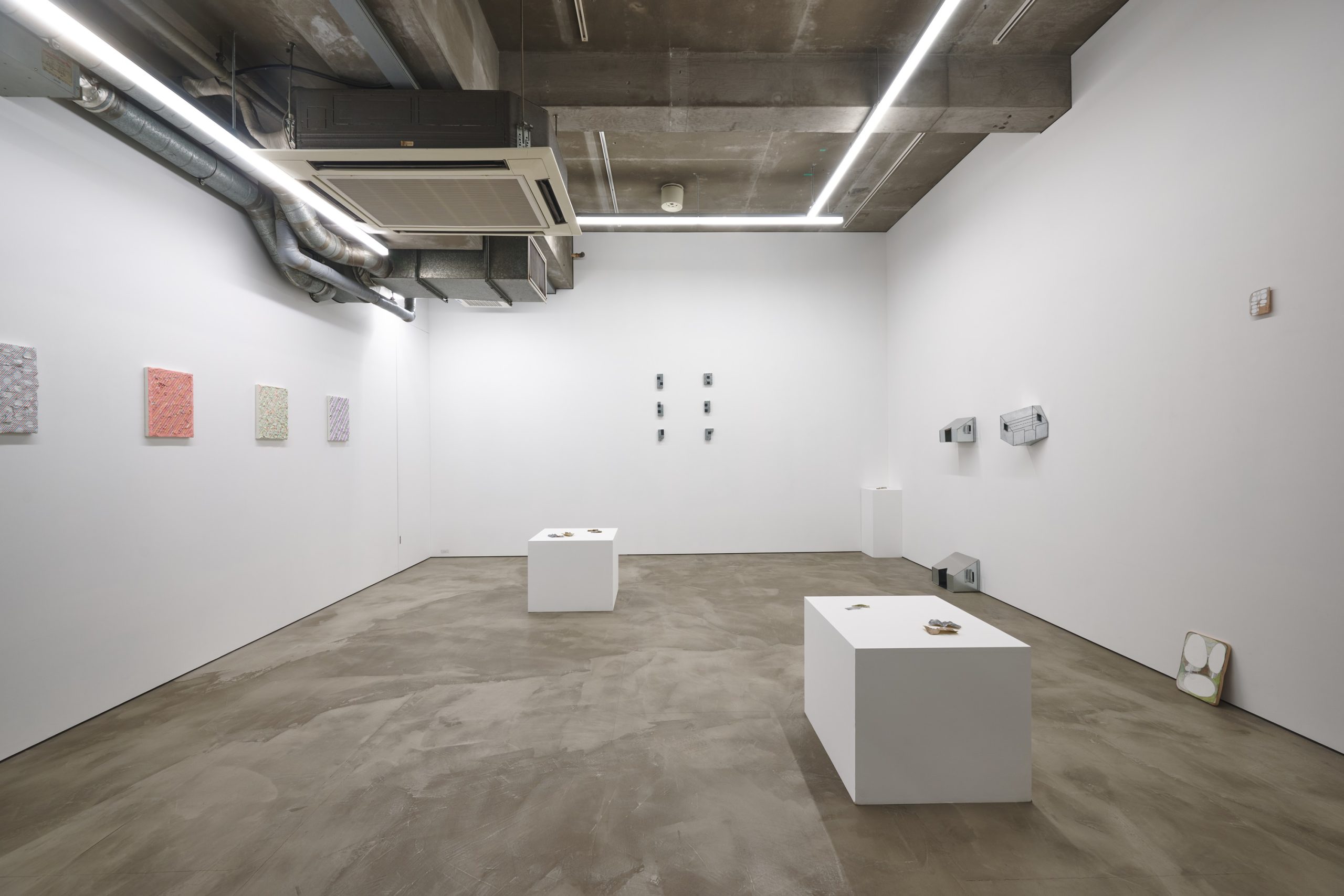

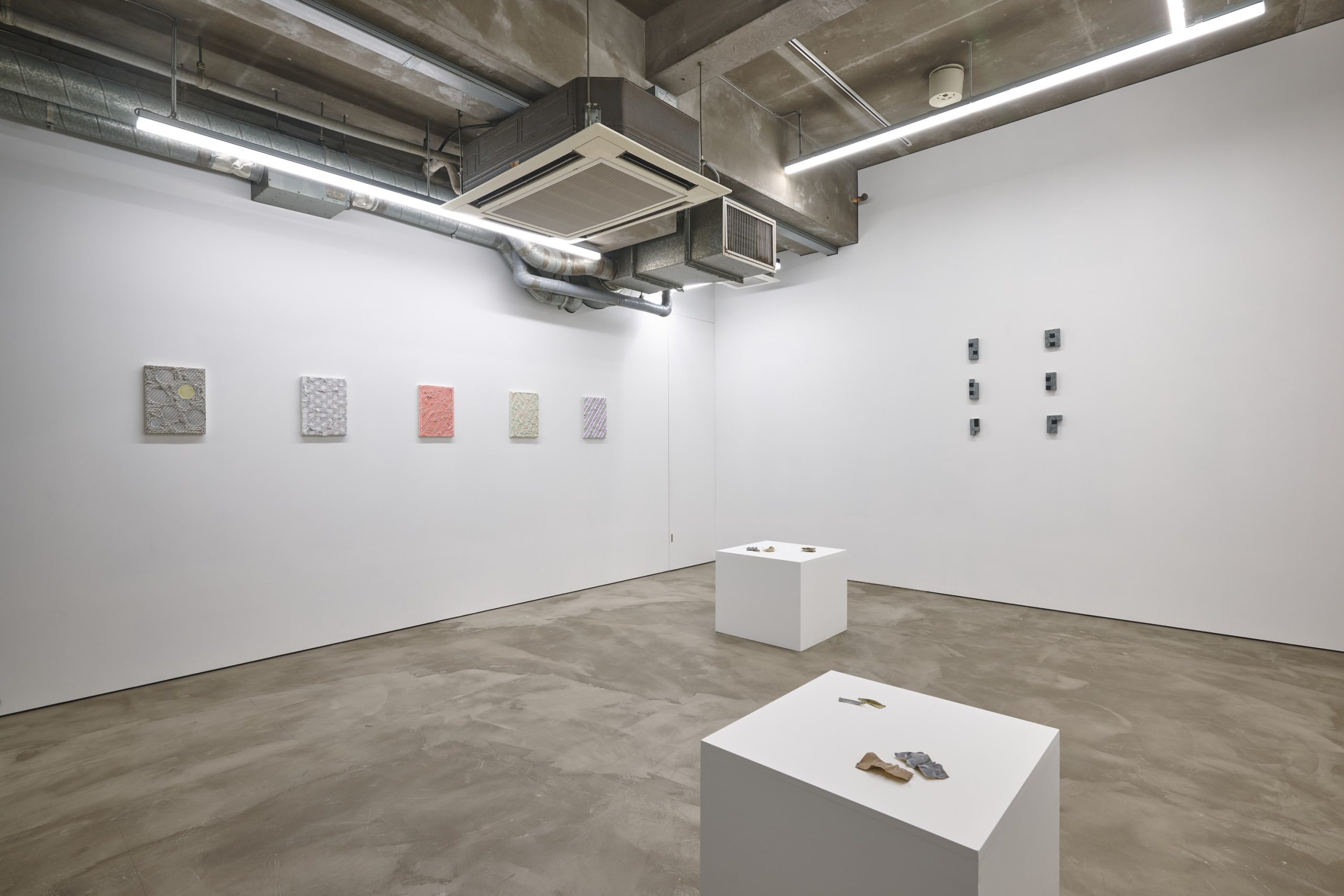
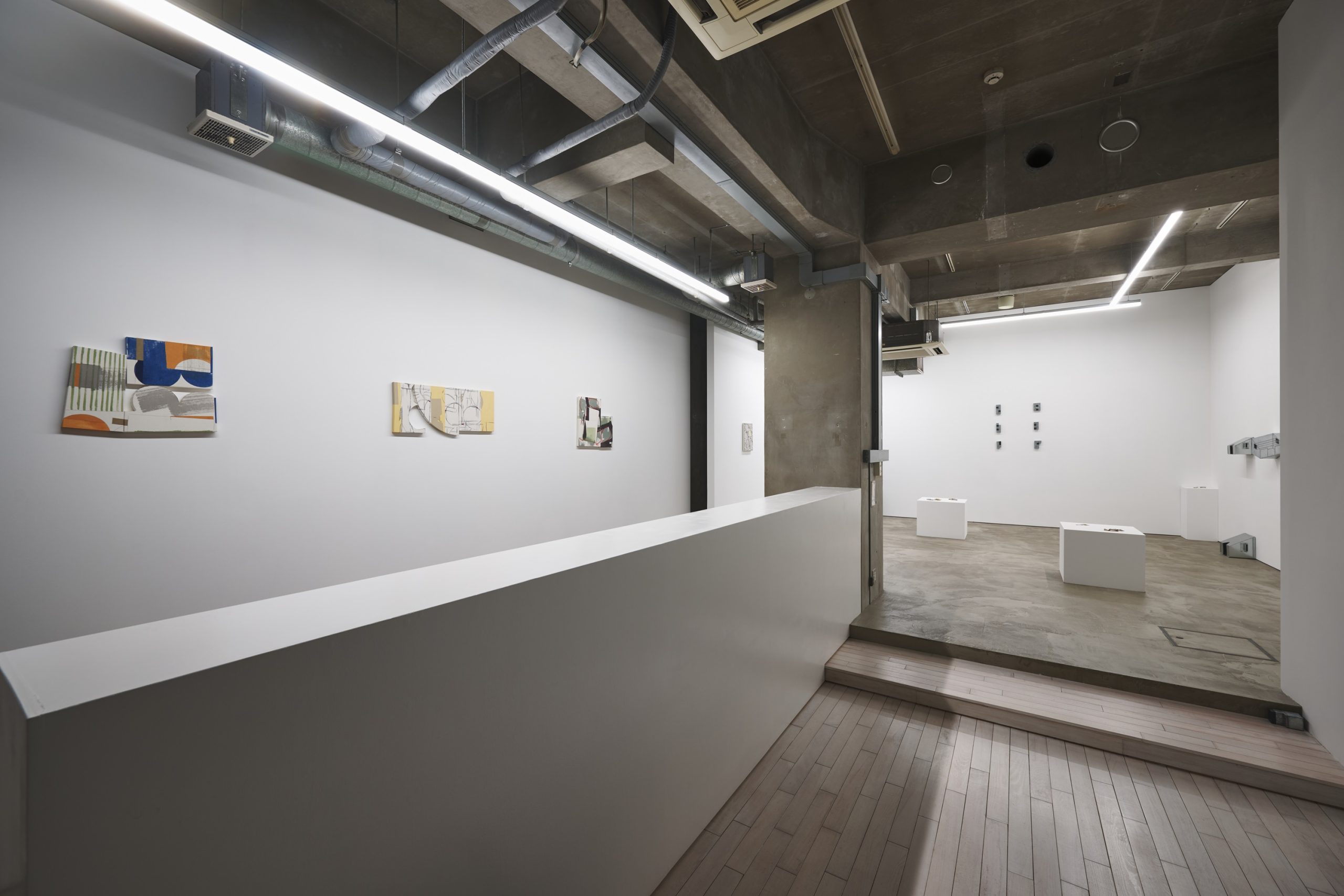
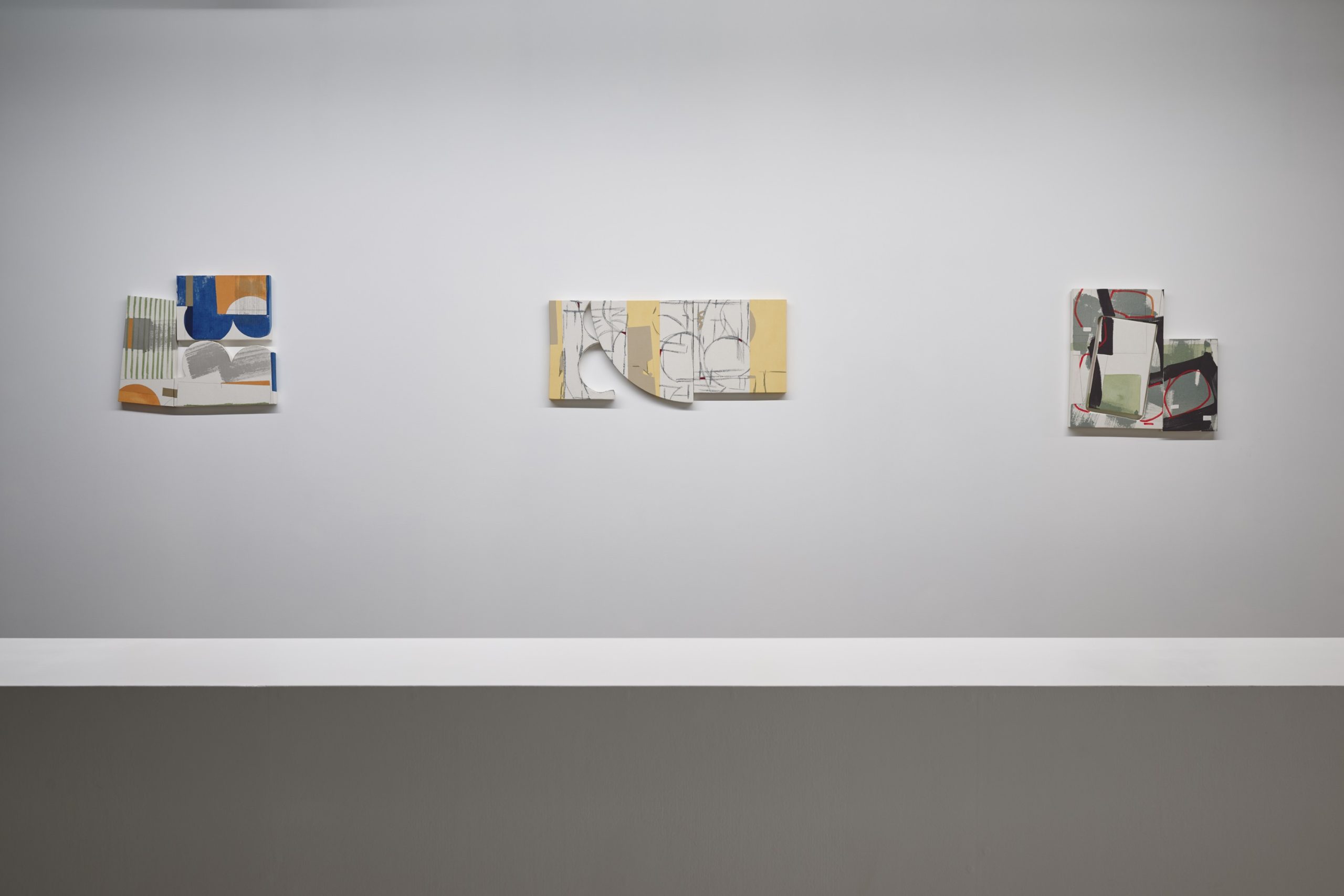

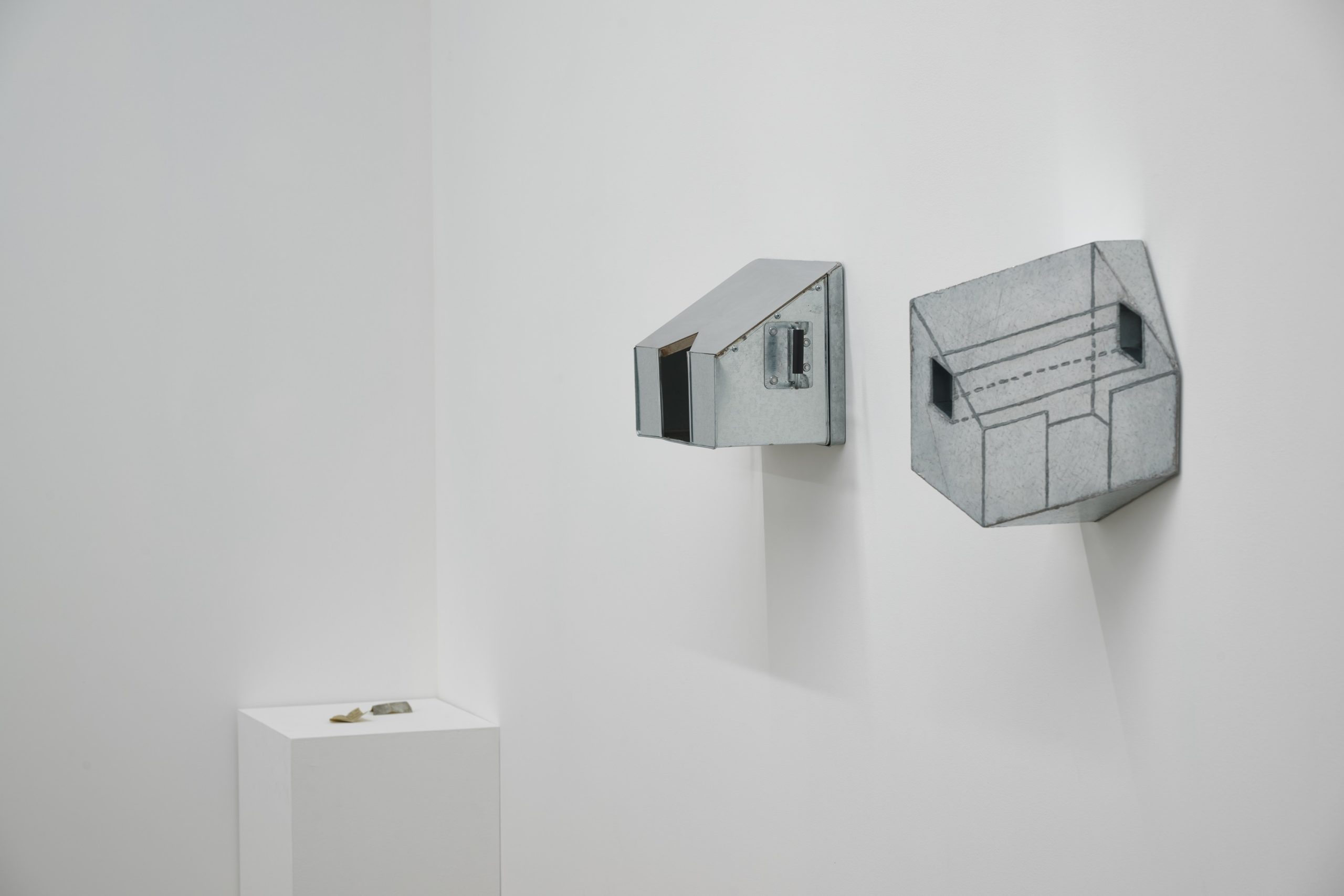
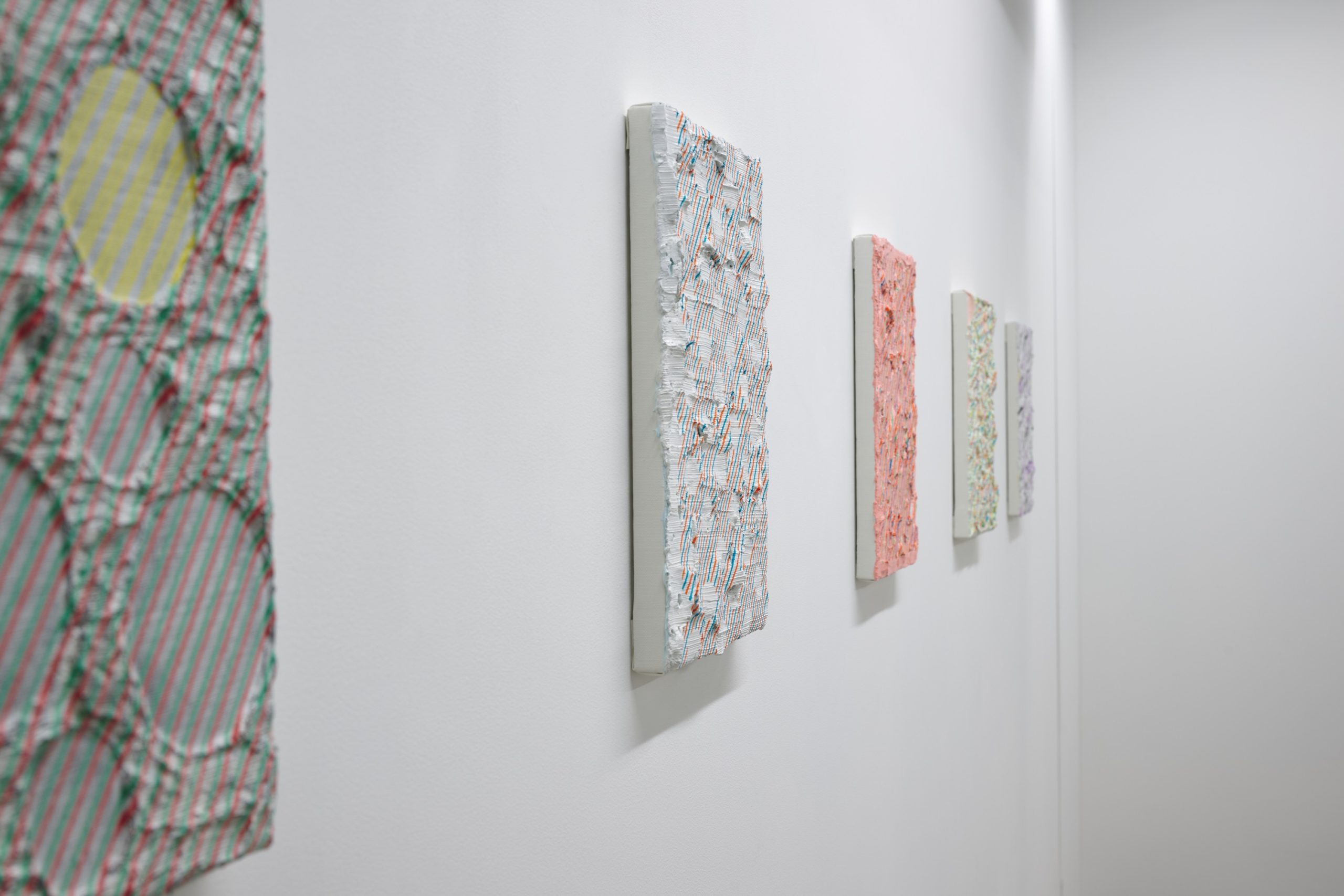
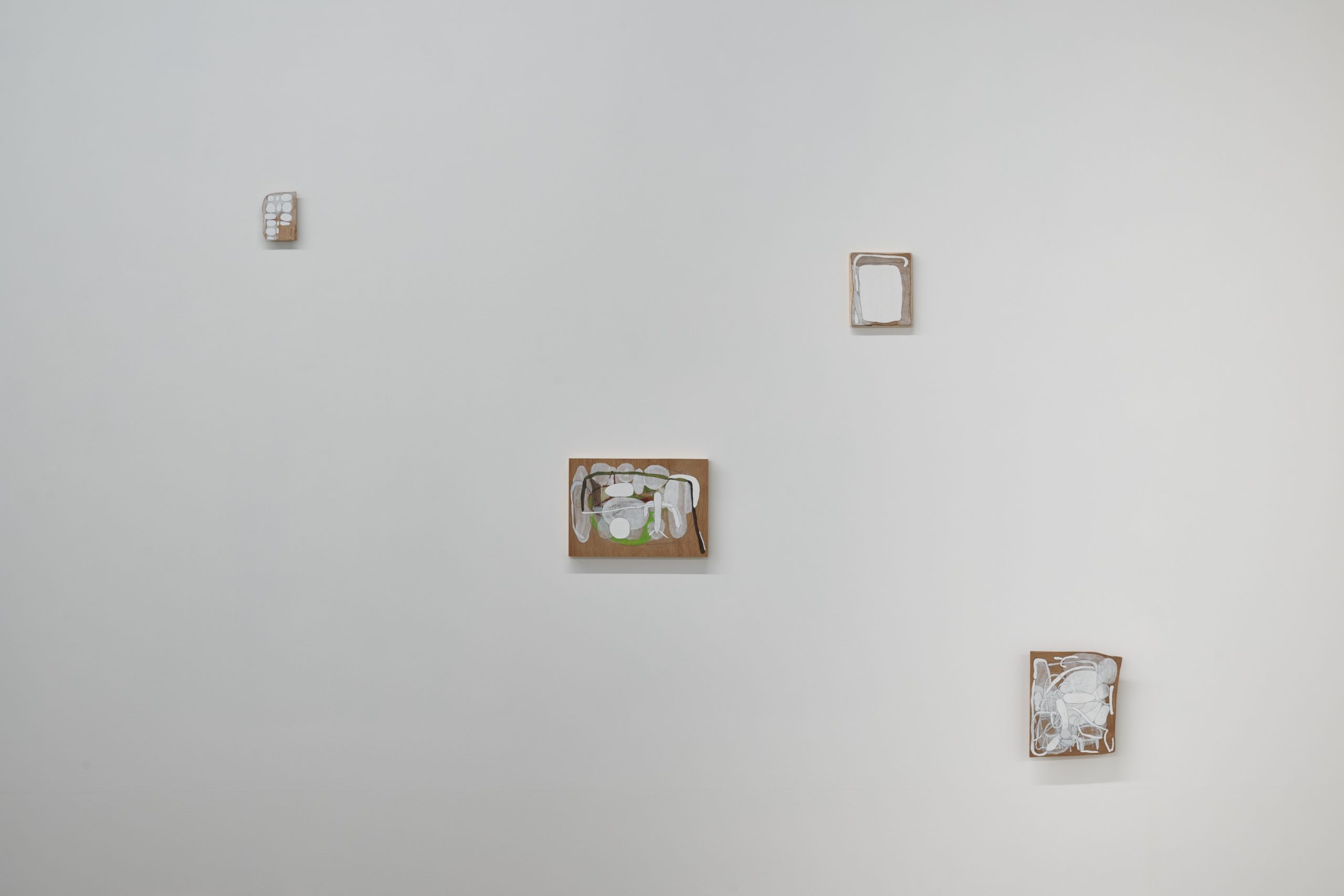
Keisuke Shirota : Waves and Sea

Seascape (sunny/ cloudy)
2024
oil on canvas, photo, panel
131 x 184 cm(two-piece set, interchangeable left / right)
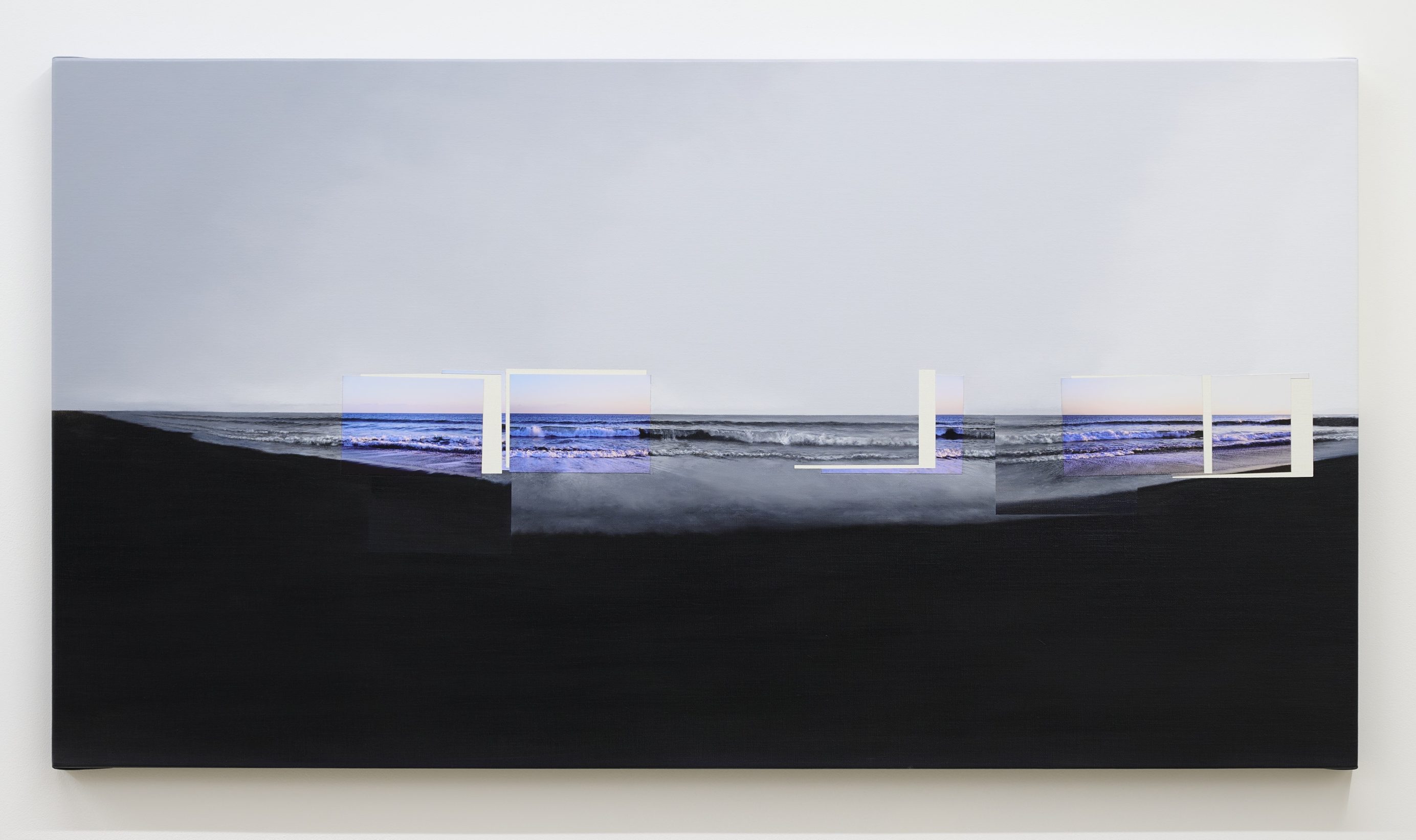
Seascape (horizon, beach)
2023-2024
oil on canvas, photo, panel
64 x 118 cm

Seascape (horizon, beach) - detail
2023-2024
oil on canvas, photo, panel
64 x 118 cm
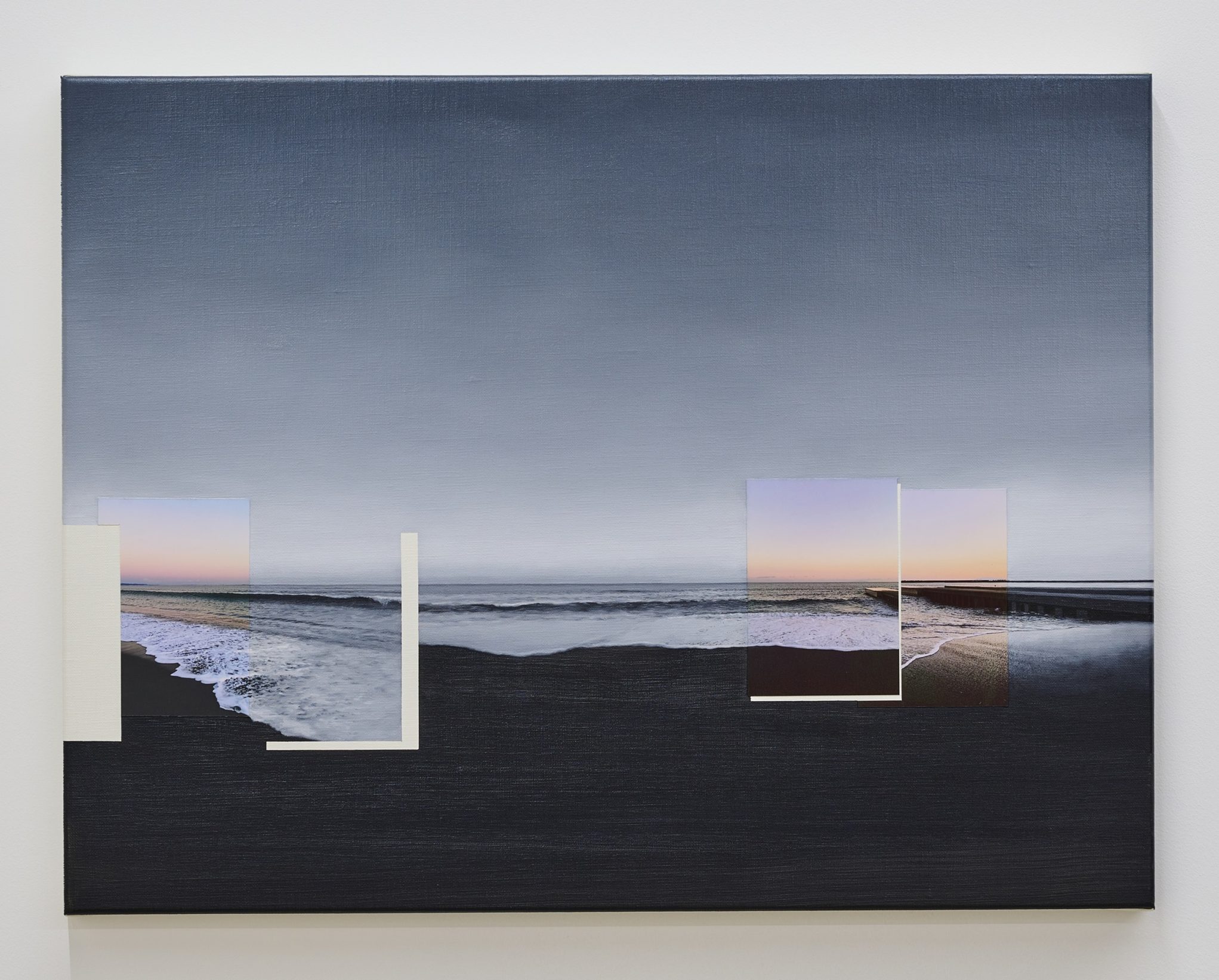
Seascape (jetty, sunset)
2024
oil on canvas, photo, panel
49 x 64cm
Maki Fine Arts is pleased to present a solo exhibition titled “Waves and Sea” featuring new artworks by artist Keisuke Shirota from May 25 (Sat) to June 23 (Sun).
Shirota’s works expand beyond the edges of the incorporated photographic images, adding oil painted extensions of a scene to visualize the uncertainty of memory that lies just beyond vision – inviting the viewer to meditate on what it truly means to see. The painted areas around the photographs leverage cues from the original images to extend the scene, but the intentional misalignment and intermittent white margins elicit the fragmented, halting, and often ambiguous nature of memory. While leaving these purposeful traces as he works, Shirota stitches together multiple disparate images into a resulting unified whole.
Shirota’s third solo exhibition at Maki Fine Arts showcases his new series of seascapes; a familiar and universal motif plucked from Shirota’s daily life.
—
Waves and Sea
It has been eight years since I moved to a city by the sea. While not particularly engaged in seaside amusements as such, as I’ve strolled the shores, watched the waves, and spent time with my children there, the seaside has become part of my daily life. Living in a country surrounded on all sides by water with as much seismic activity as this one, living near the sea does carry its risks, but I like to think I understand them well.
Reflecting on the benefits and risks of the ocean has led me to create many paintings and photographs on the theme and each time I look seaward, art seems to track its way across the recesses of my mind. Although I understand full well that the ocean has been explored as a theme by many before me, I’ve come to feel it inevitable that I too must explore her depths. My process typically begins with reconsidering random pairings of nondescript photographs taken from daily life, but this is the first time I’ve shot a body of images centered around a single theme.
The photographs used in the works presented in this exhibition were selected from a body of more than two thousand, but the many photos I didn’t take, and paintings I didn’t paint outnumber even those. Without the endless sea of choices not made – appearing and disappearing like waves crashing on the shore – the works collected here could not exist.
Keisuke Shirota
—
Keisuke Shirota
Born 1975 in Kanagawa, Japan. His recent exhibitions include Yokosuka felt by parent and children. Works born from child rearing ( group, YOKOSUKA ART CENTER, 2023), Beyond the Frame (two person, haco -art brewing gallery- , 2023), ( group, Chigasaki City Museum of Art, 2022), Out of the frame (solo, Maki Fine Arts, 2022), Over (solo, Maki Fine Arts, 2021), PAINT,SEEING PHOTOS (solo, Chigasaki City Museum of Art, 2019-2020).
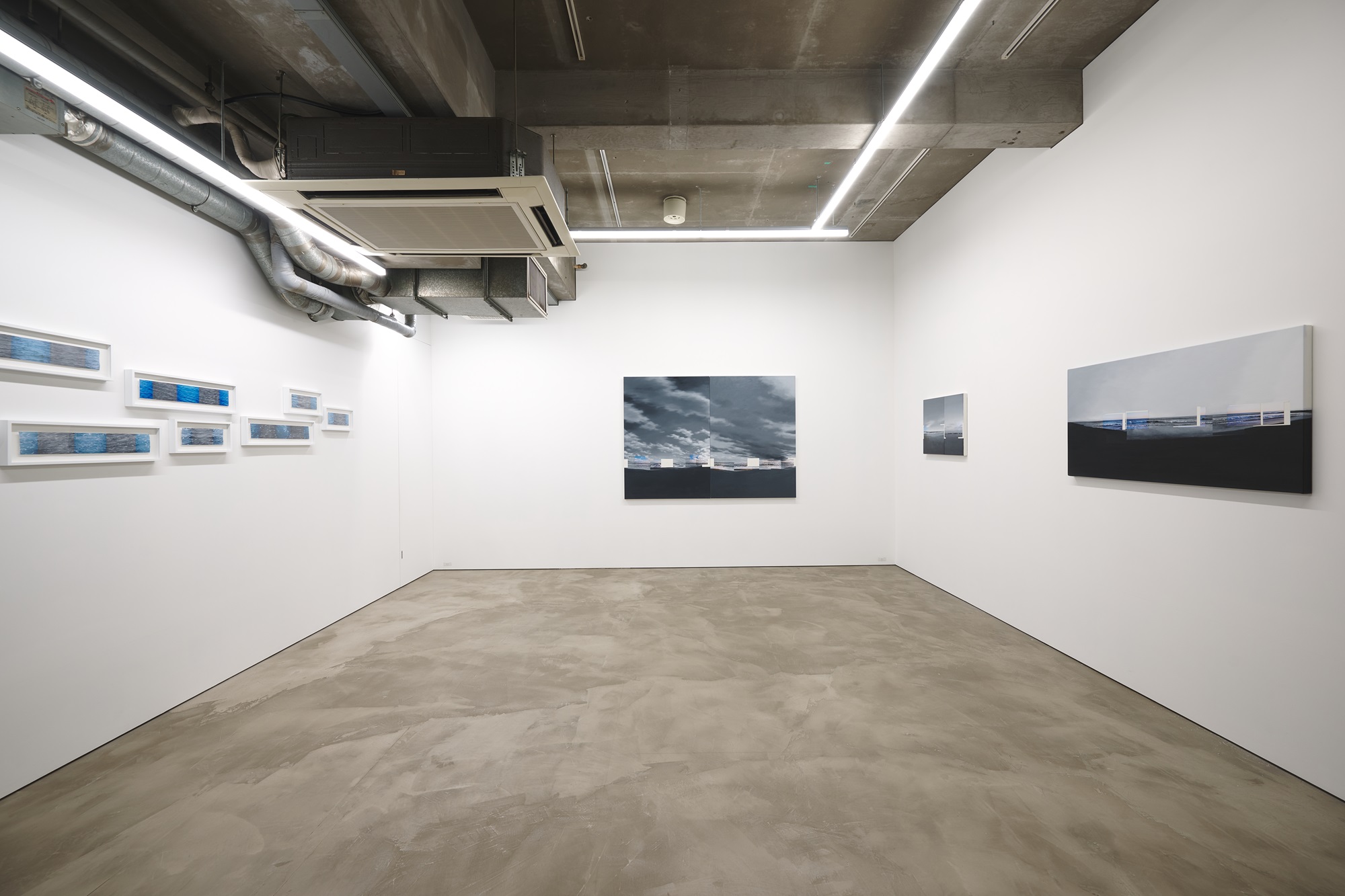
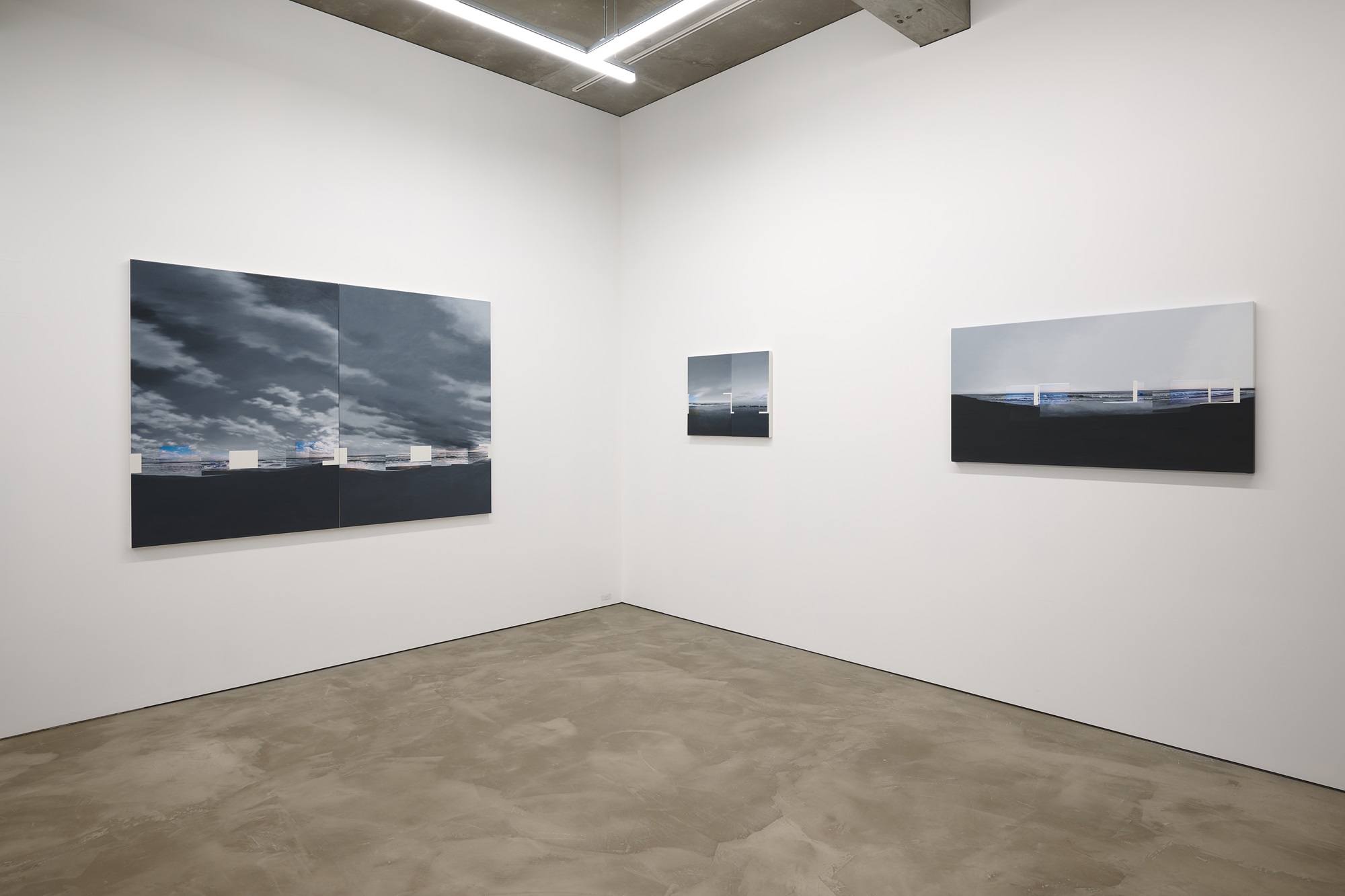
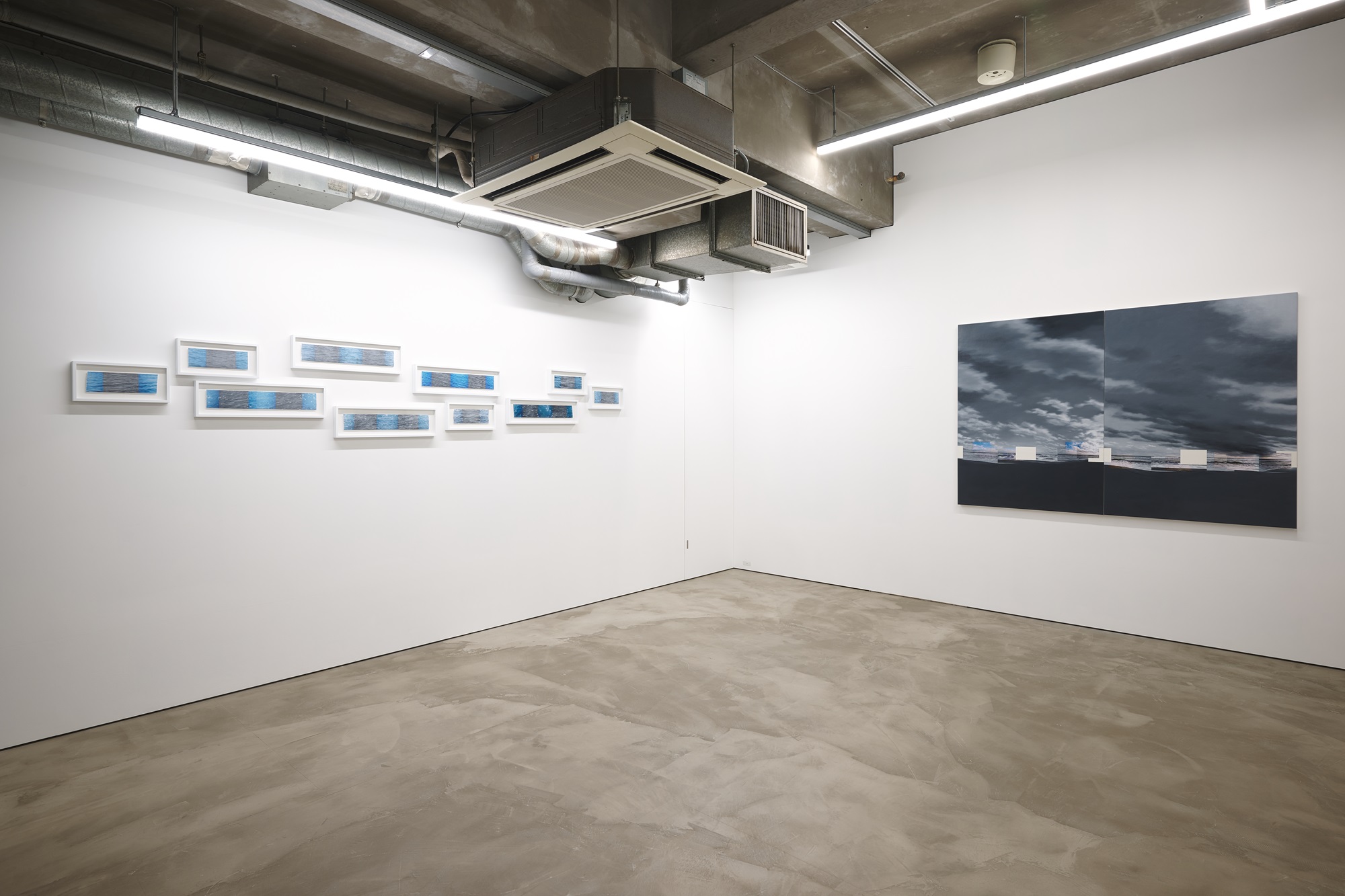
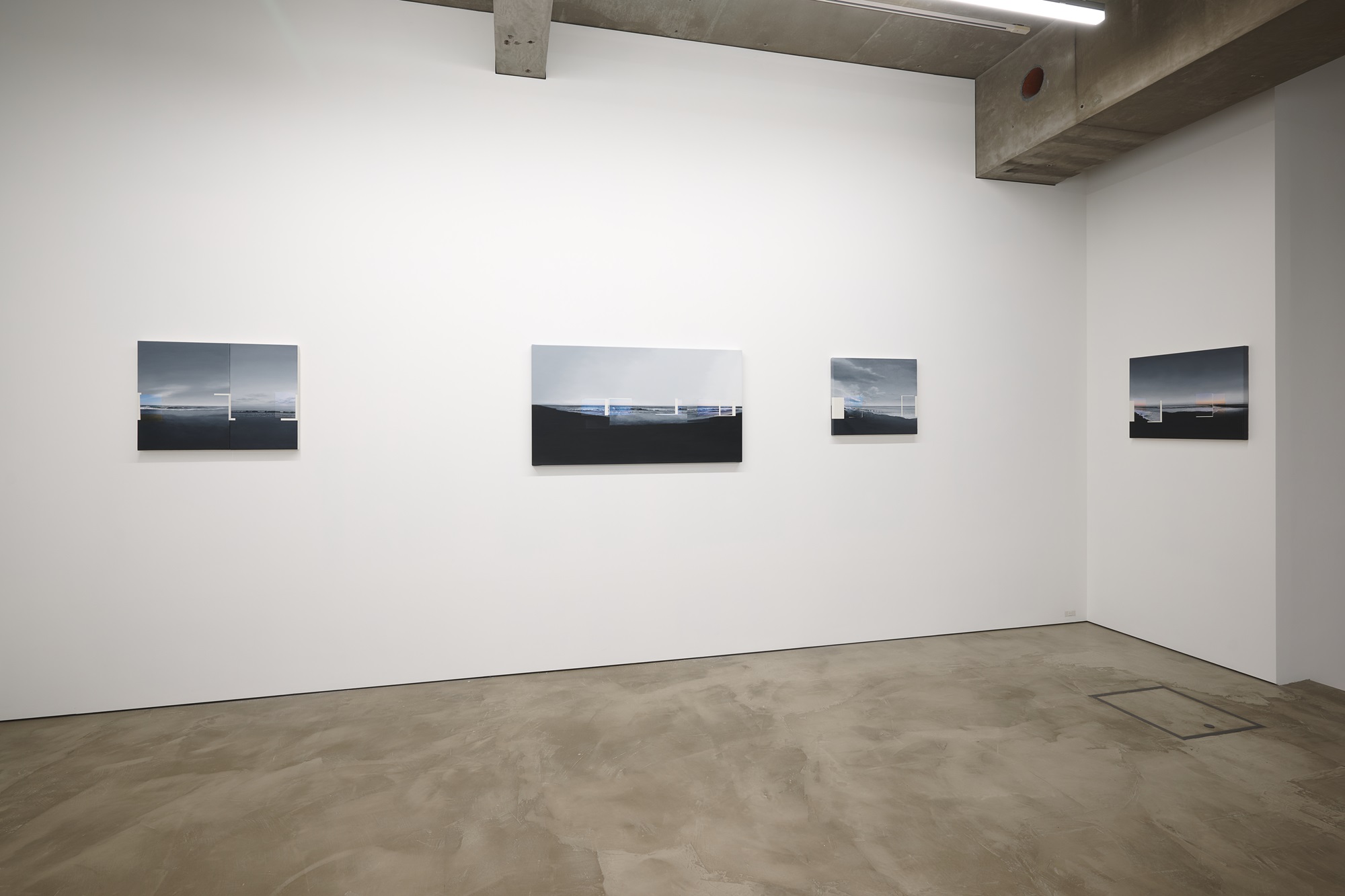
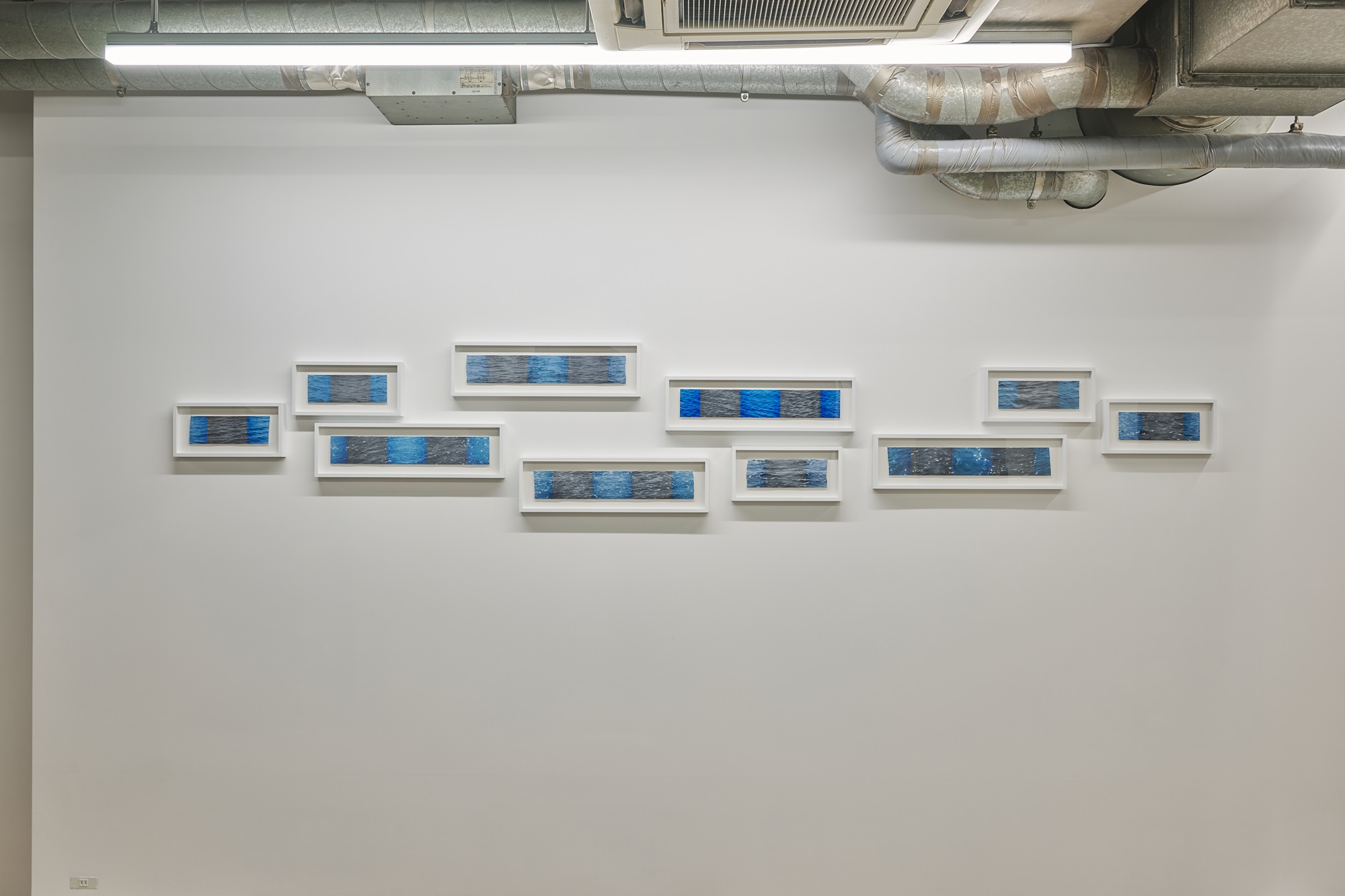
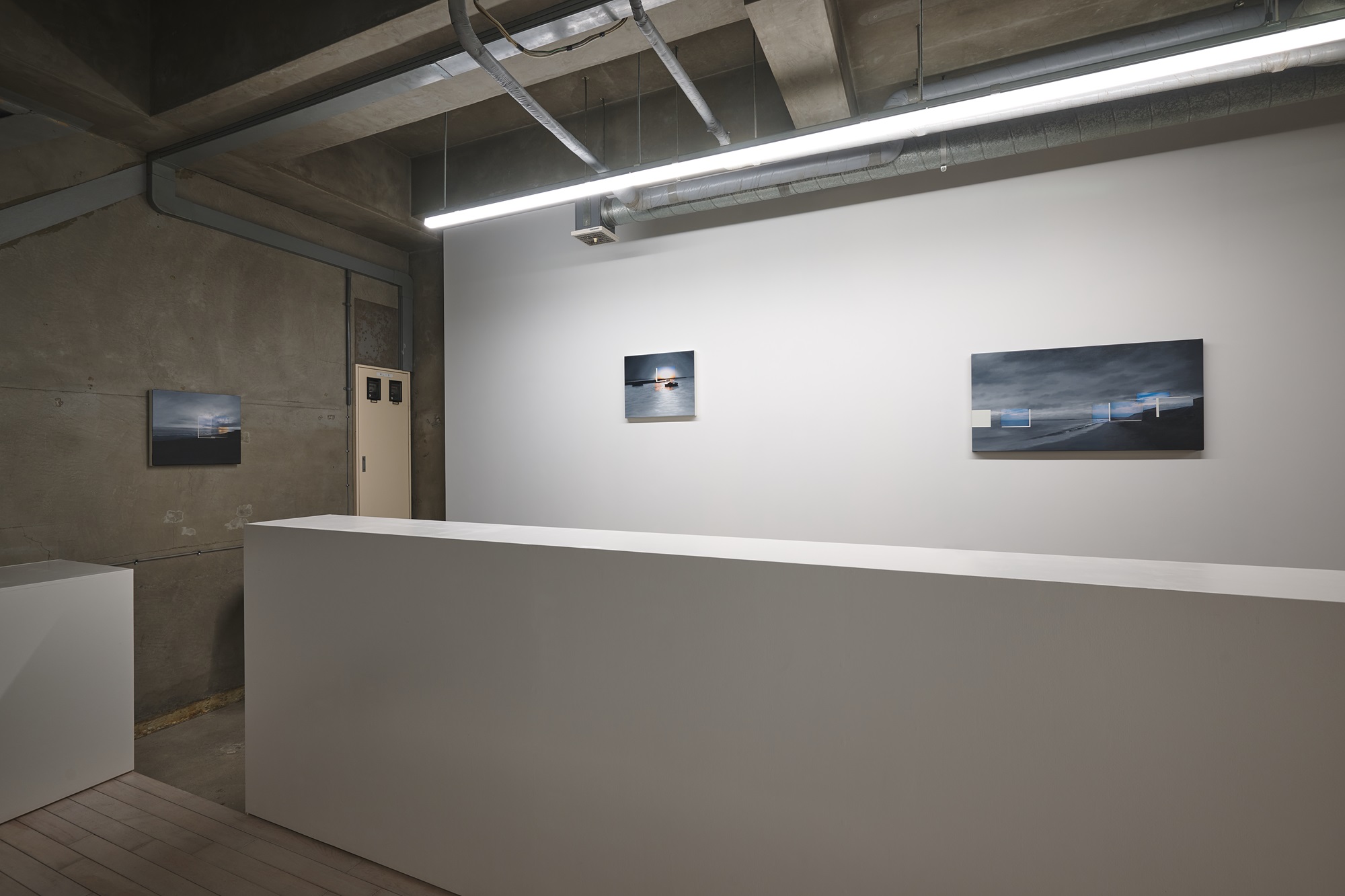
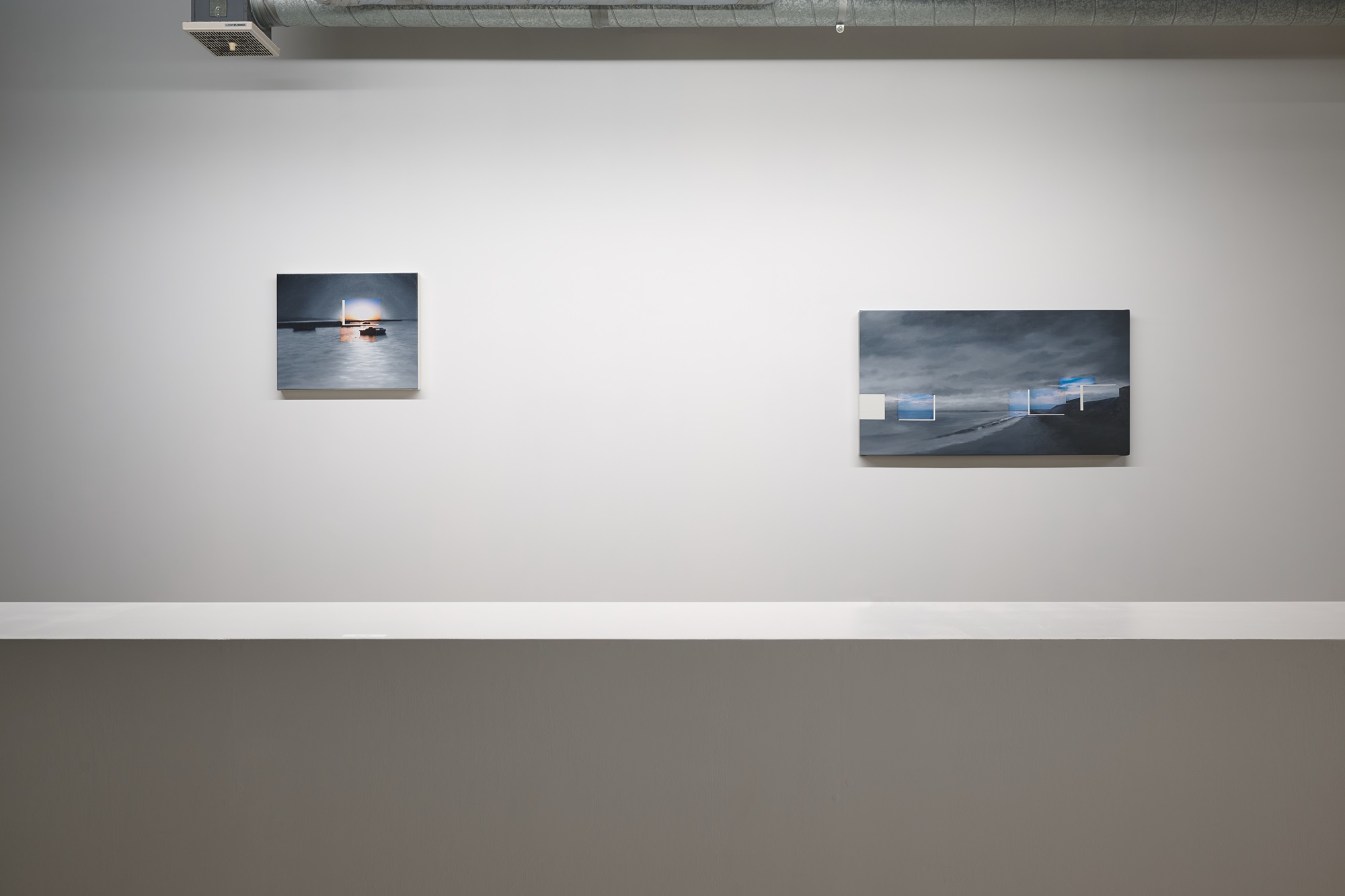
Alex Dodge : A Way With Words
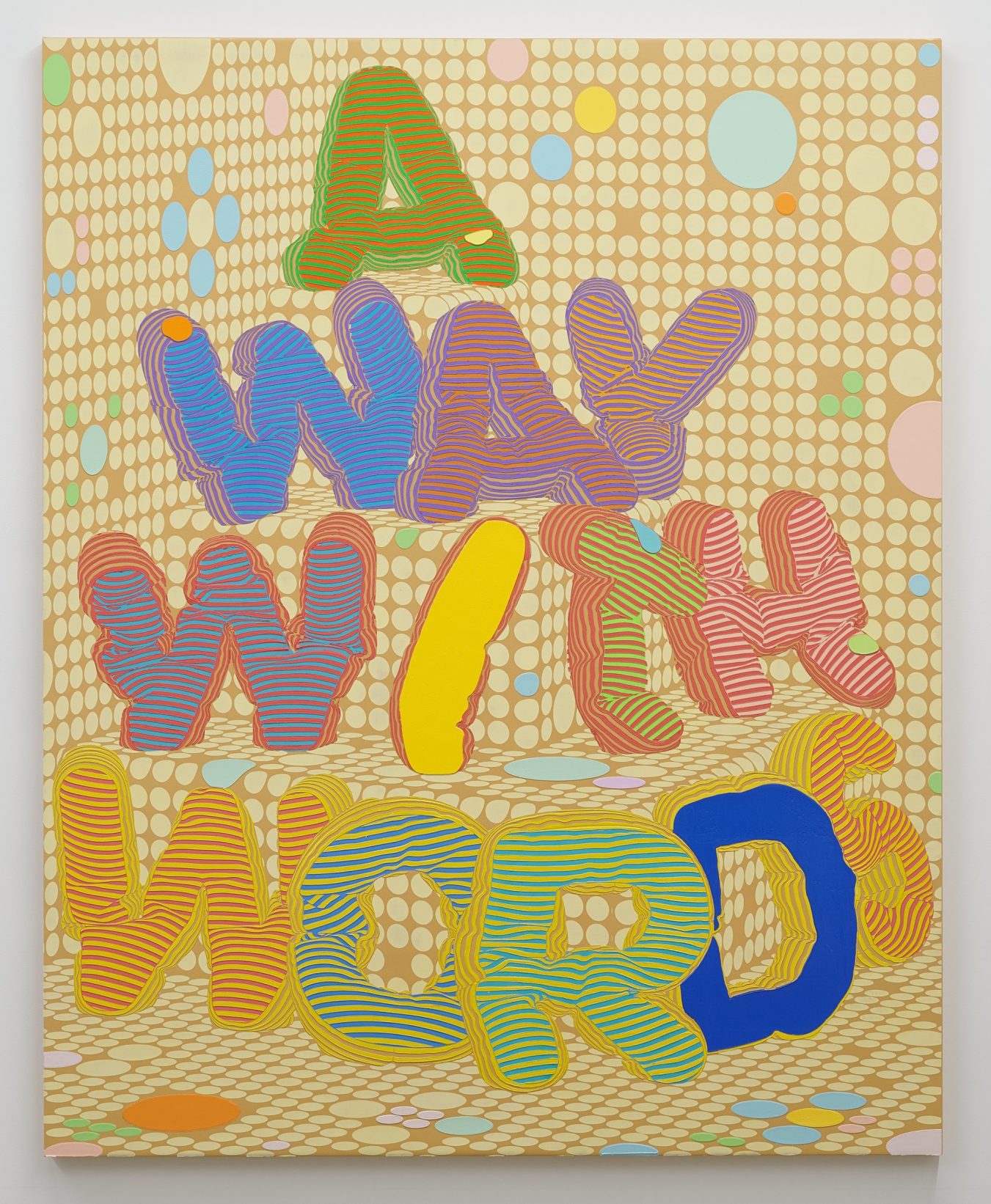
A Way With Words
2024
oil and acrylic on canvas
162 x 130.3 cm
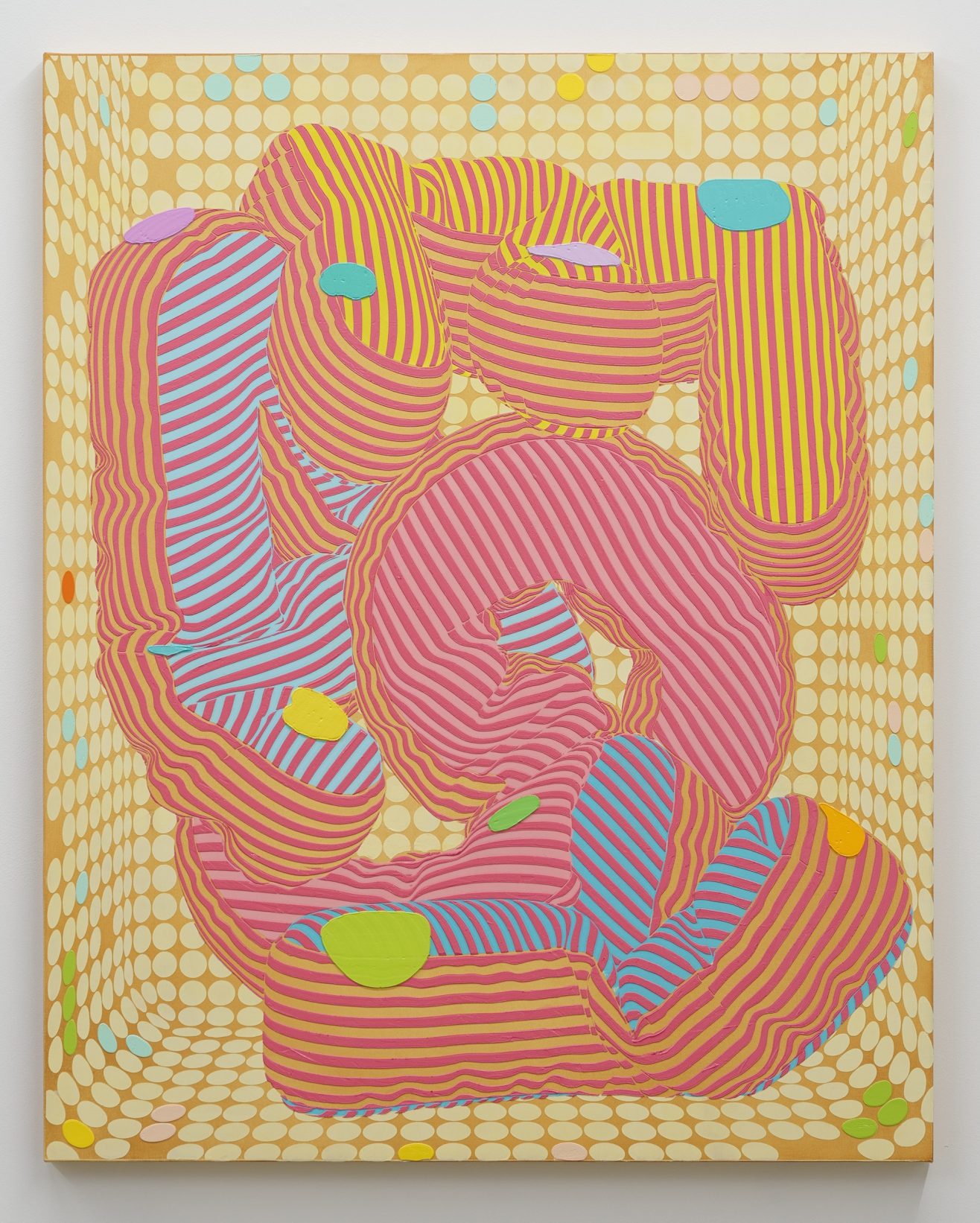
Easy
2024
oil and acrylic on canvas
100 x 83 cm
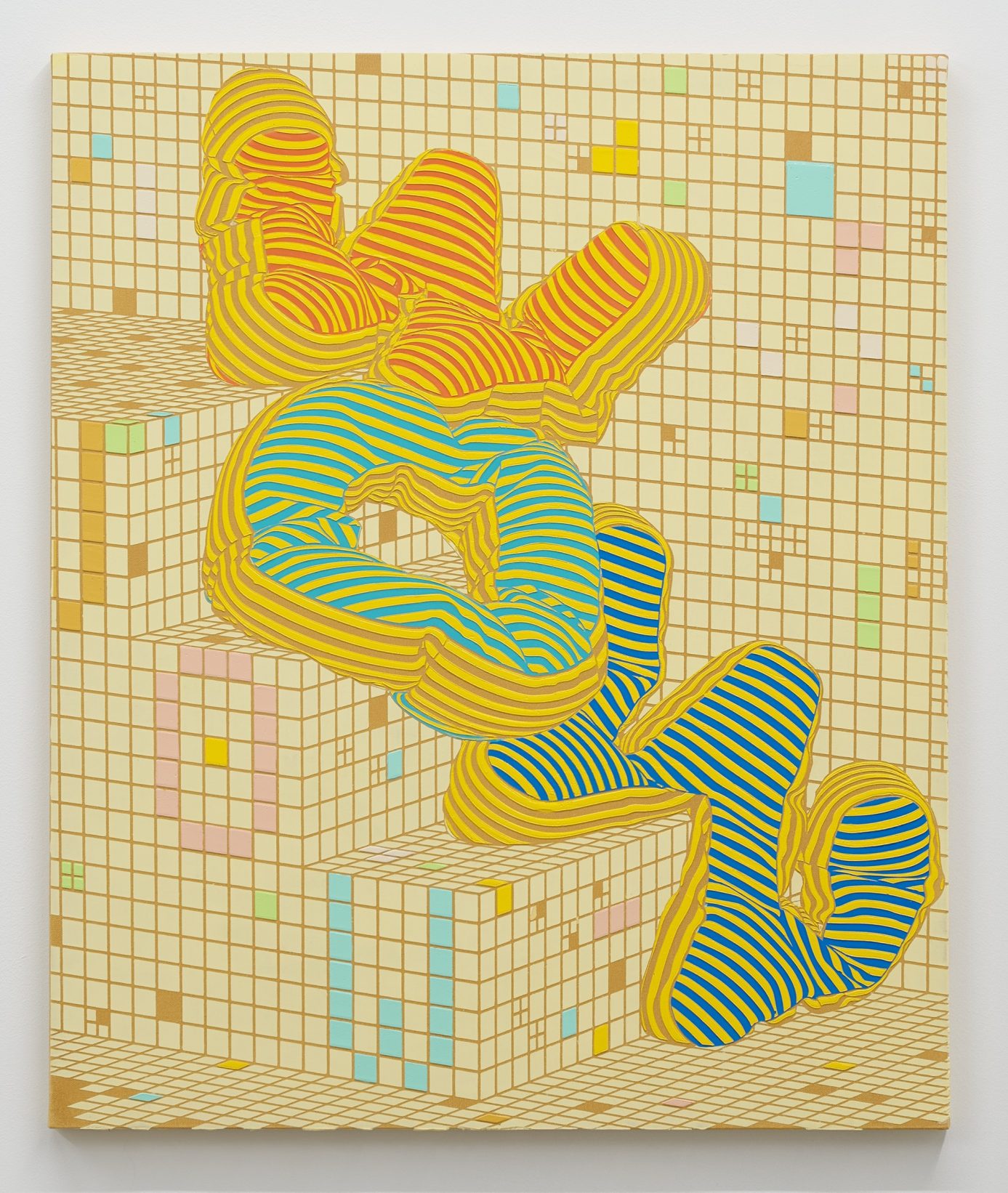
Interjection Studies (WOW)
2024
oil and acrylic on canvas
72.7 x 60.6 cm
Maki Fine Arts presents a solo exhibition of new works by Alex Dodge titled A Way With Words. The exhibition will run from April 6 (Sat.) to May 12 (Sun.). This will be Dodge’s third solo show with the gallery, and the first in about two and a half years (the last being in 2021). This exhibition will consist of two parts: Part I, which will be held at Maki Fine Arts, and Part II, which will be held at the GINZA ATRIUM in Ginza Tsutaya Books.
Over the past 20 years Dodge has continued to redefine the act of painting with innovative techniques and processes. Employing a range of software and computer code, his works traverse the virtual and physical worlds. With a unique approach, inspired by various printmaking techniques, Dodge translates his images to canvas with thick layers of oil paint using stencils cut with lasers and other CNC processes. His work is a fusion of advanced digital tools and painstaking manual work using traditional techniques and media. Reflected in his technical process is his perennial subject of technology itself and how it continues to redefine human experience.
The new works for this exhibition take connectivity of language and AI as their general theme. While deeply contemplative in their anticipation of the near and distant future, the work remains playful with interminable humor and levity.
—
A Way With Words
Part I: Maki Fine Arts (April 6 – May 12)
Part II: Tsutaya Ginza Atrium, Ginza Six (April 26 – May 15 )
At the heart of human experience lies a paradox: our deepest feelings and insights are often ineffable, eluding the grasp of language. Yet, in this digital epoch, language, particularly text, has become indispensable in connecting us.
Language has been a primary human technology allowing for extensible or shareable virtual spaces; be it in the form of a printed book, song lyrics, or compiled computer code and yet language is not without its limitations. The intersection with visual forms such as painting extend human experience in ways that language alone cannot. In these exhibitions Alex Dodge extends the established use of text in his work, employing his signature humor and formal play, exploring various dimensions of language as a propositional, procedural, poetic, graphical, and tactile construct. “A Way With Words” plays with text in a way that both celebrates its expressive capability while equally laying bare its often comical inadequacy.
These exhibitions arrive at a moment when our civilization embarks on a new path with language. The rise of computational power, statistical modeling, and algorithmic processing—exemplified by tools like Chat GPT and others—has revolutionized our interaction with text. There is an irony that the GPU (graphics processing unit), originally intended for visual tasks, now drive neural networks and large language models, in reshaping our language landscape in profound ways. This technological leap stirs a philosophical and linguistic debate, in the Western tradition, with figures like Ludwig Wittgenstein and the linguists Edward Sapir and Benjamin Whorf. Their key premise, the centrality of language in defining and shaping reality, gains new significance as we blend text with AI to generate human experience. In contrast, Eastern philosophies, notably Buddhism and Taoism, regard language as a more limited tool in understanding reality. They advocate transcending language to reach a deeper, direct understanding of reality, as practiced in Buddhist meditation or the Taoist pursuit of intuitive understanding. Fittingly, the exhibition’s second chapter unfolds in Tsutaya bookstore’s Atrium gallery—an inner sanctum of the celebration of language in book form.
Dodge’s paintings are a visual metaphor for this philosophical discourse. Phrases from song lyrics and poetry are transformed into fluffy, pillow-like letters sewn from fabric, taking on almost figurative-like qualities as they inhabit geometrically tiled interiors. These spaces, with their numerical and computationally simulated qualities, represent idealized worlds where language—rendered as languid, floppy, and imperfect pillows—resides. The contrast is striking: the perfection of algorithmically generated spaces against the organic, unconstrained, and imperfect nature of language as portrayed in Dodge’s work.
This exhibition reflects on how new technologies redefine artistic expression. Just as photography’s advent liberated painting to explore new dimensions, the fusion of text and AI challenges and inspires new artistic vistas. Dodge’s work, spanning two decades, has been a testament to this exploration, examining the intersection of virtual systems and painting.
“A Way With Words” is an invitation to reflect on the nuanced dance between language, technology, and visual forms. Through a blend of humor, play, and thoughtful inquiry, Dodge encourages viewers to engage with these themes, offering a mirror to our complex, ever-changing relationship with language and the reality it seeks to describe.
Alex Dodge
—
Alex Dodge
Born 1977 in Denver, Colorado. His recent shows include Daemon-Haunted World (solo, Klaus von Nichtssagend Gallery, 2023), Personal Day (solo, BB&M, 2023), Laundry Day : It all comes out in the Wash(solo, Maki Fine Arts, 2021), Programmed: Rules, Codes, and Choreographies in Art, 1965-2018 (Whitney Museum of American Art, 2018-2019). His works have been added to collections at Metropolitan Museum of Art, Museum of Modern Art, Whitney Museum, Museum of Fine Arts Boston.
—
Part I :
Alex Dodge “A Way With Words”
April 6 – May 12, 2024
Maki Fine Arts / B1F, 77-5 Tenjin-cho, Shinjuku-ku, Tokyo
Wednesday – Saturday 12:00-19:00 / Sunday 12:00 -17:00
Closed on Monday, Tuesday
Part II :
Alex Dodge “A Way With Words”
April 26 – May 15, 2024
GINZA TSUTAYA BOOKS ATRIUM / 6-10-1 Ginza, Chuo-ku, Tokyo
11:00 – 20:00
link
Fuminao Suenaga : Light paintings
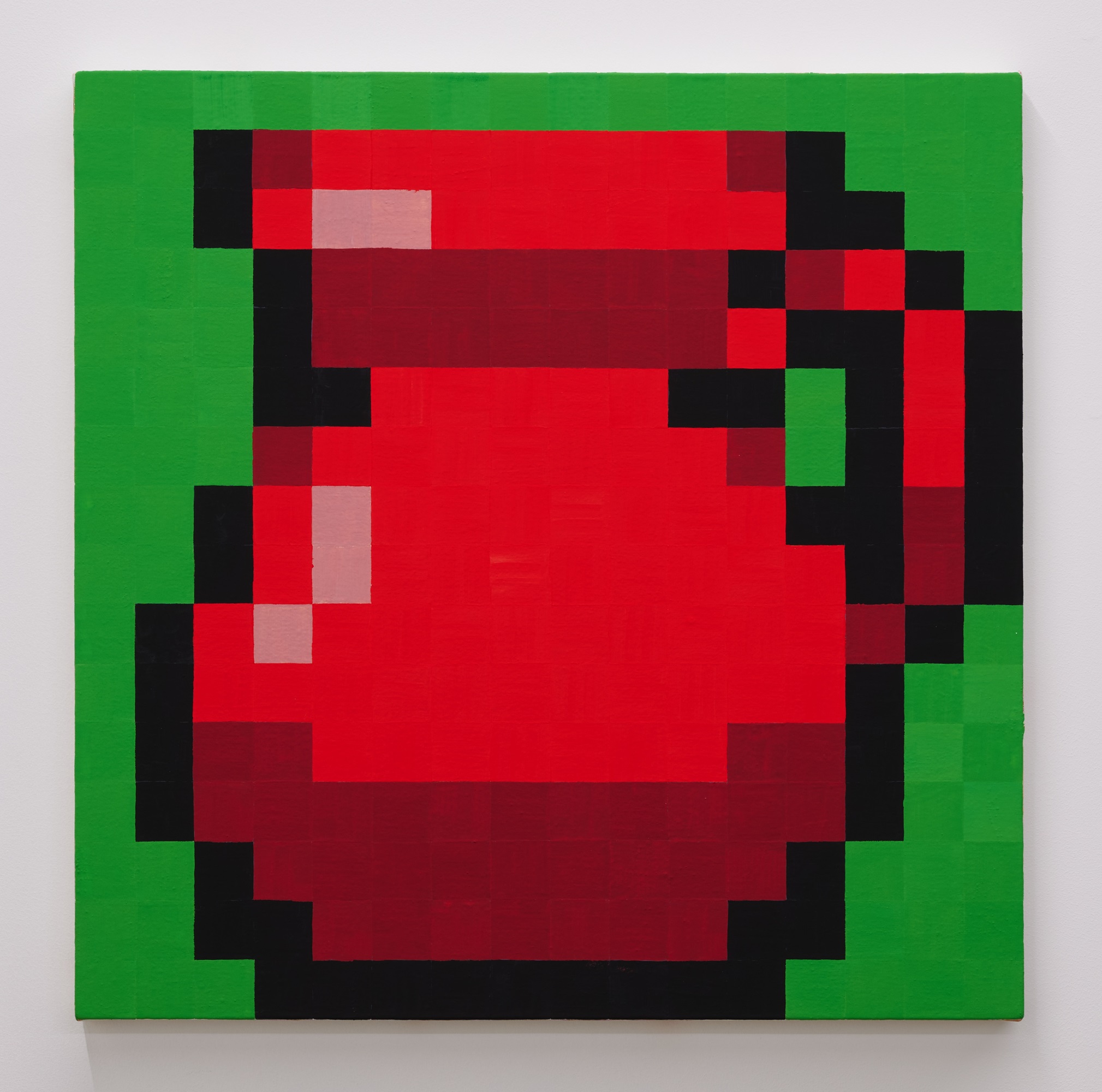
Red vase
2023
Acrylic, pigment on cotton, panel
60 x 60 cm
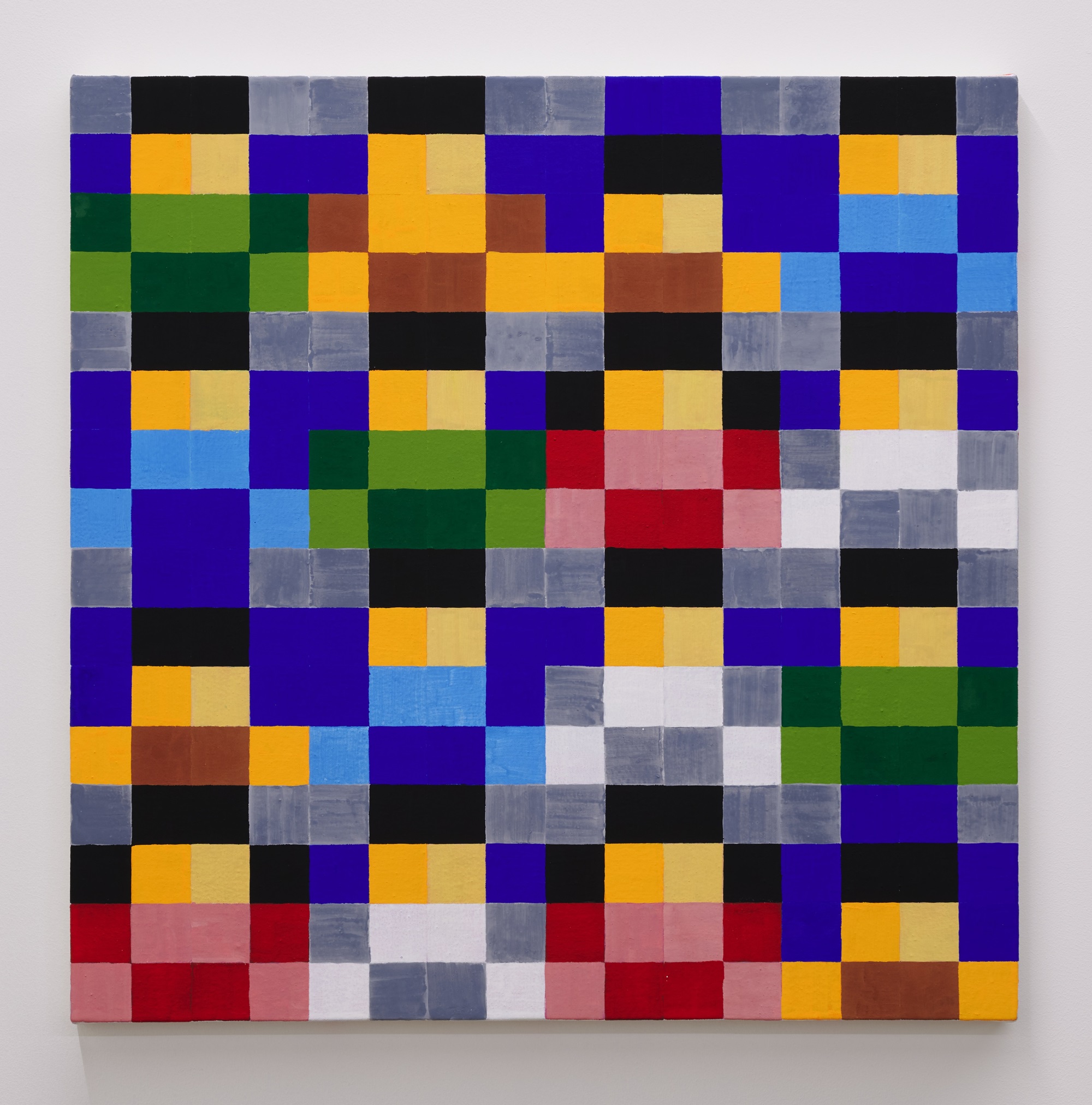
Auditorium
2023
Acrylic, pigment on cotton, panel
60 x 60 cm
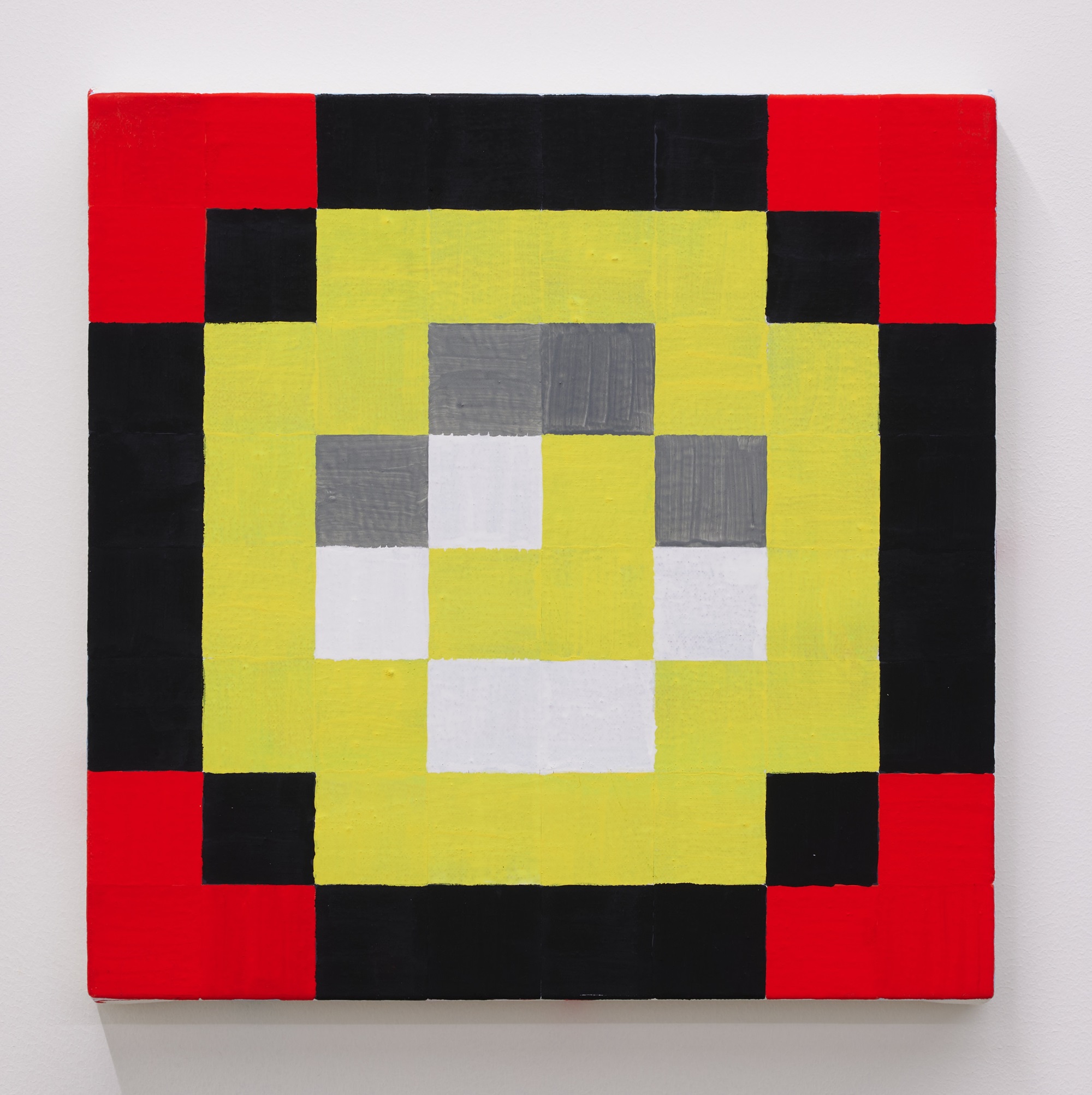
Coin
2023
Acrylic, pigment on cotton, panel
30 x 30 cm
Maki Fine Arts is pleased to present Light paintings, a solo show by Fuminao Suenaga, from February 17 through March 17, 2024. This will be Suenaga’s fifth solo show since his last show at Maki Fine Arts three and a half years ago.
—
A Blow of Lightness—About Fuminao Suenaga’s Light painting show
Keisuke Mori, Chiba City Museum of Art curator
Fuminao Suenaga’s paintings—hand-stretched square canvases divided lengthwise and crosswise into squares of 8, 16, and 32 grids which are then colored individually—are geometric and abstract, yet they convey a certain unique iconography. As referenced by the artist himself, Suenaga uses pixel art (dot paintings) and an iPad in his production process. His works showcased in Light paintings certainly have a correlation with technology and digital devices, even if their resolution may be perceived as “low.” And for visitors of a specific generation, the red vase-like container, the flowers, the crowd, and the explosions laid out in the gallery may evoke nostalgic scenes from computer games and ignite a certain sentimentality.
This new evolution using the iPad, for example, could be pointed out as related to the artist’s earlier series “Search Results,” his pre-pandemic paintings which depicted internet image search results of 20th century modern master artists. Motifs chosen by the artis previously included everyday items found around the artist, such as Post-its, levels, and protective storage boxes. In addition, objects existing in front of the viewer, such as picture frames were used as motifs. In other words, if we take into account the fact that the reproduction or representation of the real word has been done through the production of paintings, then we can understand that even the shimmering paint details evoking the physicality of the works in his newest exhibition can be seen as a pictorialization recognized by the artist in which a luminescent display is included.
Thus, Suenaga’s production philosophy—which is based on the proposition of pictorialization or materialization of real subjects—is a maneuver related to transformation including reduction, compression, substitution, and repetition exercised in the process of abstraction. And therefore, inevitably, it takes on the aspect of a “simulacre” which approximates reality.* Since proximity between the work and the system of painting has been indicated before, these works too, should be read as a mimicry of pixel art and as the artist’s intention of hacking the system itself. In other words, in contrast to its overt expression, only in the symbolic operation of various codes can Suenaga’s paintings secure their existence. So, his works—using a square as a unit and intricately composed with nonlinear combinations of 64, 256, and 1024 color grids—not surprisingly summon many paintings from the past. From Gerhard Richter’s “color chart” to Paul Klee’s grid-like abstract paintings which indirectly influenced the title of his new show, Suenaga’s works elicits the possibility of connection to paintings from the past.
When the visual similarities between each work are casually consumed as excess symbols, however, it may instead cause to decrease the high-order nature of the strategy latent in Suenaga’s paintings. Richter referenced Marcel Duchamp’s readymades in the “color chart” paintings he began creating in 1966 and was strongly influenced by pop art after moving to West Germany. Suenaga has created paintings intended to be practical objects while suppressing its subjects. Roy Lichtenstein’s influence during Suenaga’s earlier artist years and his approach to the medium of print and the continuity to his use of modern digital devices of recent years necessitates us to examine the fine-mesh details of the relationships between the individual paintings and the paintings etched into art history.
Since starting his path at the end of the 20th century, Suenaga’s artistic journey is about to reach a quarter of a century. His method of production—where multiple media firmly connect to daily life and those complex information environments evolve across the board to materialize the real world—is inseparable from society, and thus seems to have continued to bear the postmodern syndrome that was strongly prevalent at the time his activities began. The lightness indicated in the title of this show is a characteristic that runs through all of Suenaga’s works. The significance and potential of such strategies running parallel to the age of globalism—such as the homogenization or flattening of information and the “lightness” or “smallness” which could be considered the consequence the usurpation of mass—should be examined in more detail. Just as his collection of minimal squares in this exhibition are a maneuver making it possible to link them not only to the multitude of paintings by other artists but to his works from the past, the archival nature frequently seen in recent years must be a highly important aspect for the viewer to understand his works. At least to this writer, these “light paintings” ask us to decode the symbols, while, as previously pointed out regarding the manifestation as a flat surface, they paradoxically provide a complex richness that refuses easy consumption. These works are a ferocious blow or stab equivalent to the weight of the history of the era that has predestined the works. And perhaps, it is the artist’s own ferocity which is felt.
*Simulacre is a concept proposed by French philosopher Jen Baudrillard. It refers to a cultural phenomenon in which replicated symbols saturating the consumer society results in the real world itself becoming symbolized and the perception of conventional things beginning to transform.
—
I admit that I find myself searching for coolness in artillery vehicles when I see them shown during news of war conflicts, even though I understand that it is inappropriate. The realization that the reason for such a thought may have stemmed from my childhood experience with video games became the jumping off point for this show.
Some of the images I created were taken from games while others were digital drawings pixelated by using a pixel drawing app on my iPad. In addition, some images taken from games were altered.
Regardless of which image was used as the original, I copied them while I had my iPad at my side displaying a digital draft of the pixel art. Since the colors seen in the luminescence of the display and the colors seen as a mixture of pigments and mediums differ in the way it is received, there was a step taken in the process to make substitutions and to reconstruct the relationship. When paint is applied by hand and brush, the boundaries between colors are blurred and shifted, creating subtle overflows. Also, although the painting may appear to be painted flat, traces of the brush’s tremor and pressure remain on the surface. The combination of several factors results in a modestly abstract image that is almost faithful to the original painting, but in a different way.
Fuminao Suenaga
